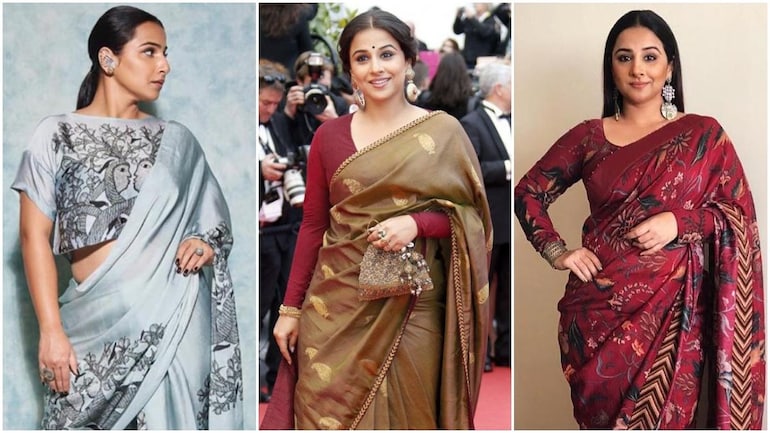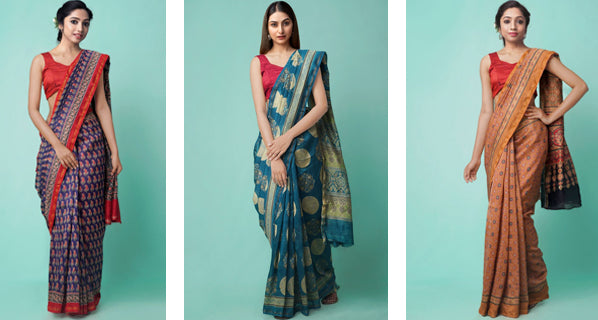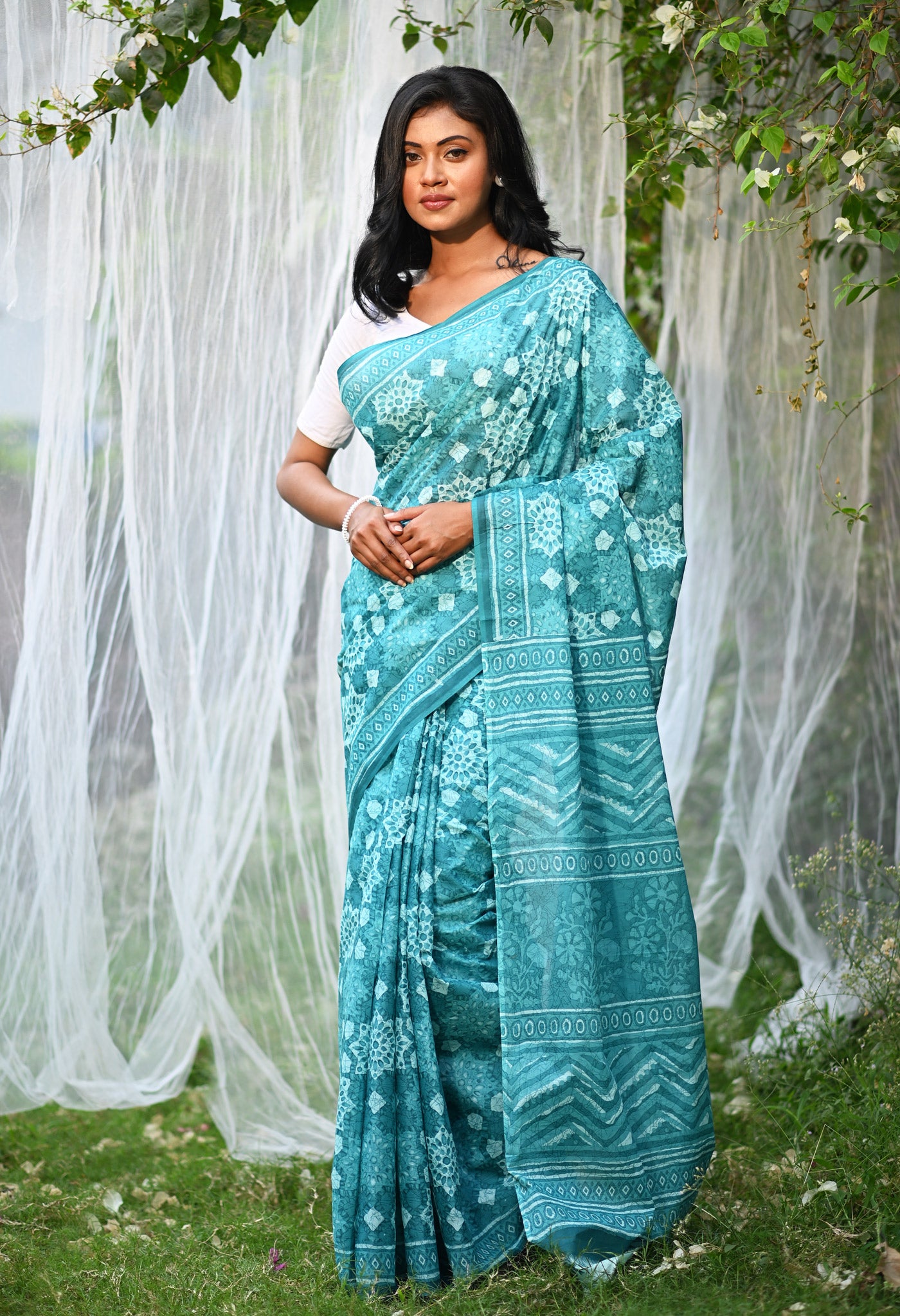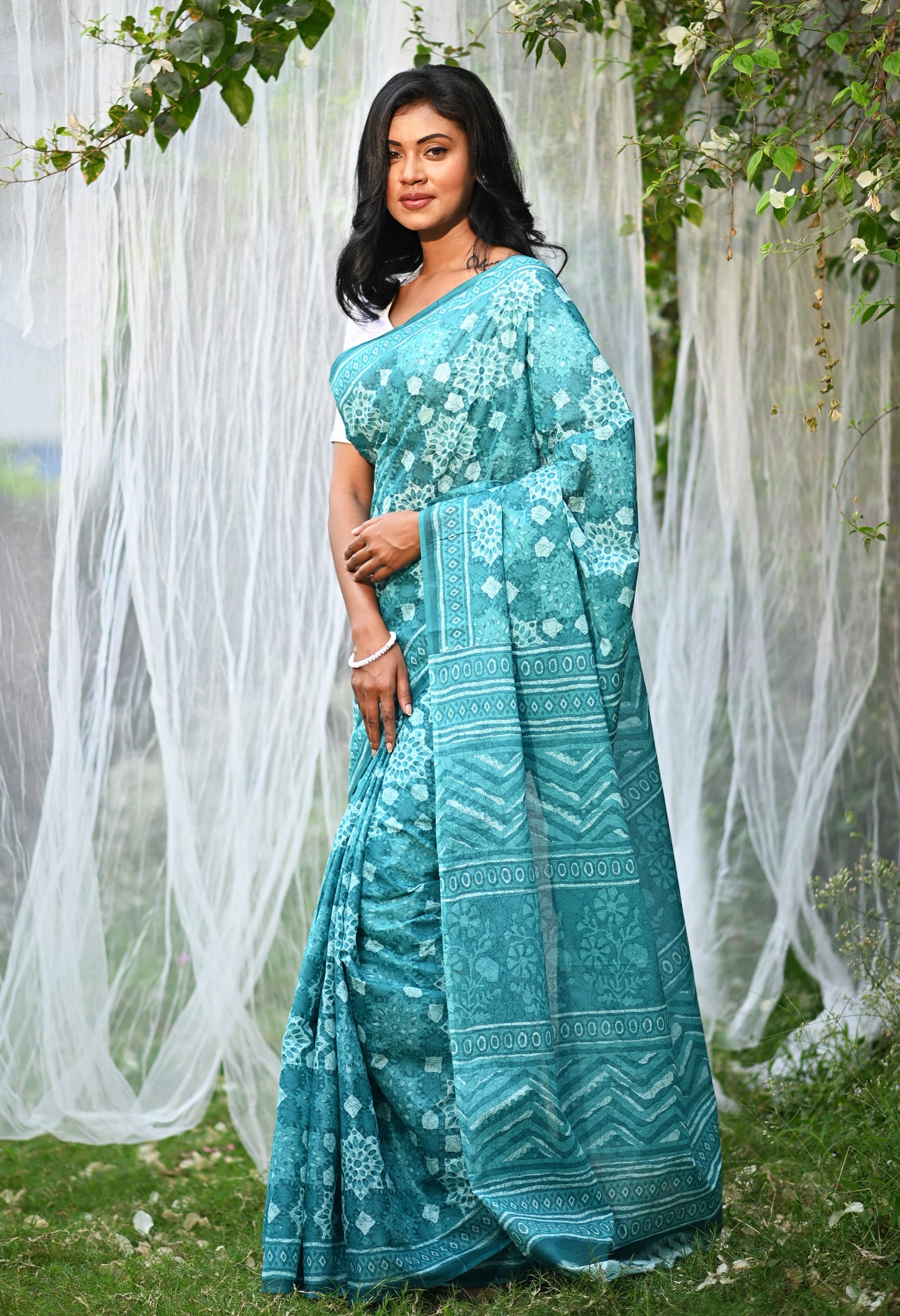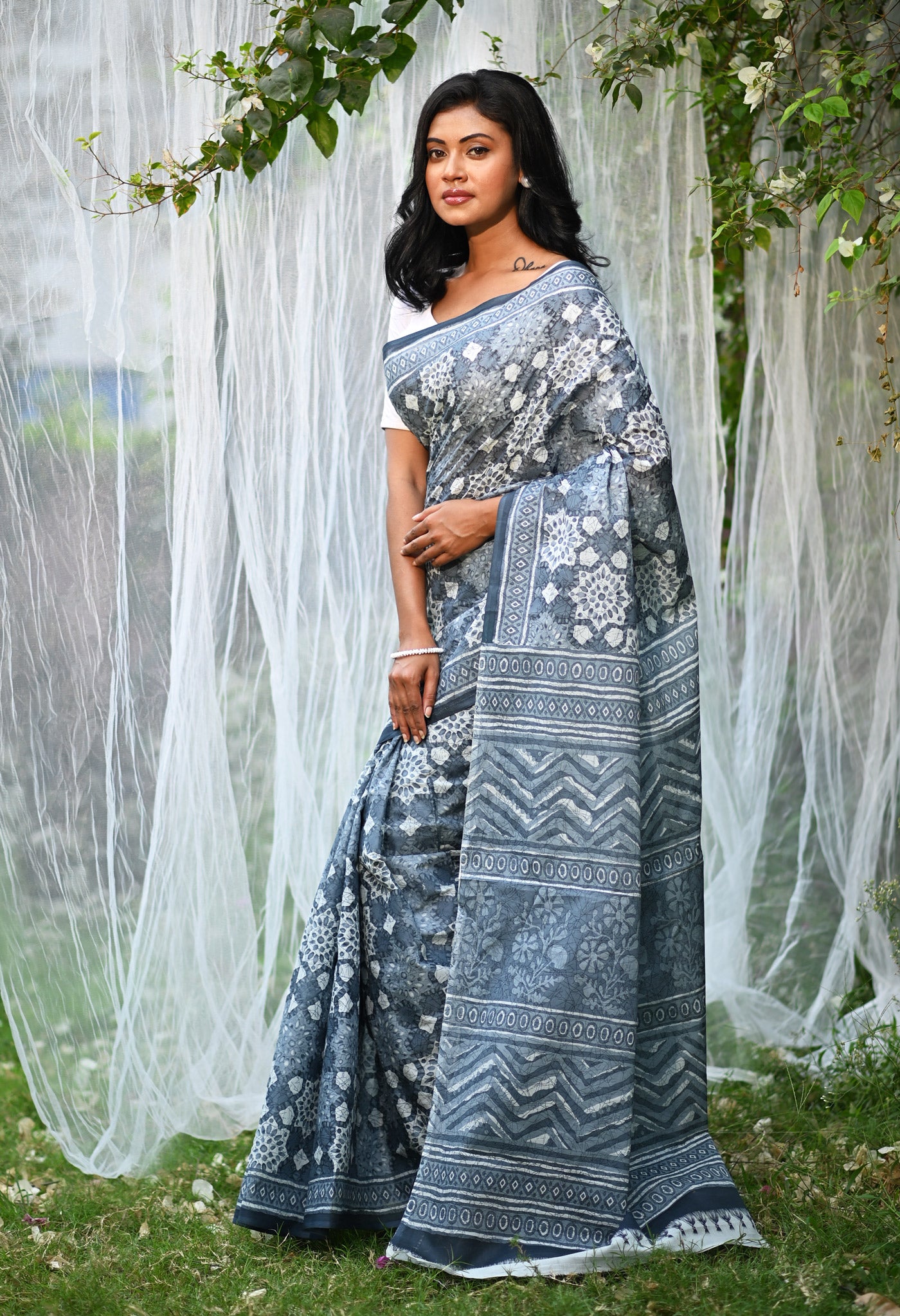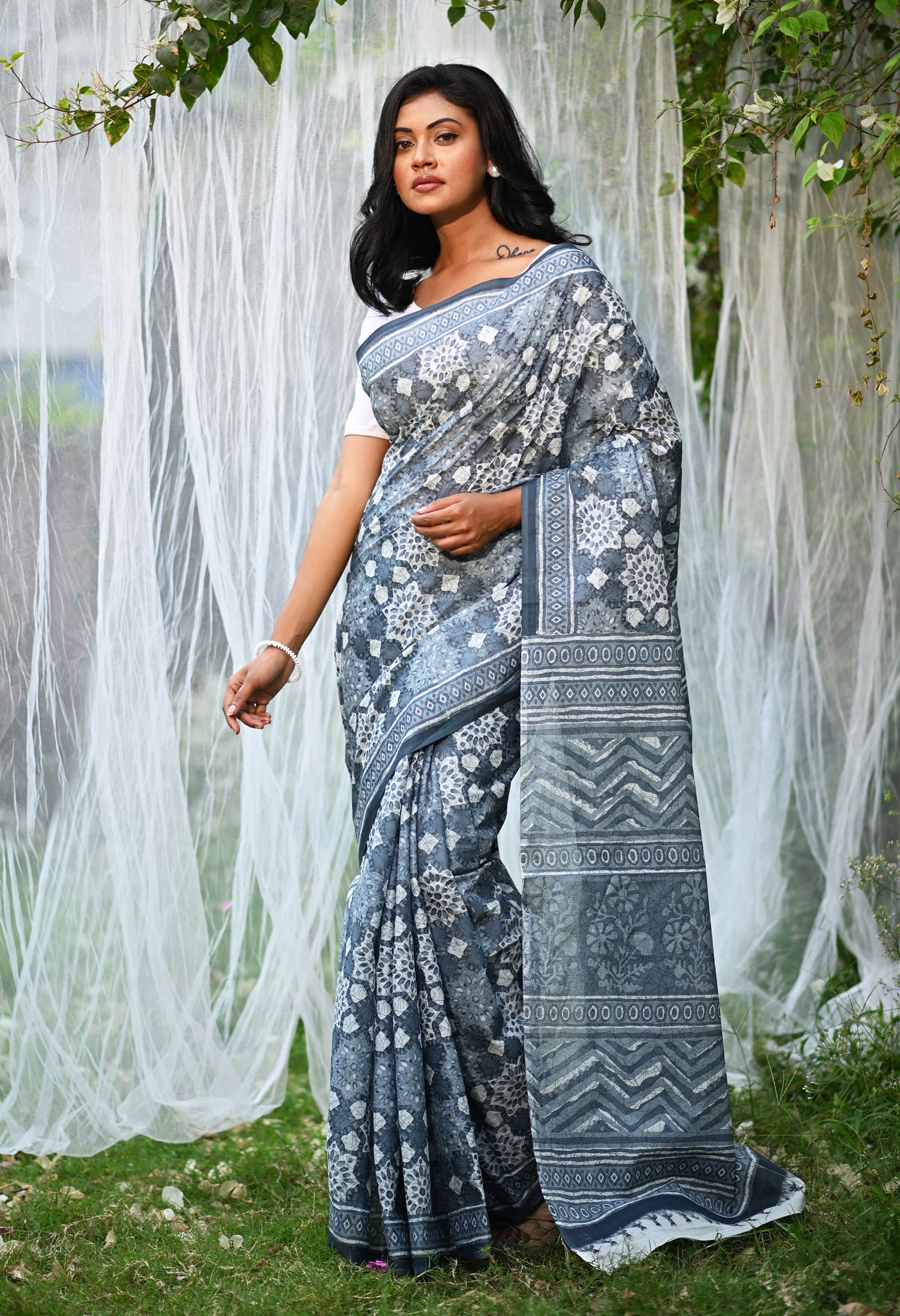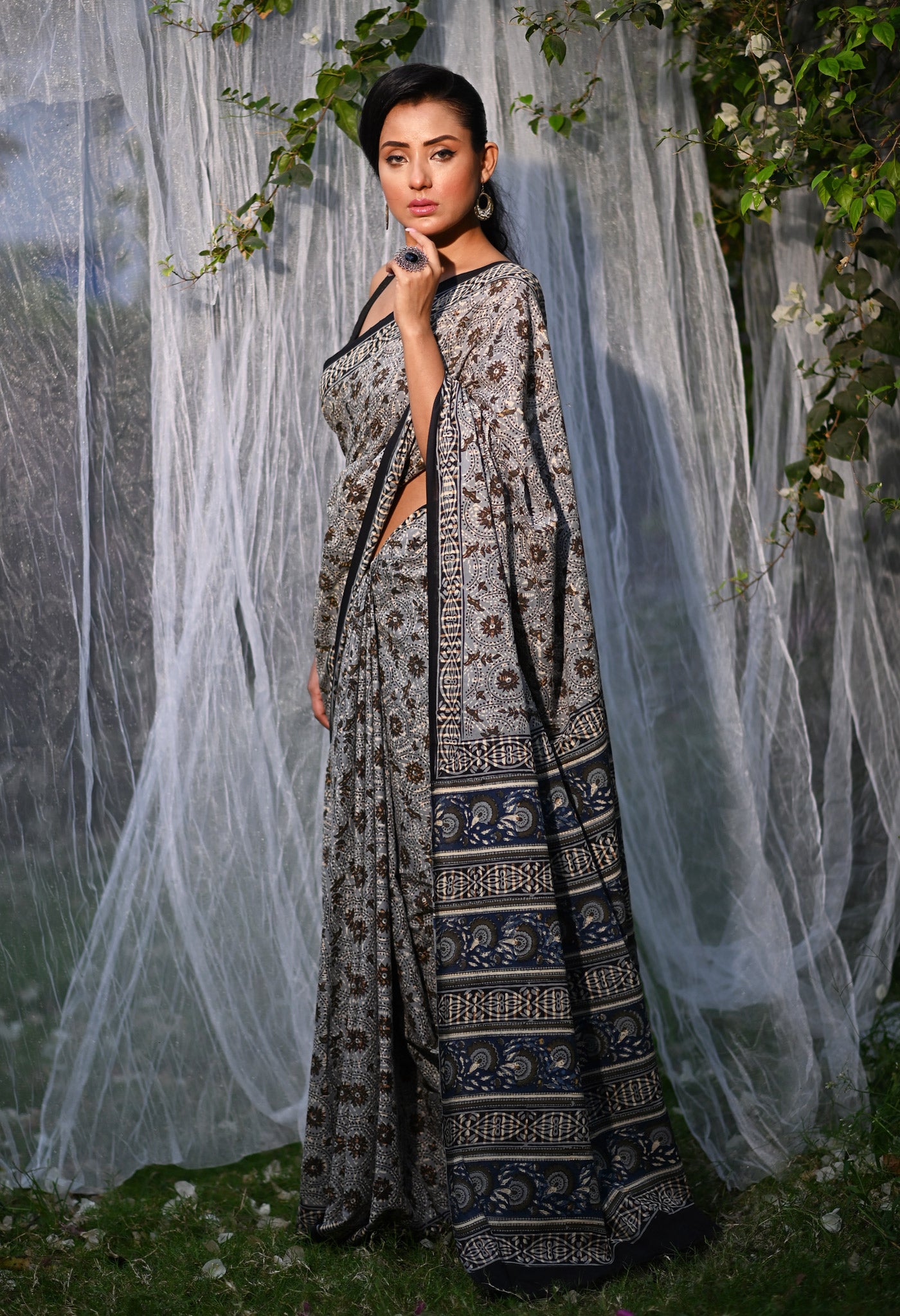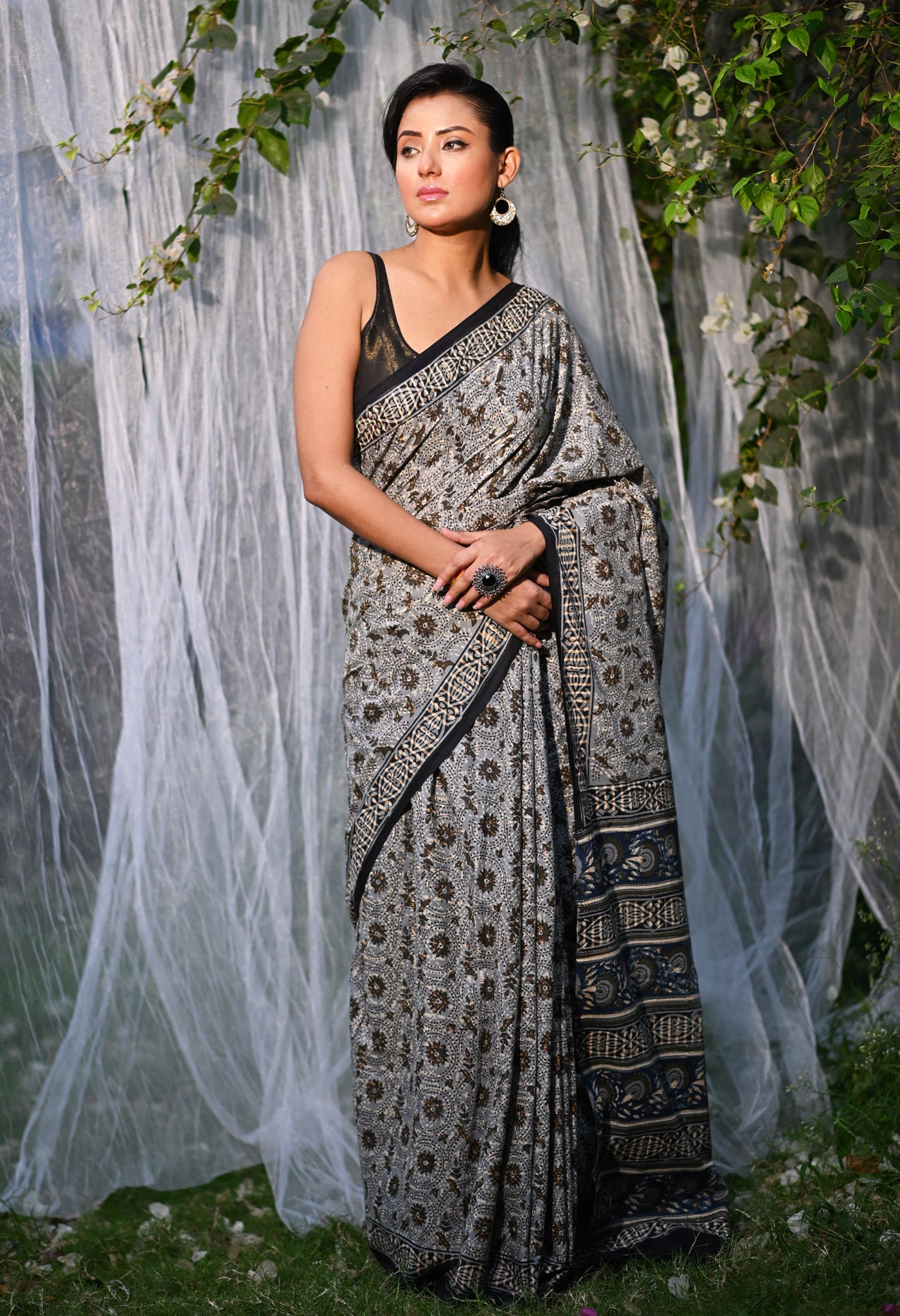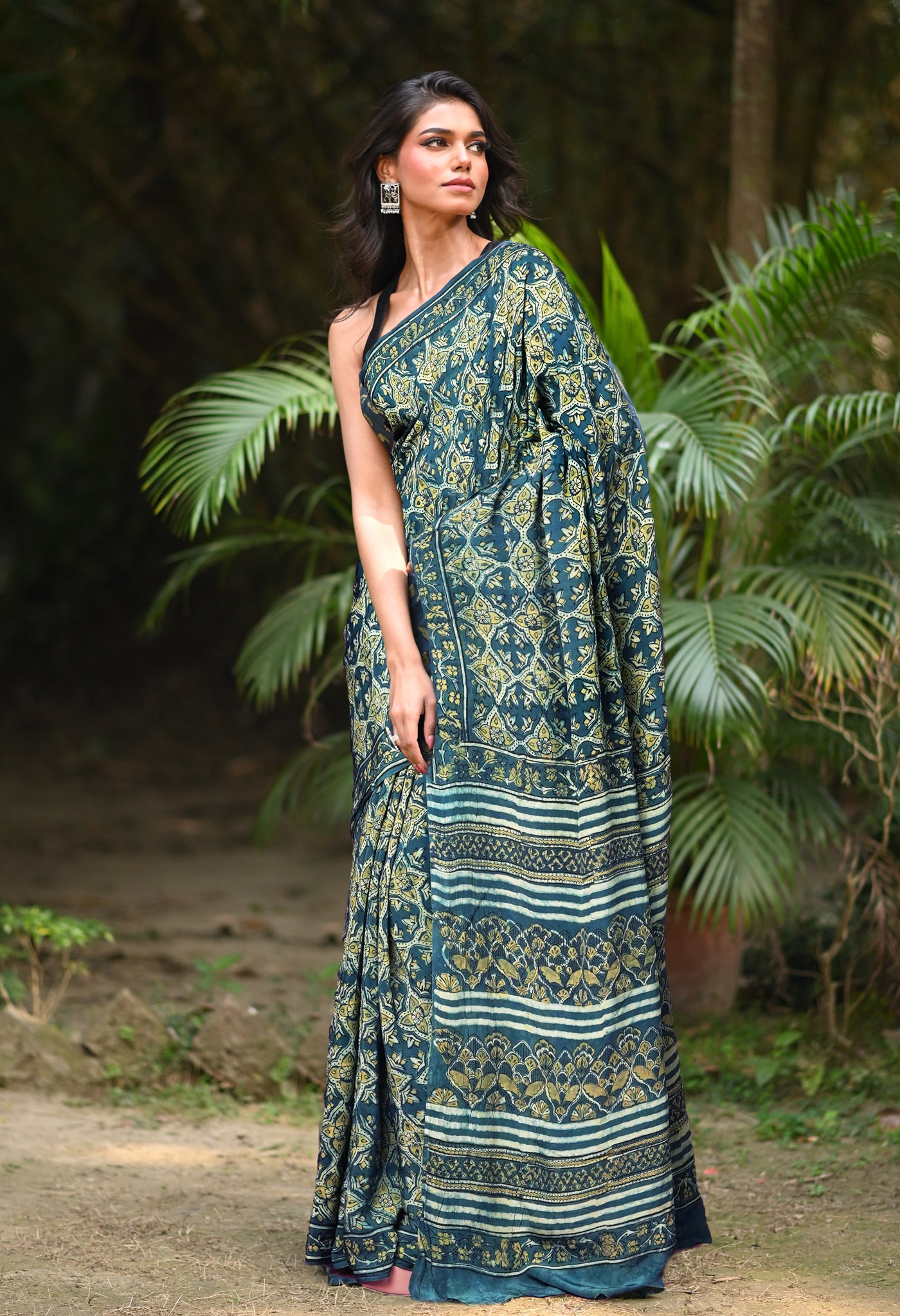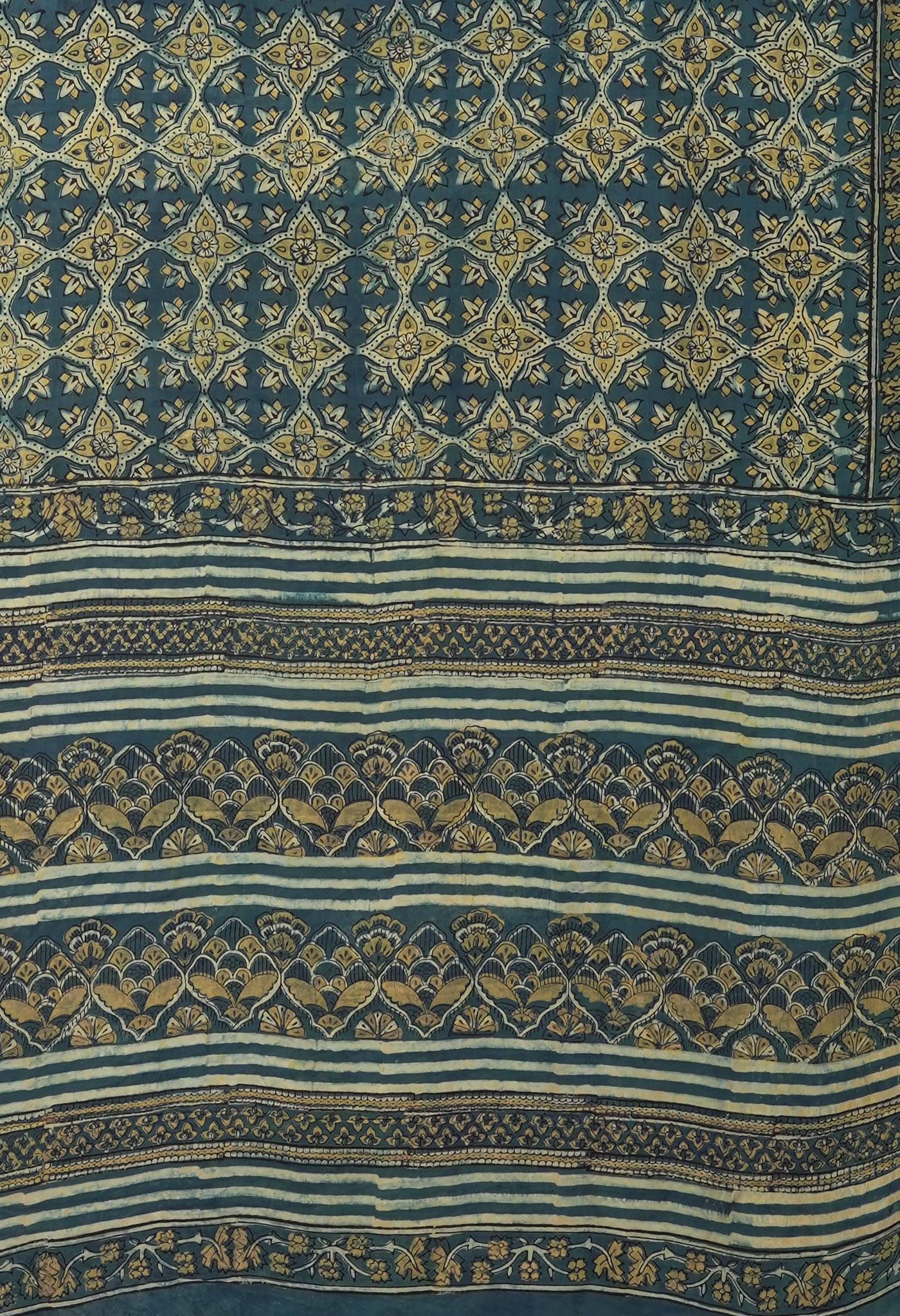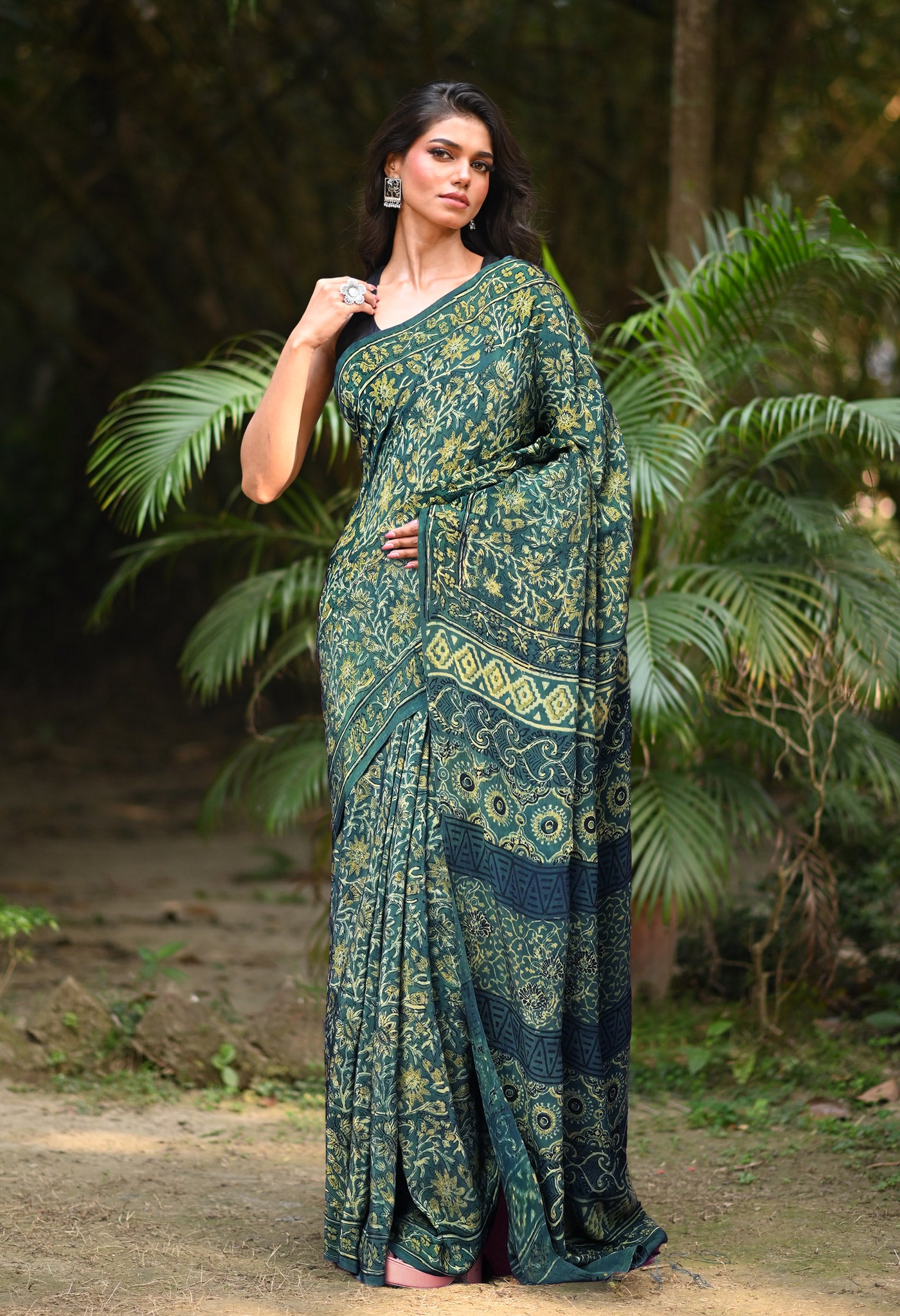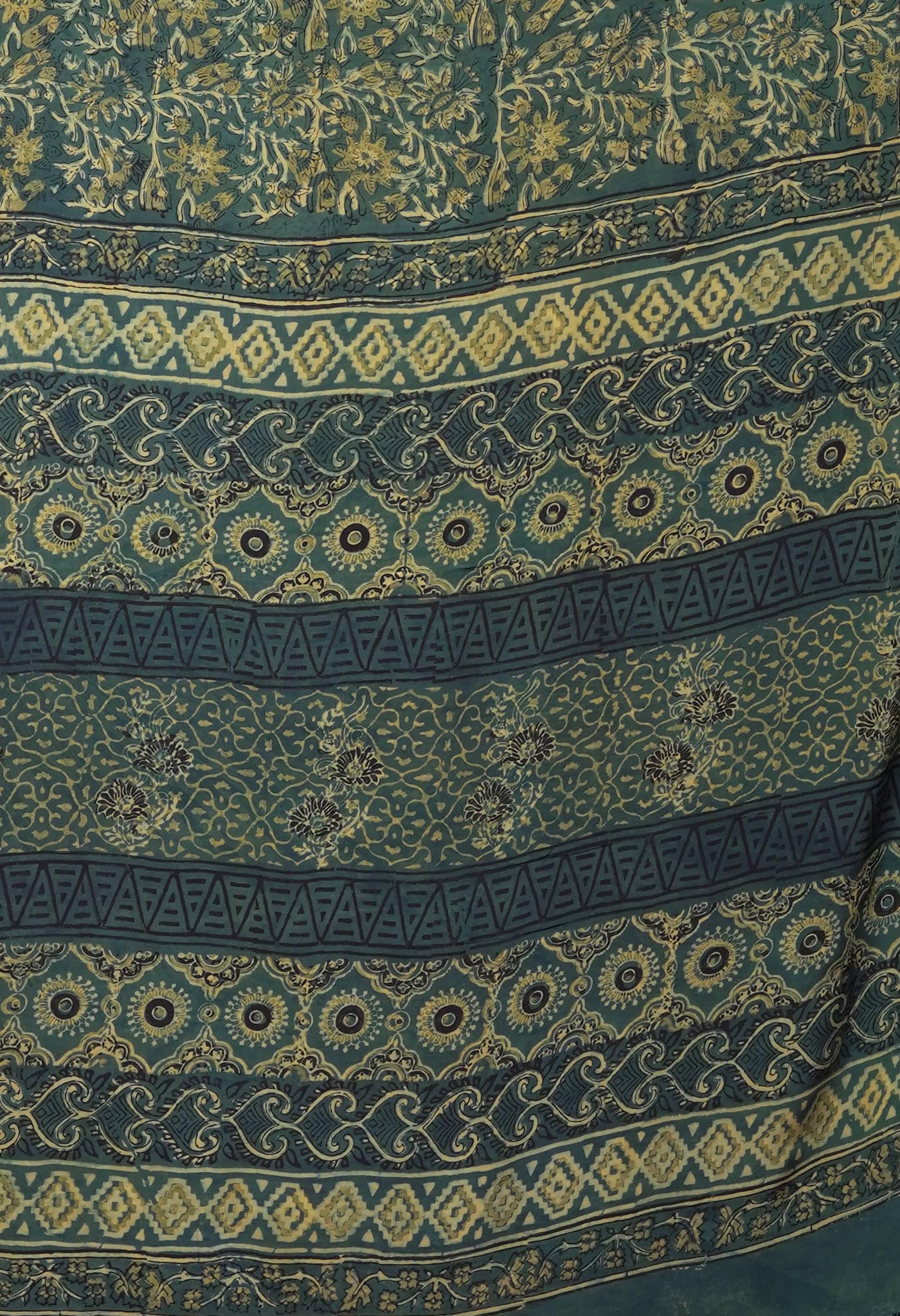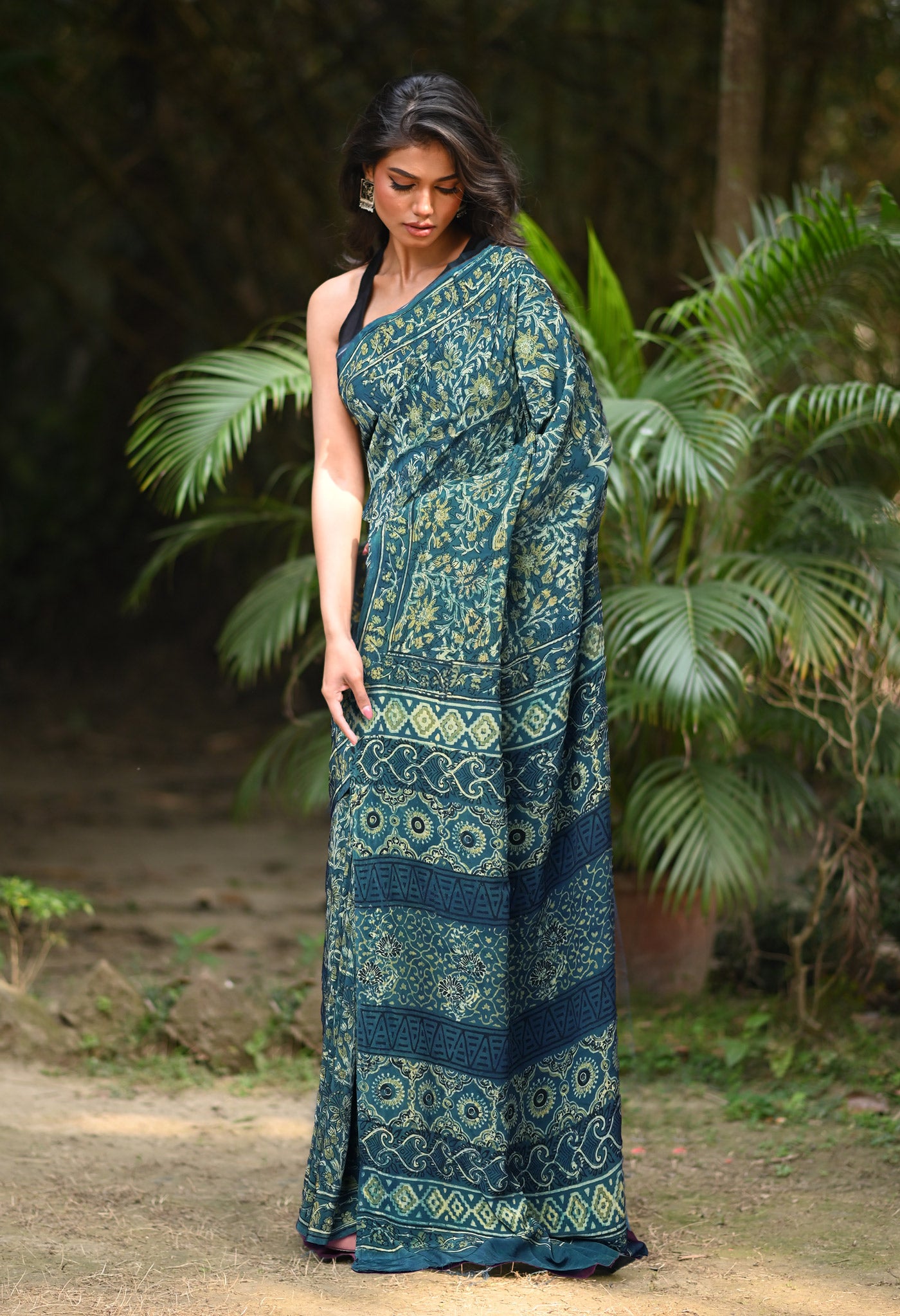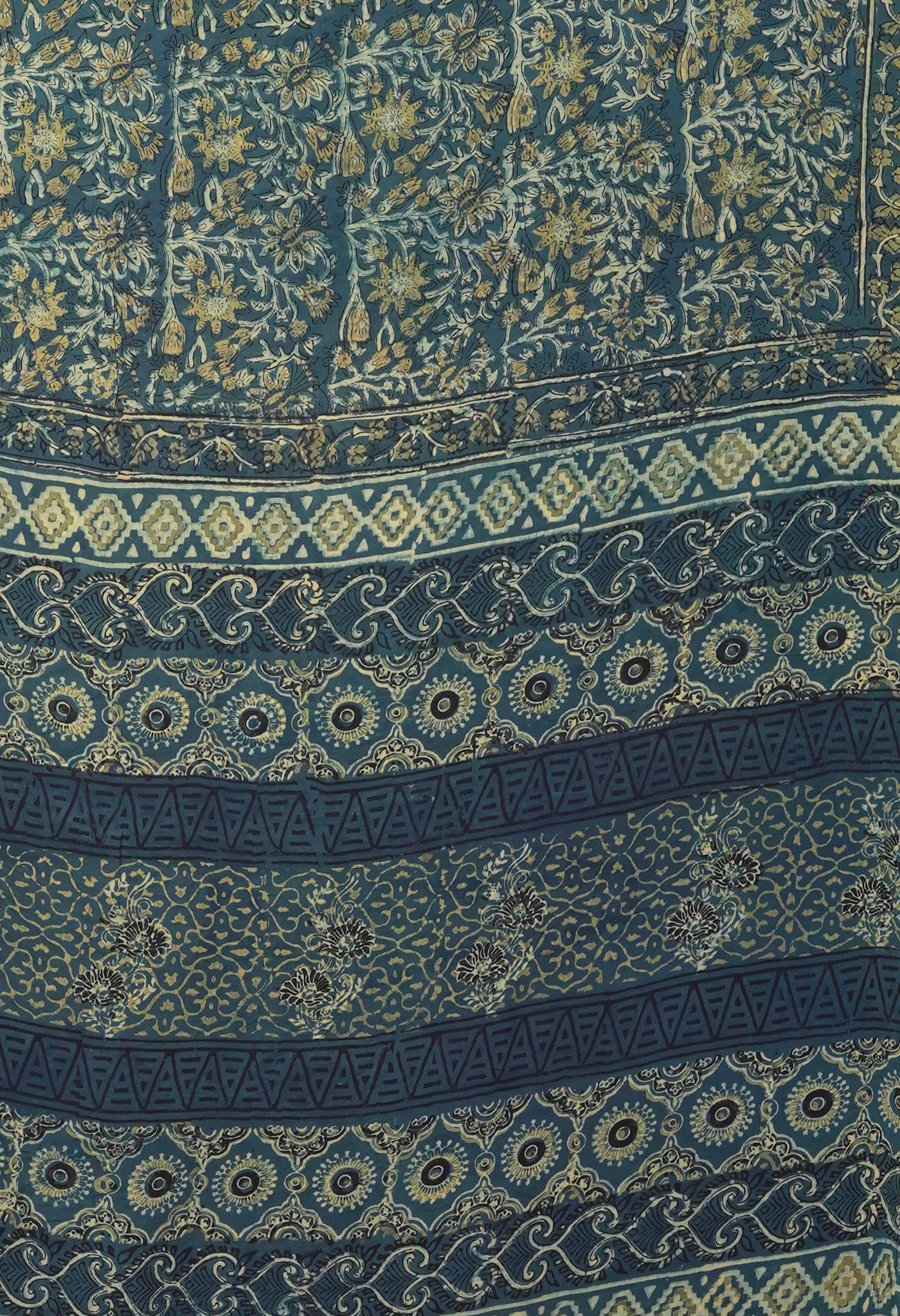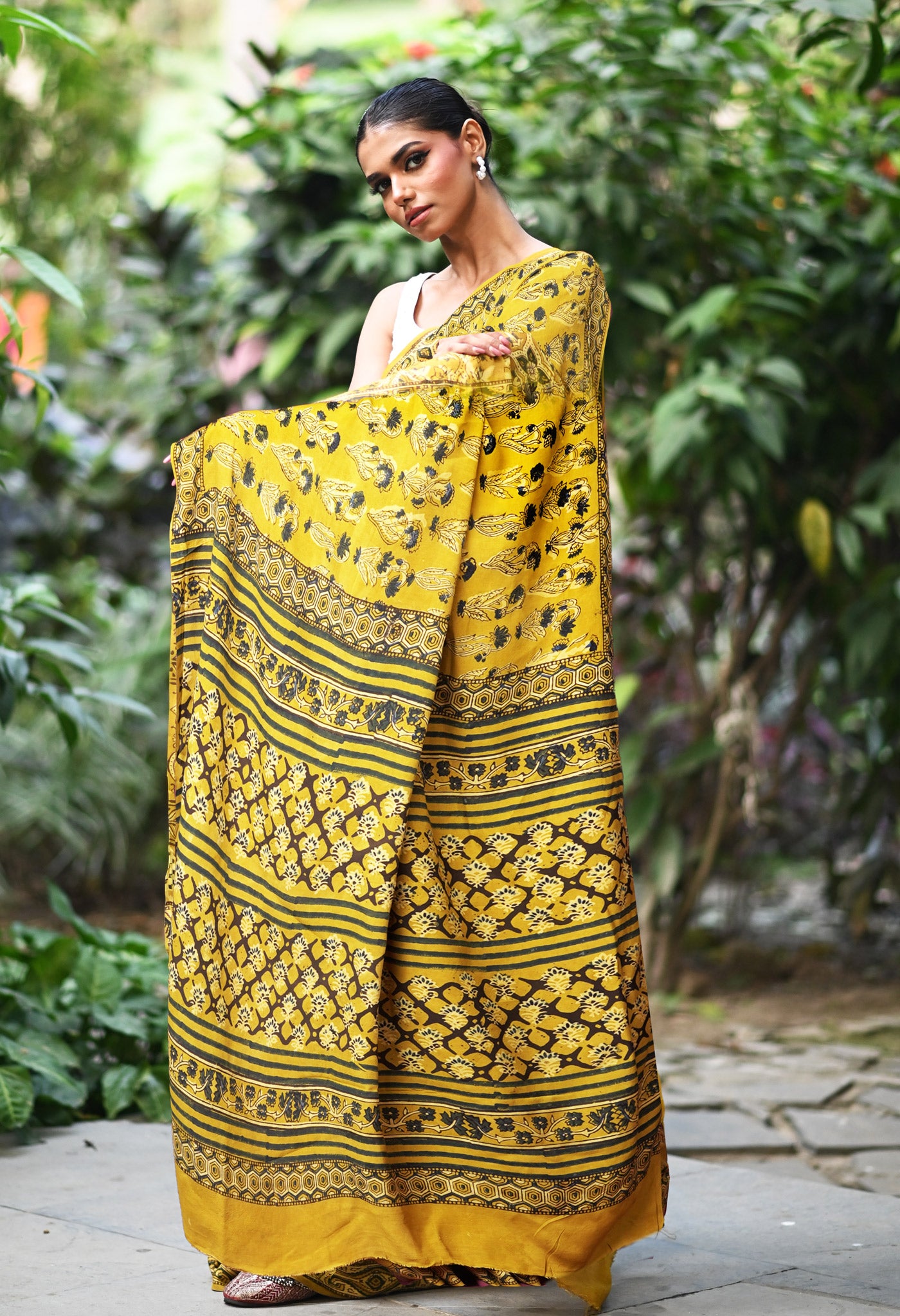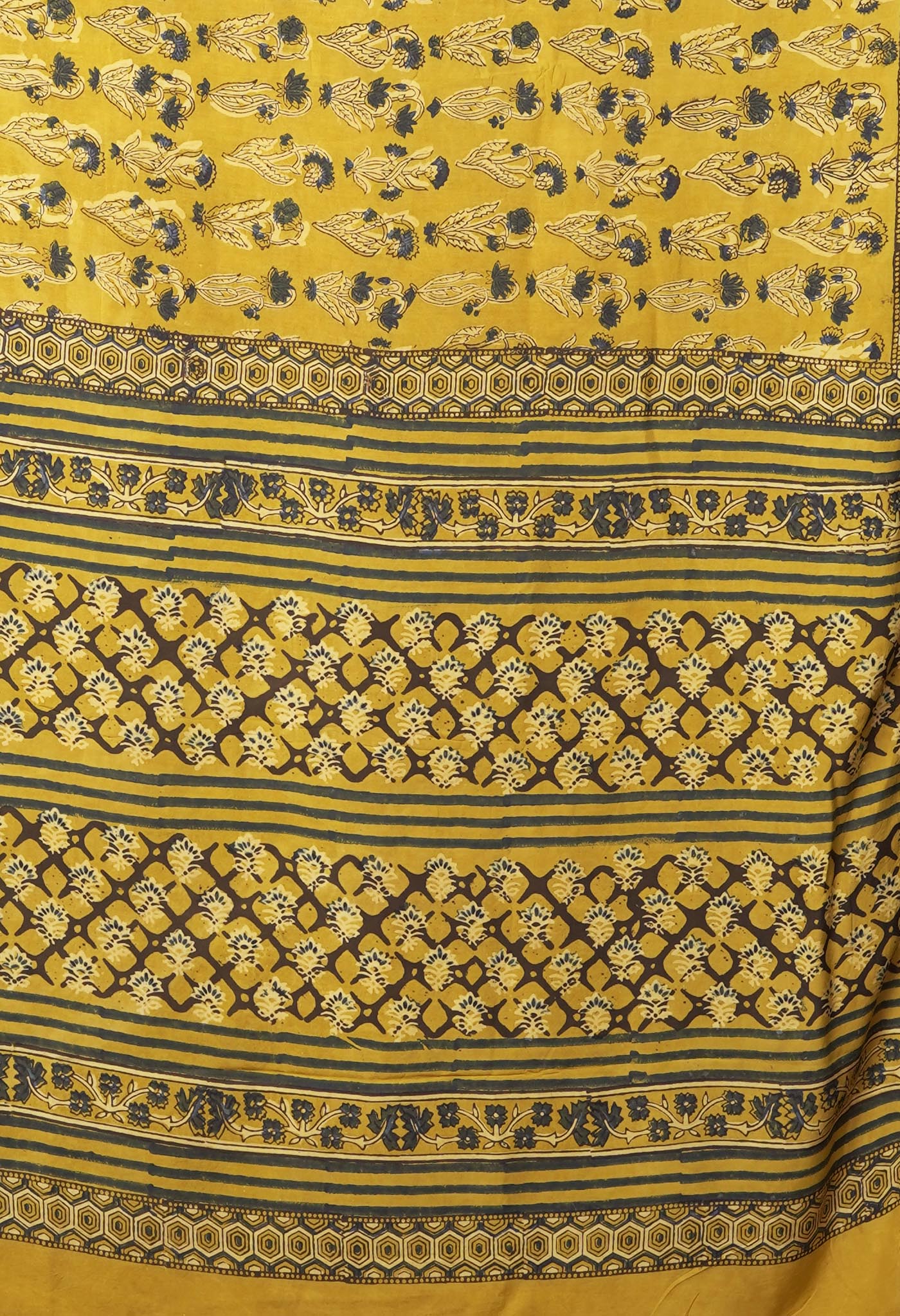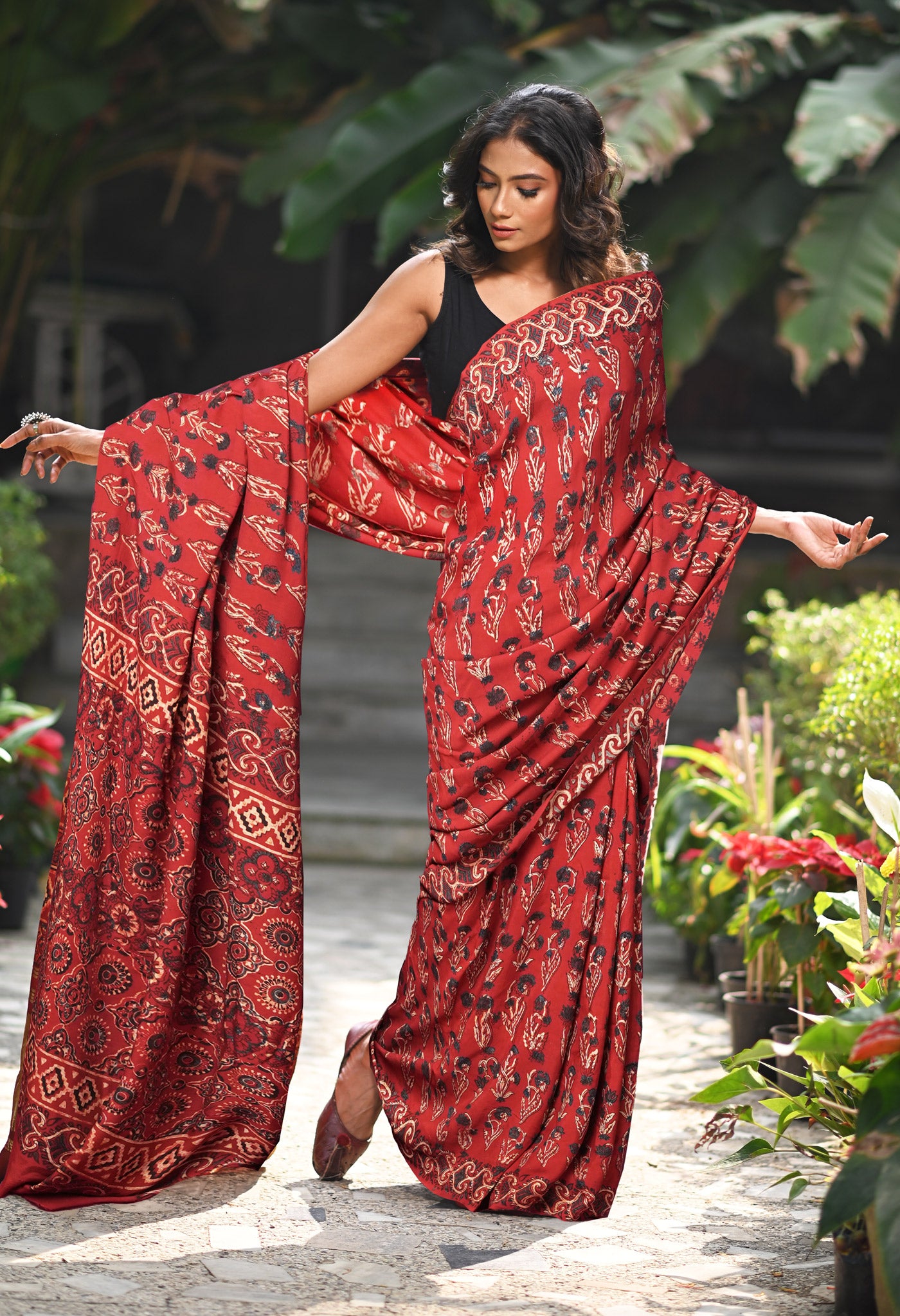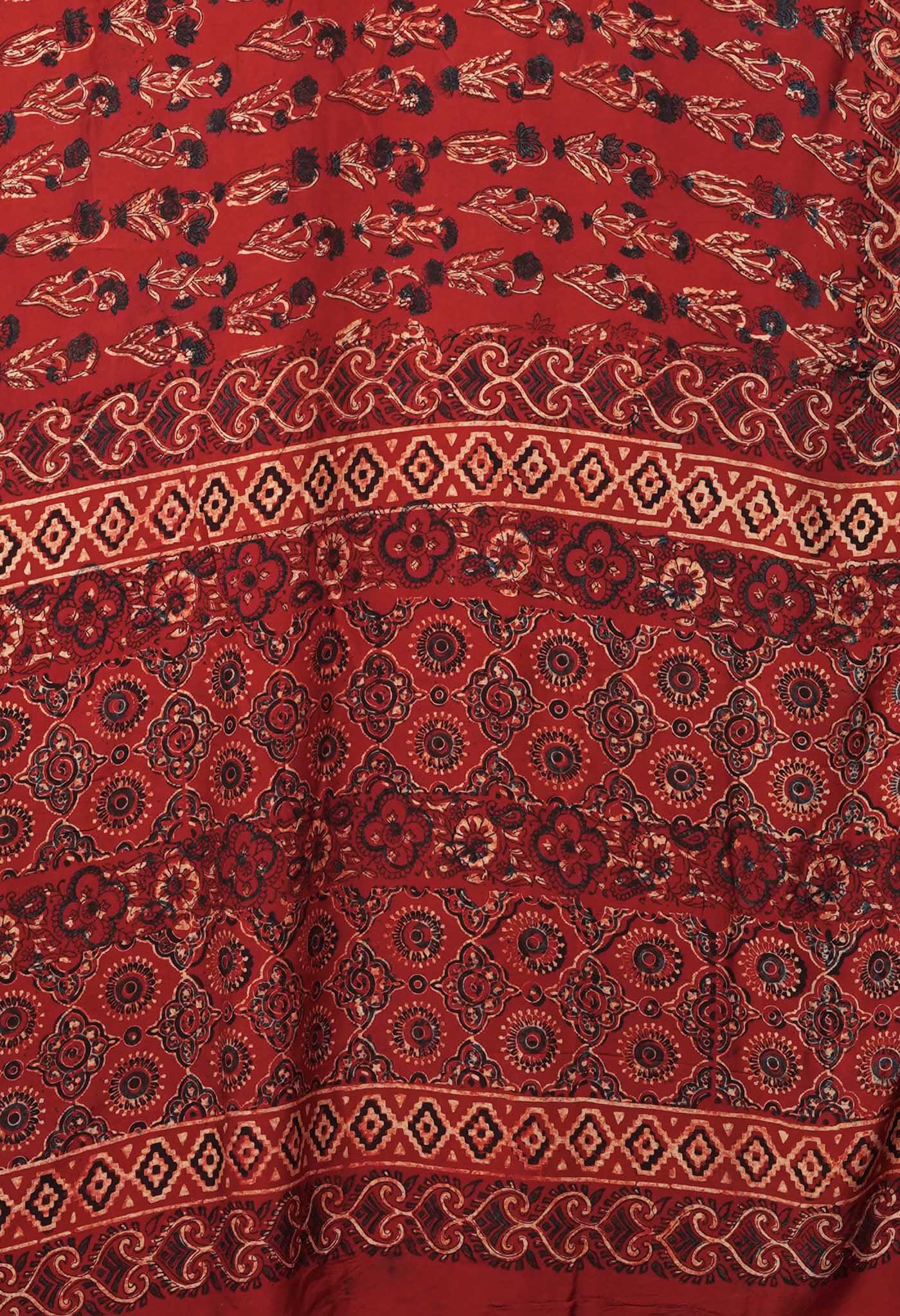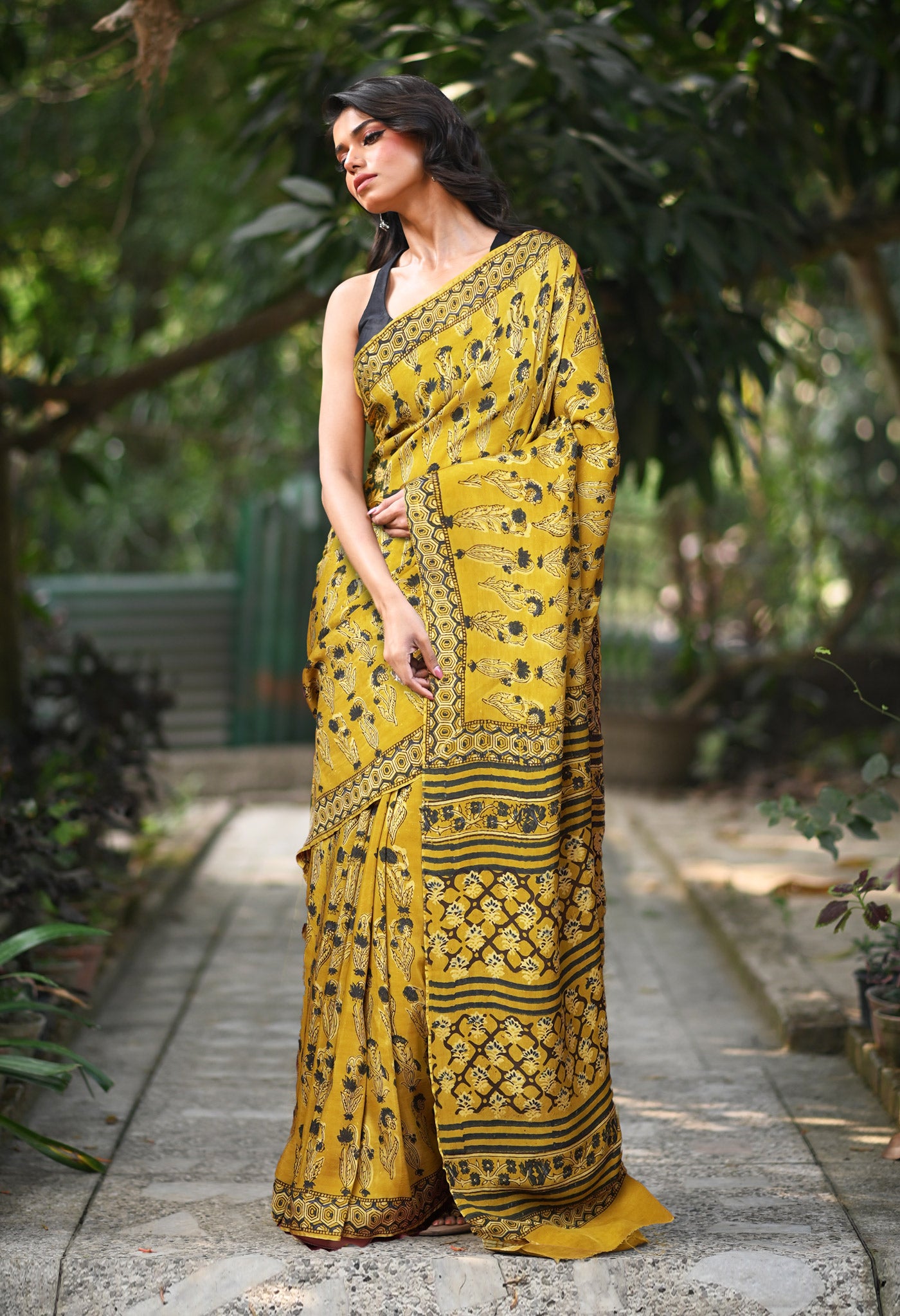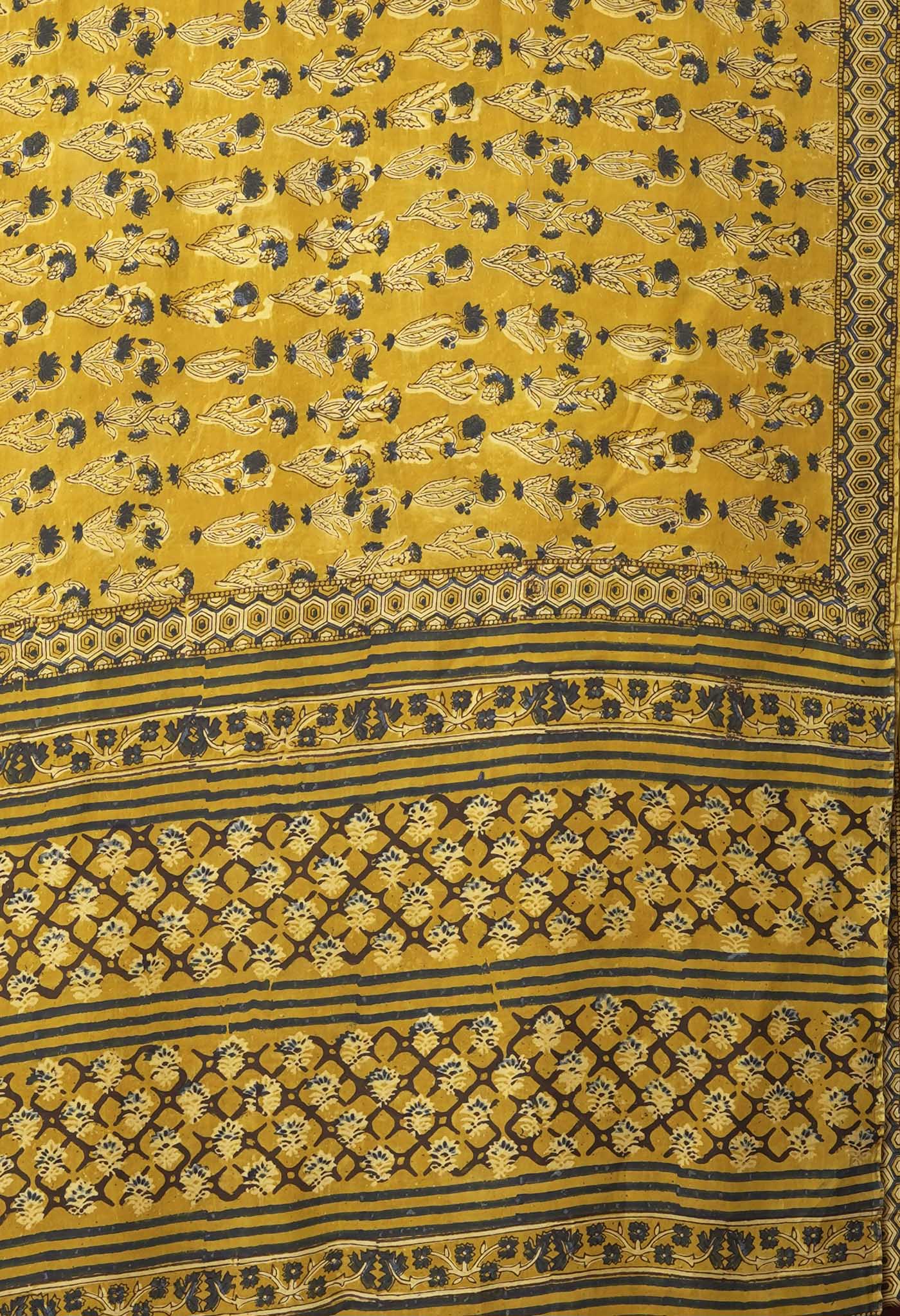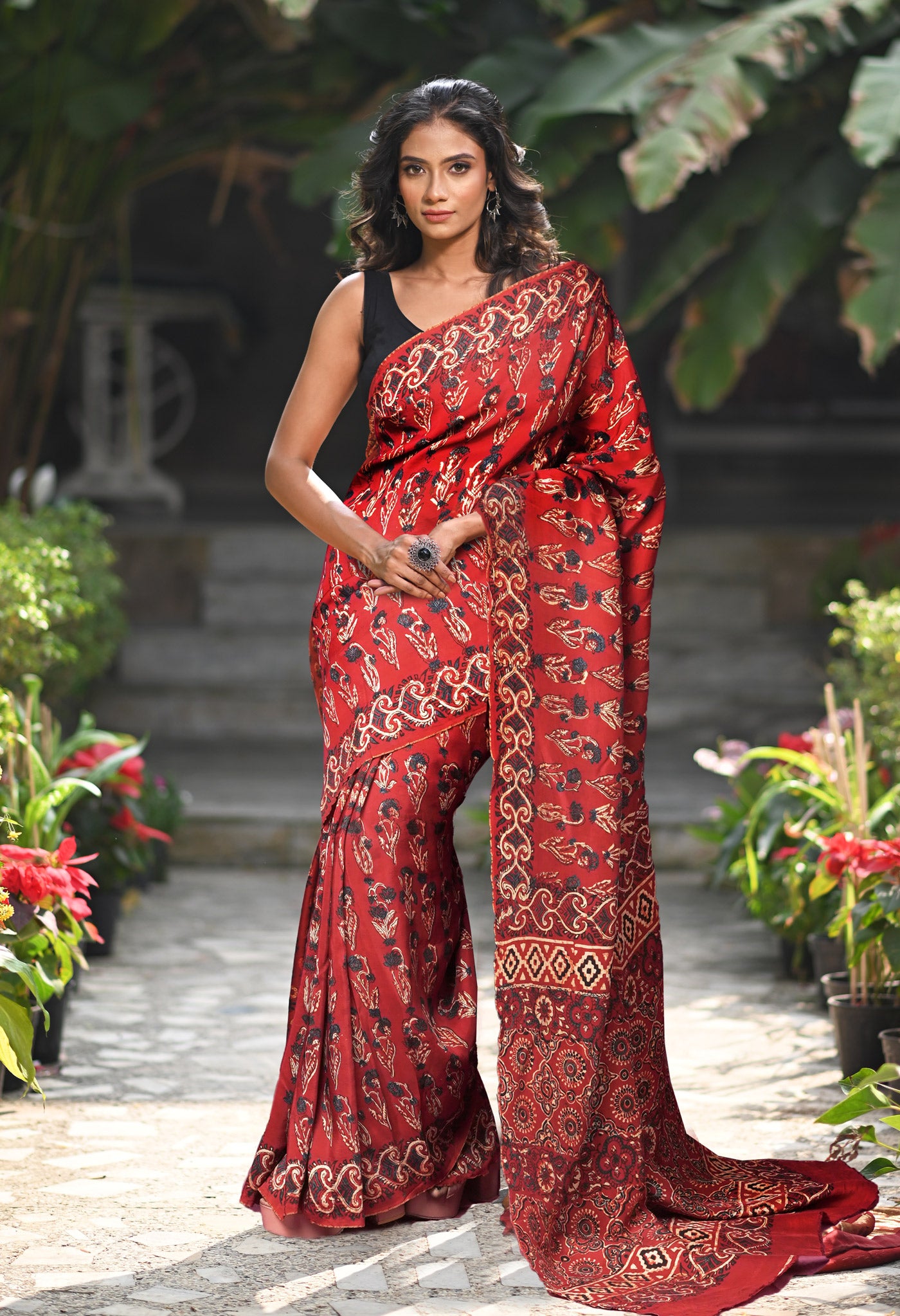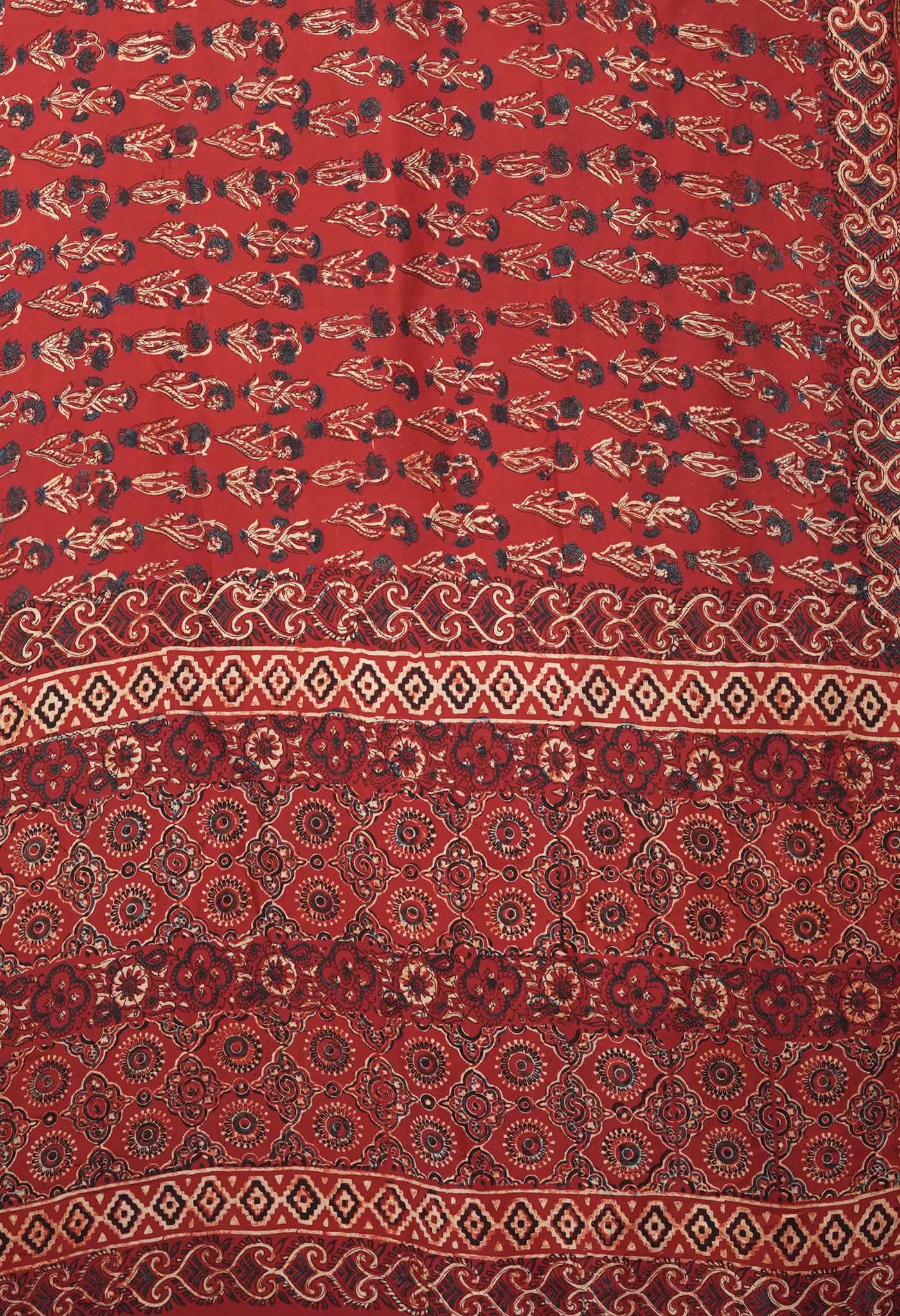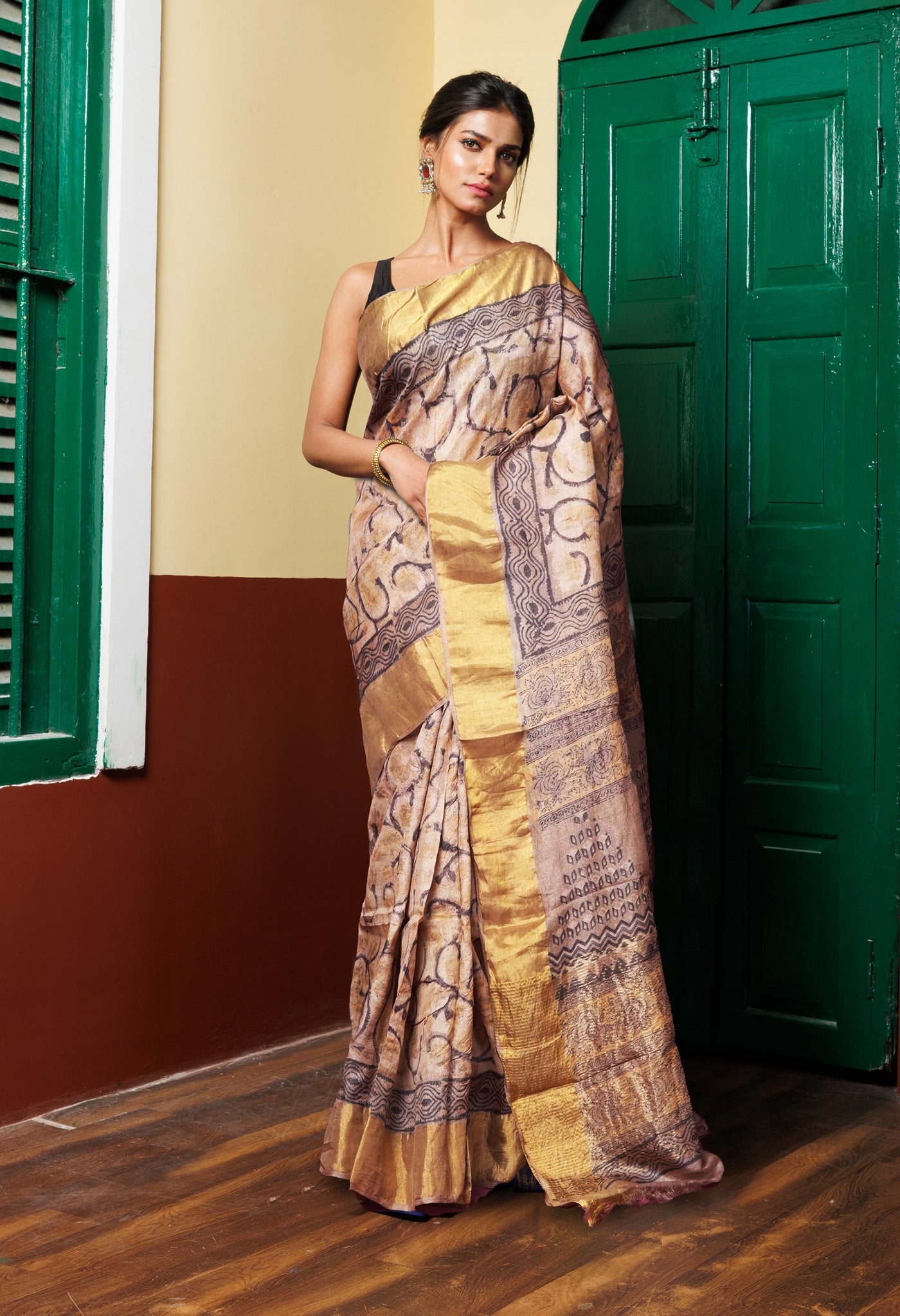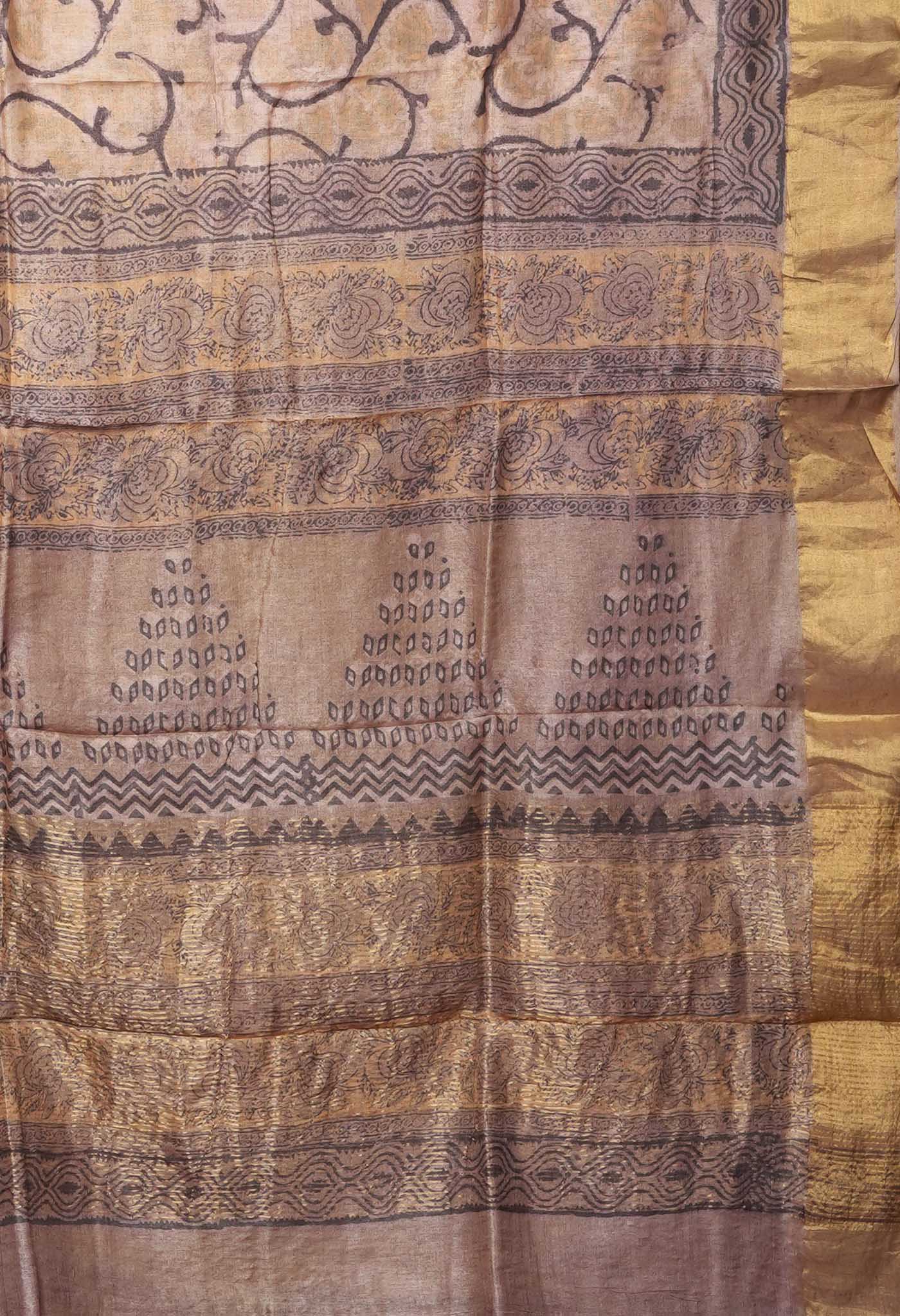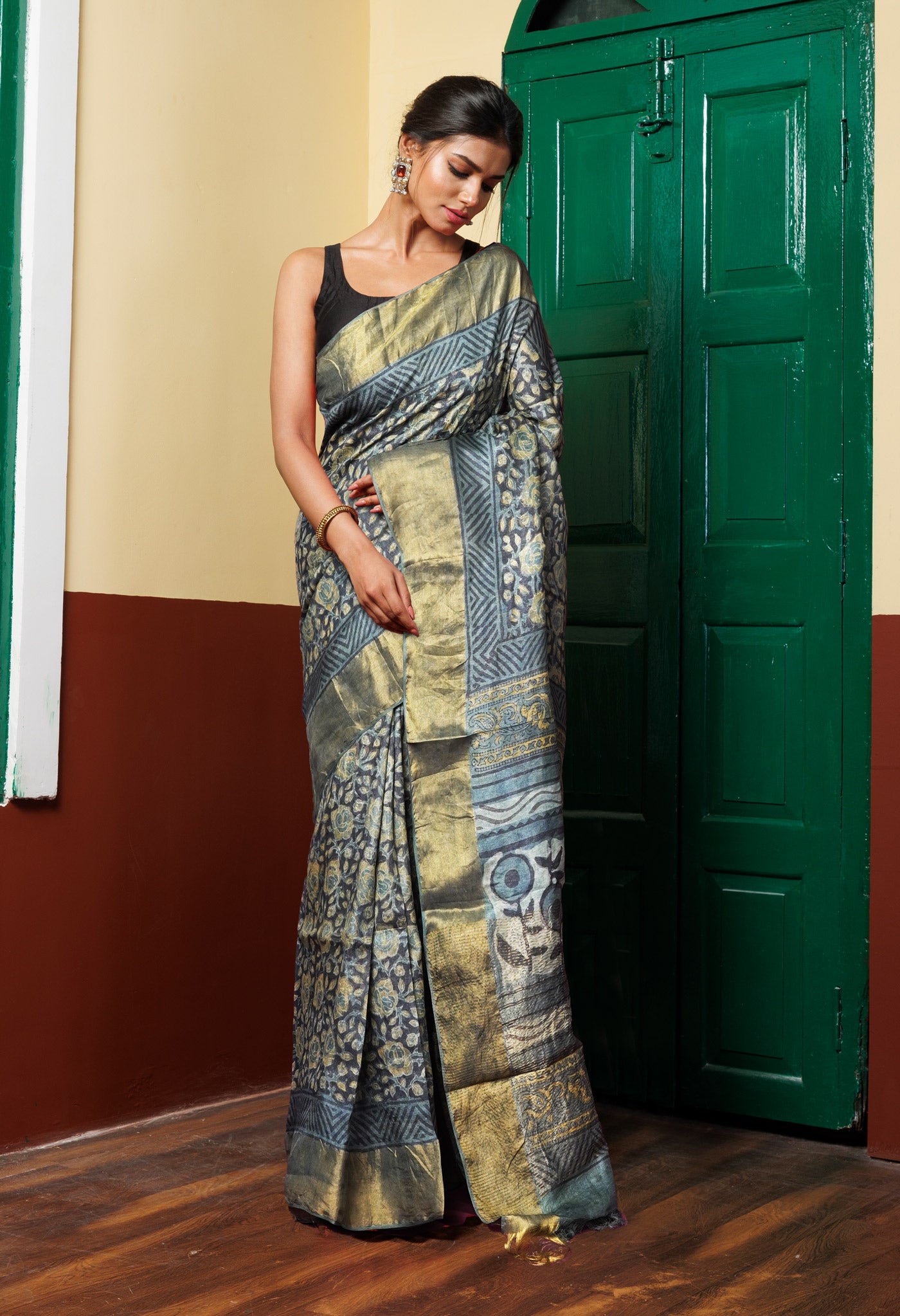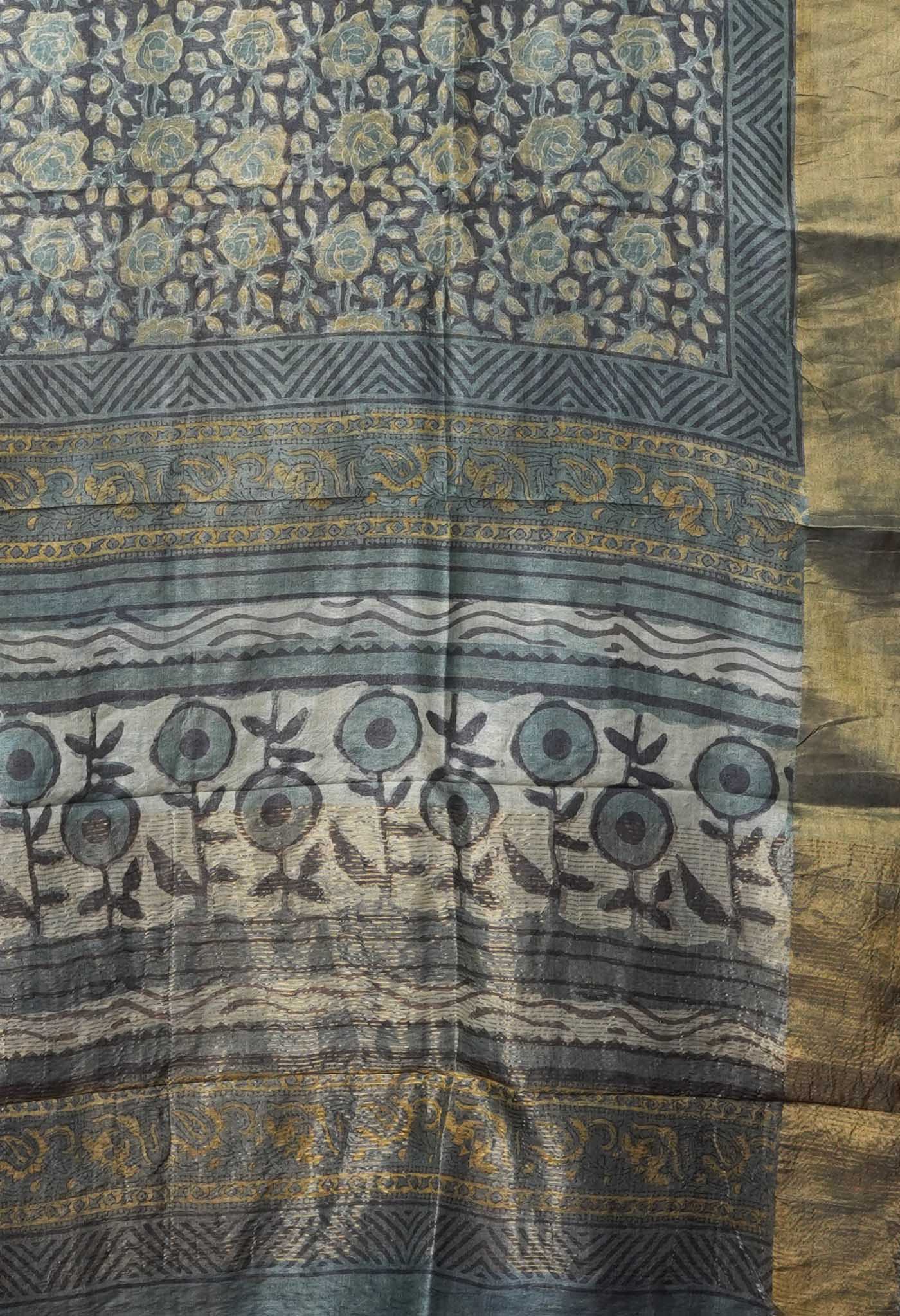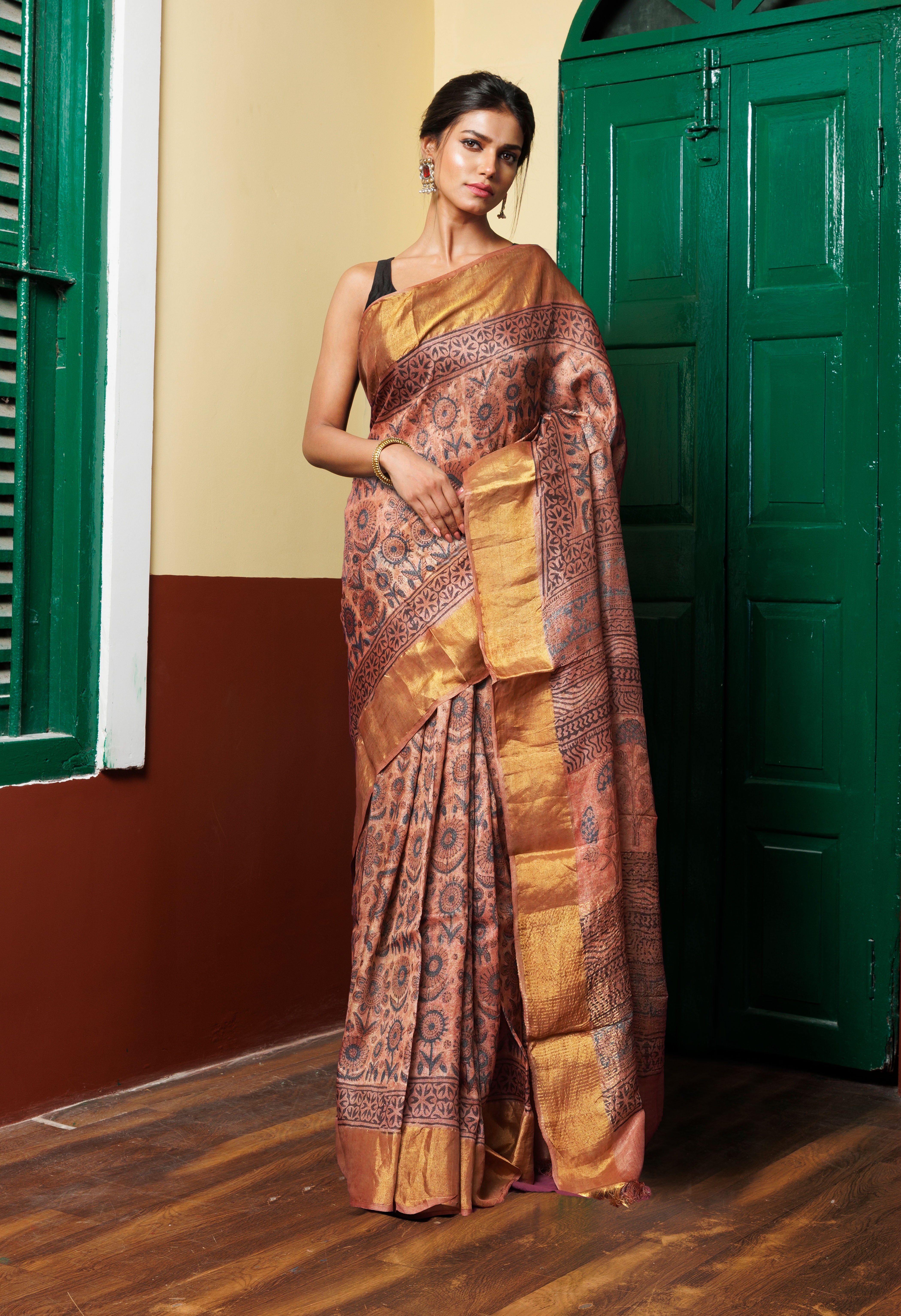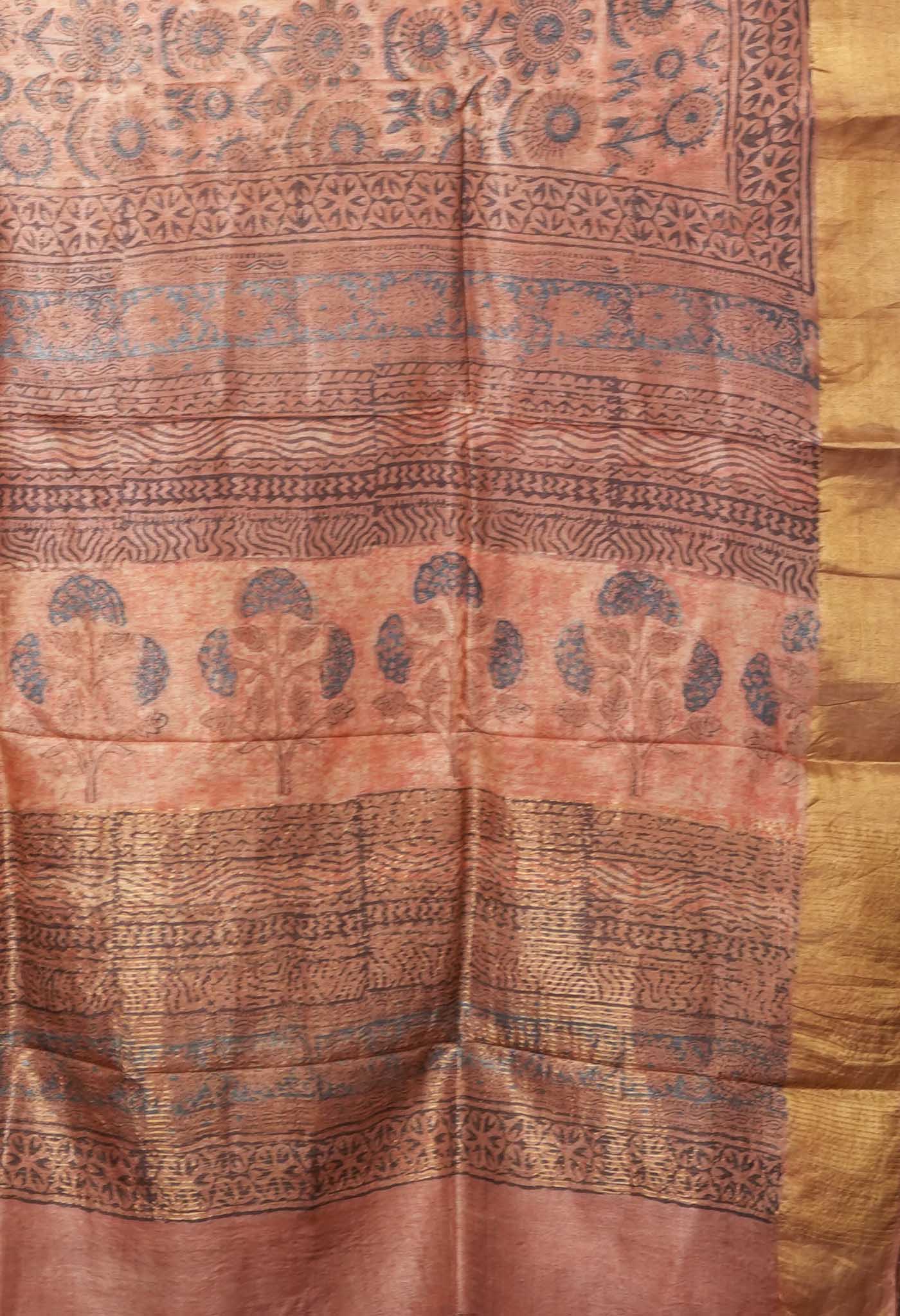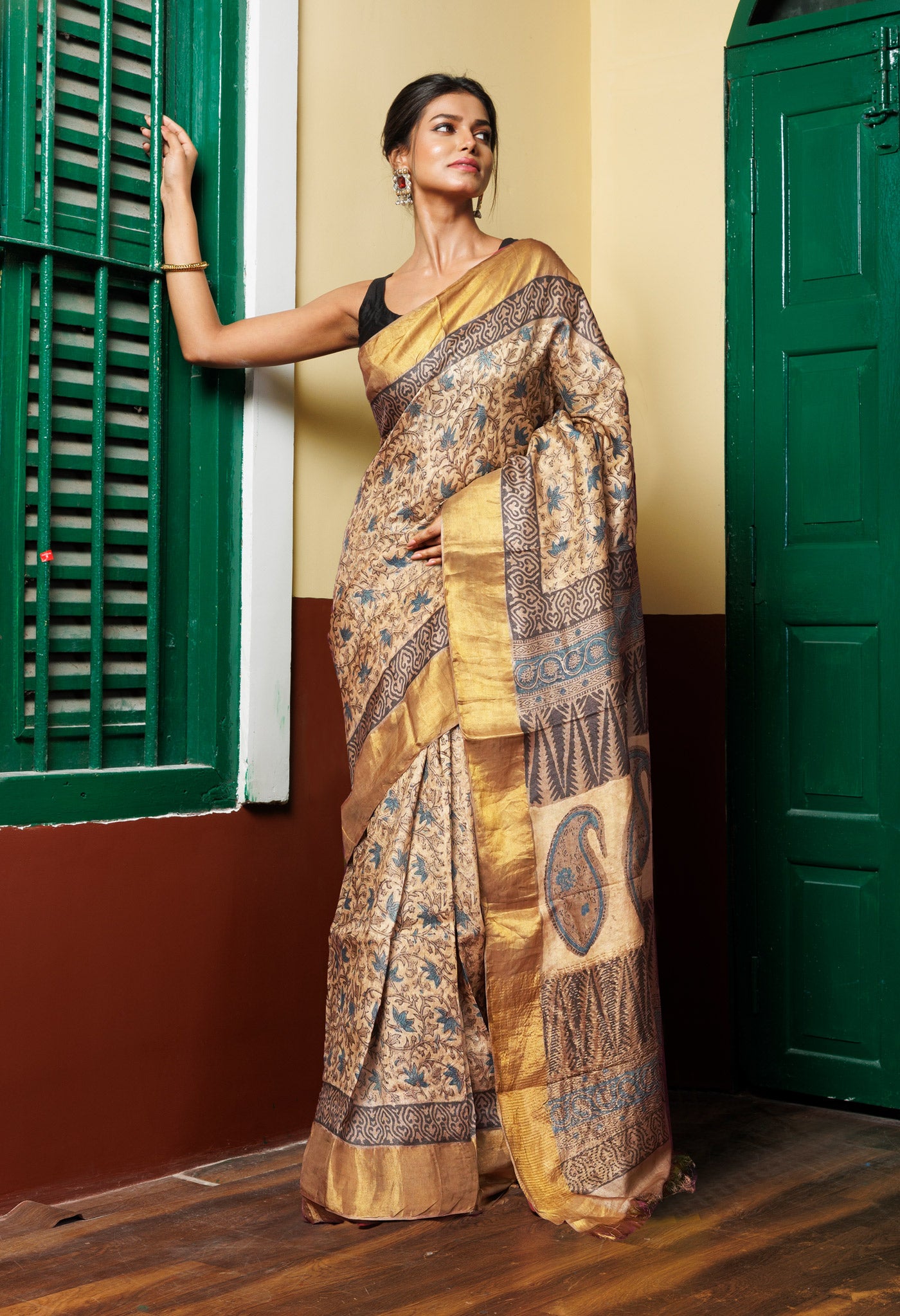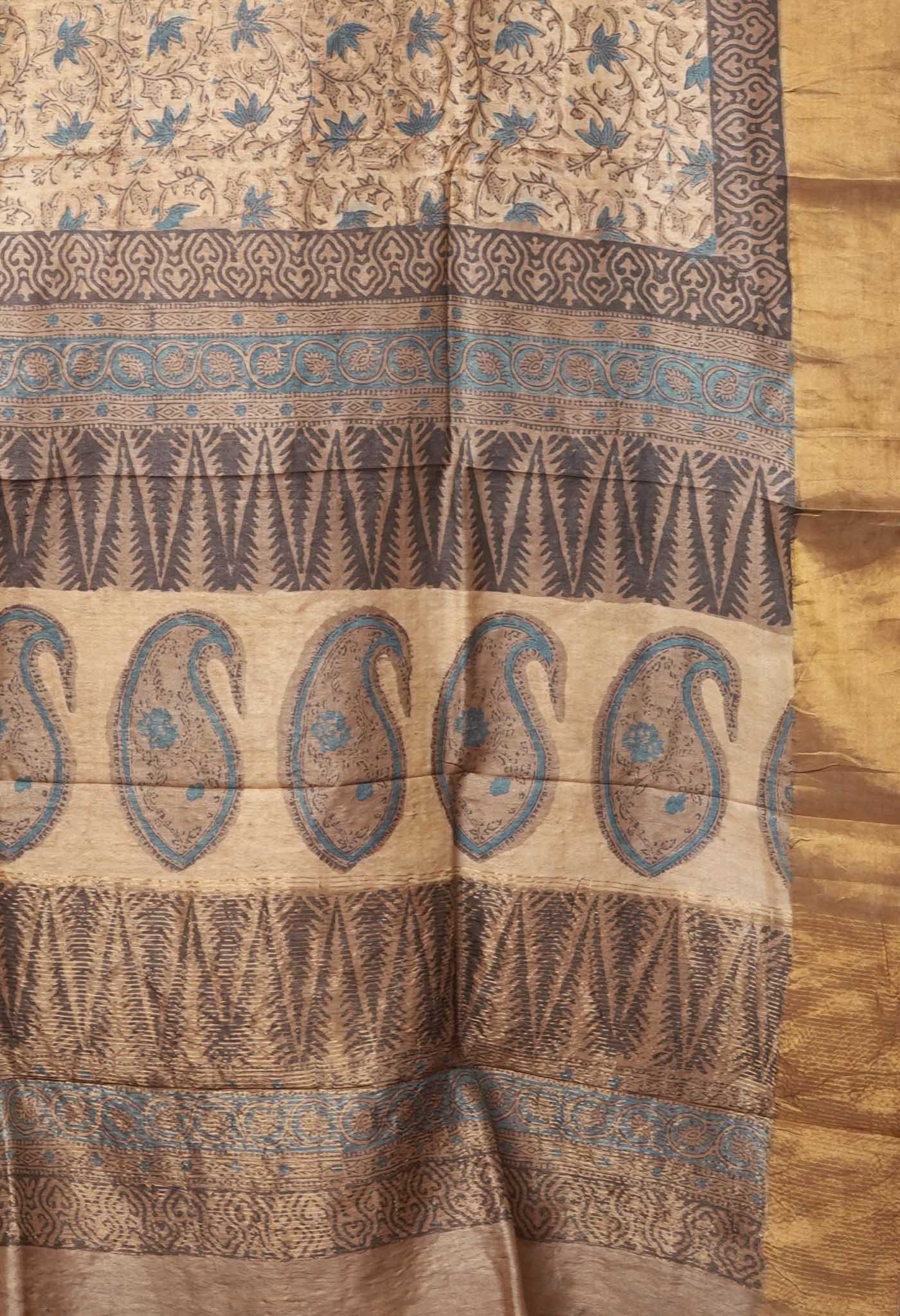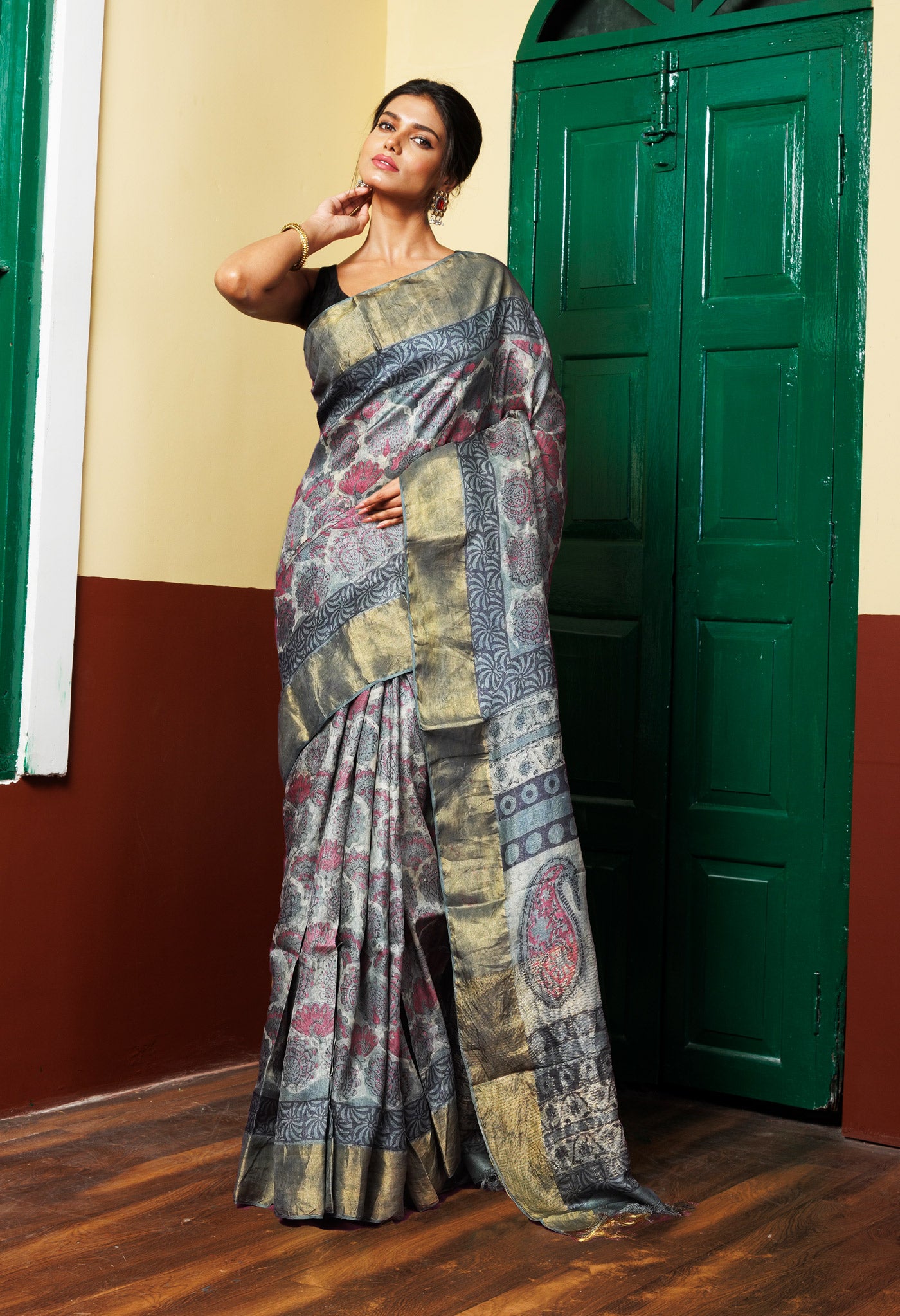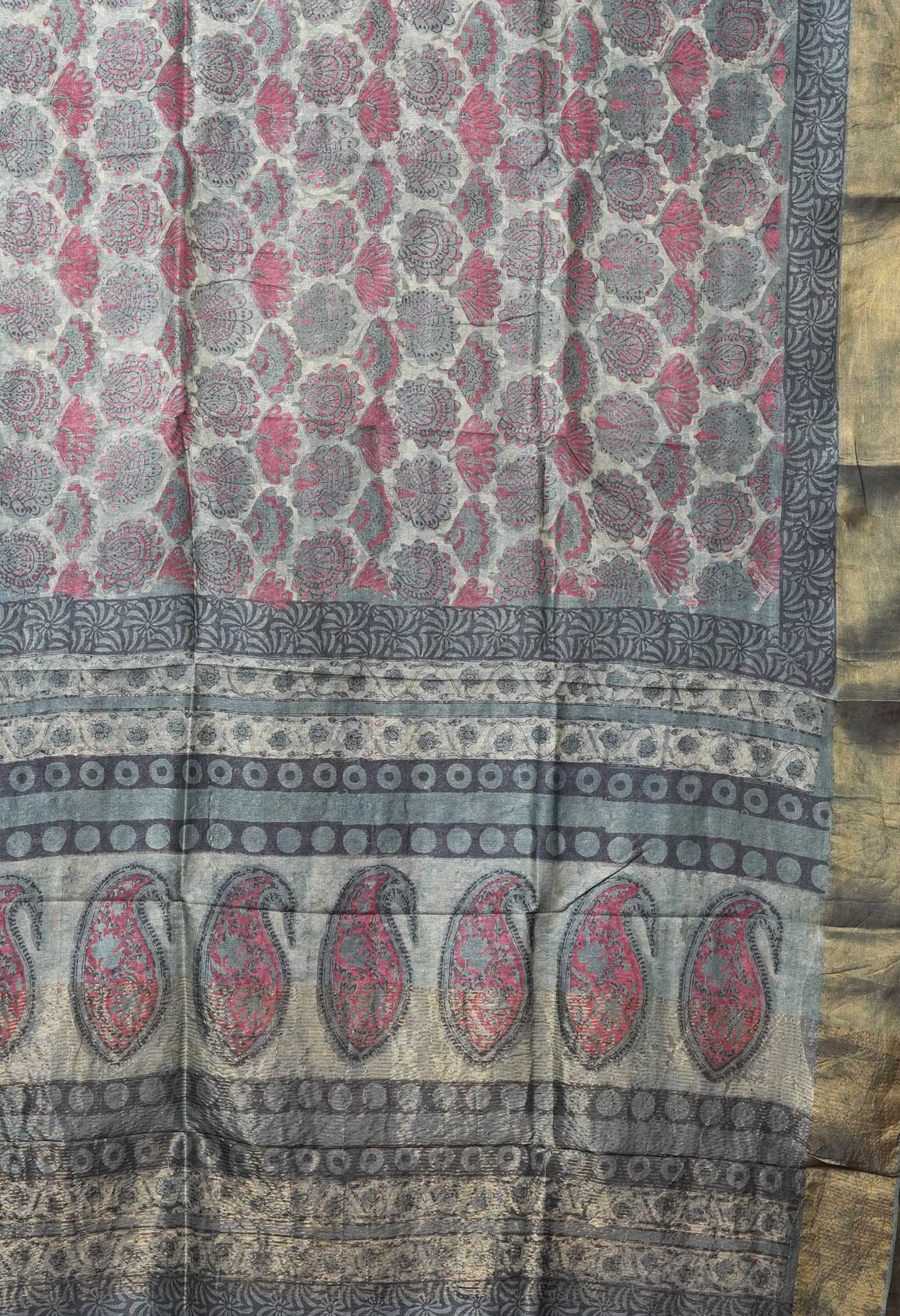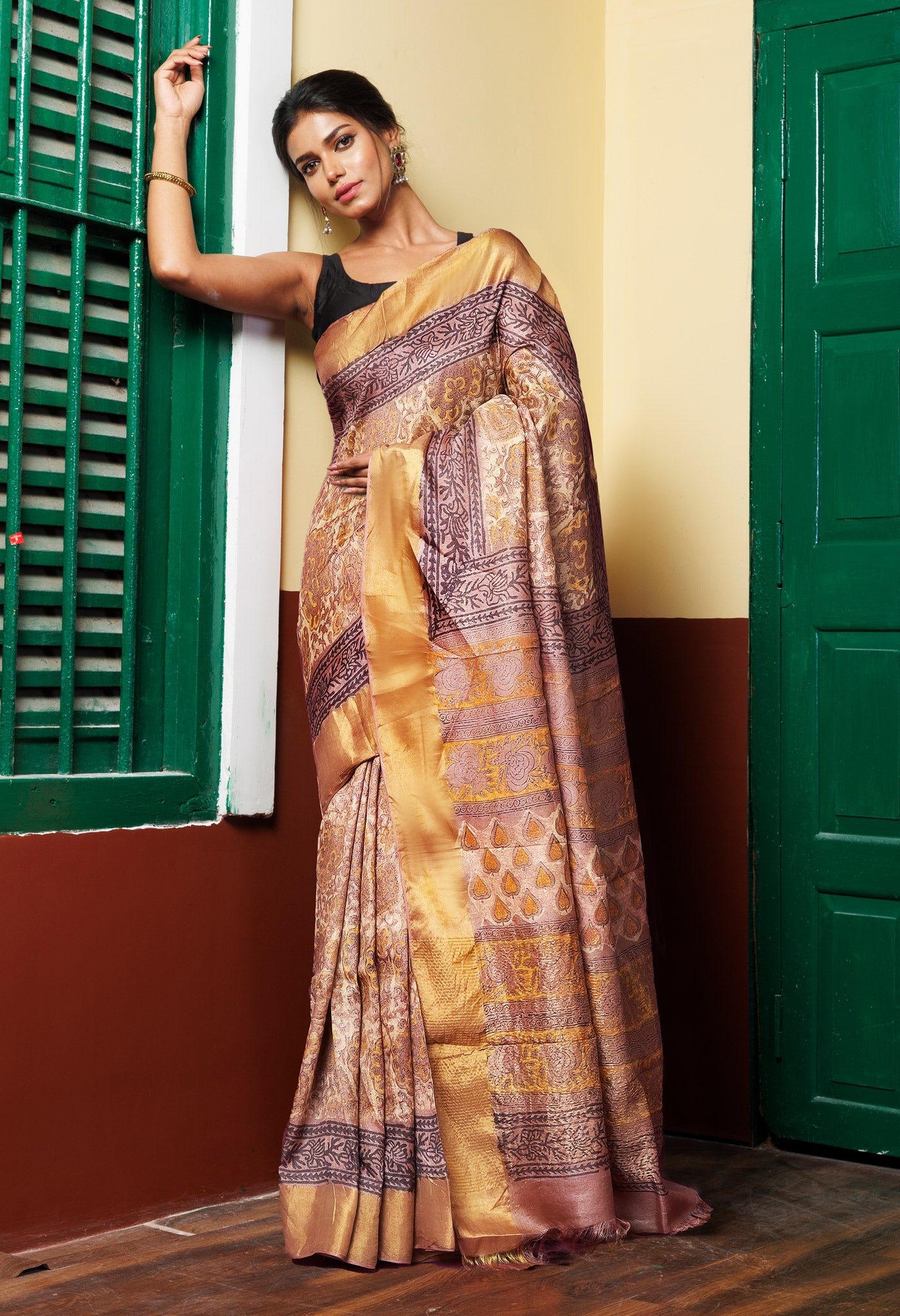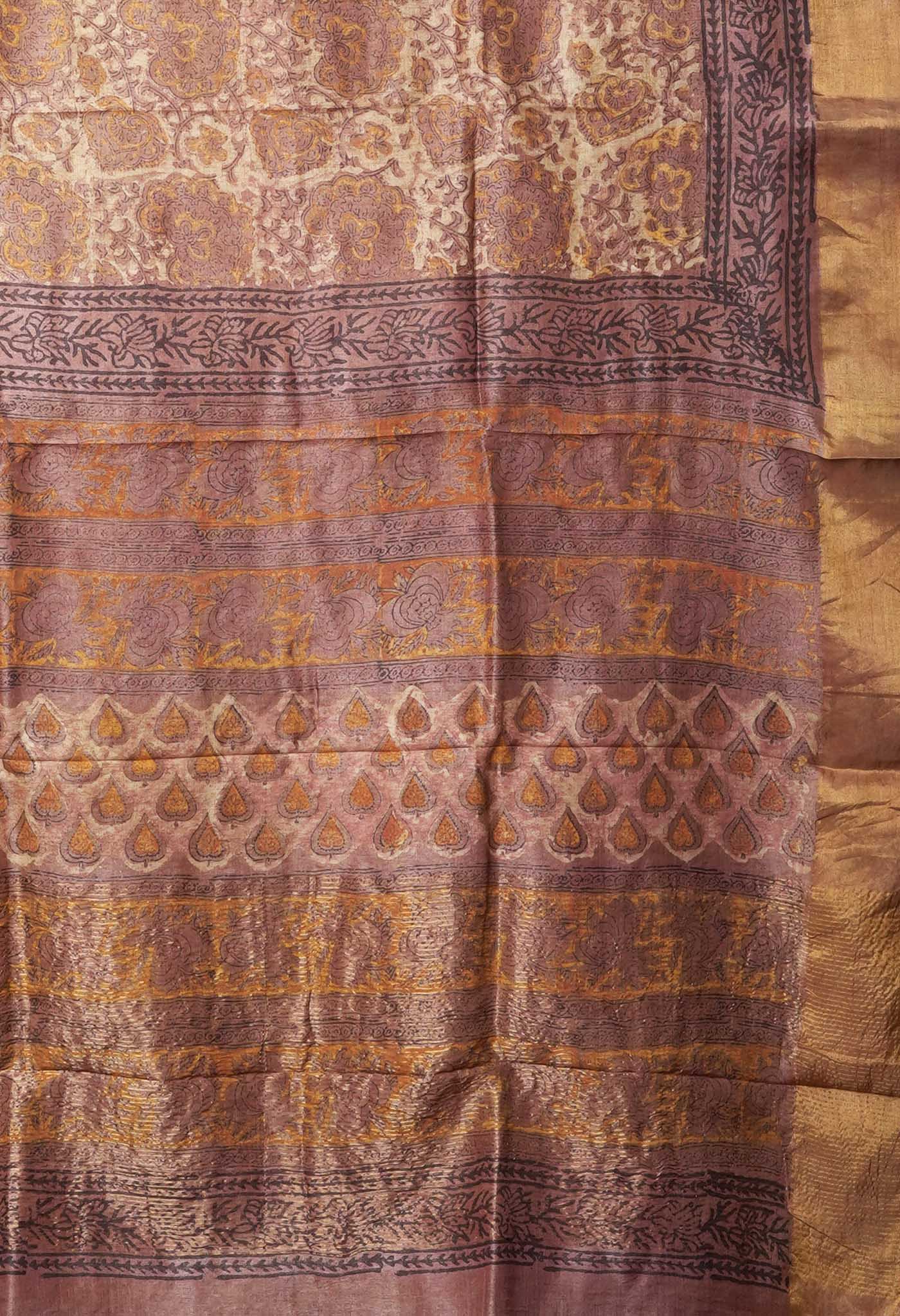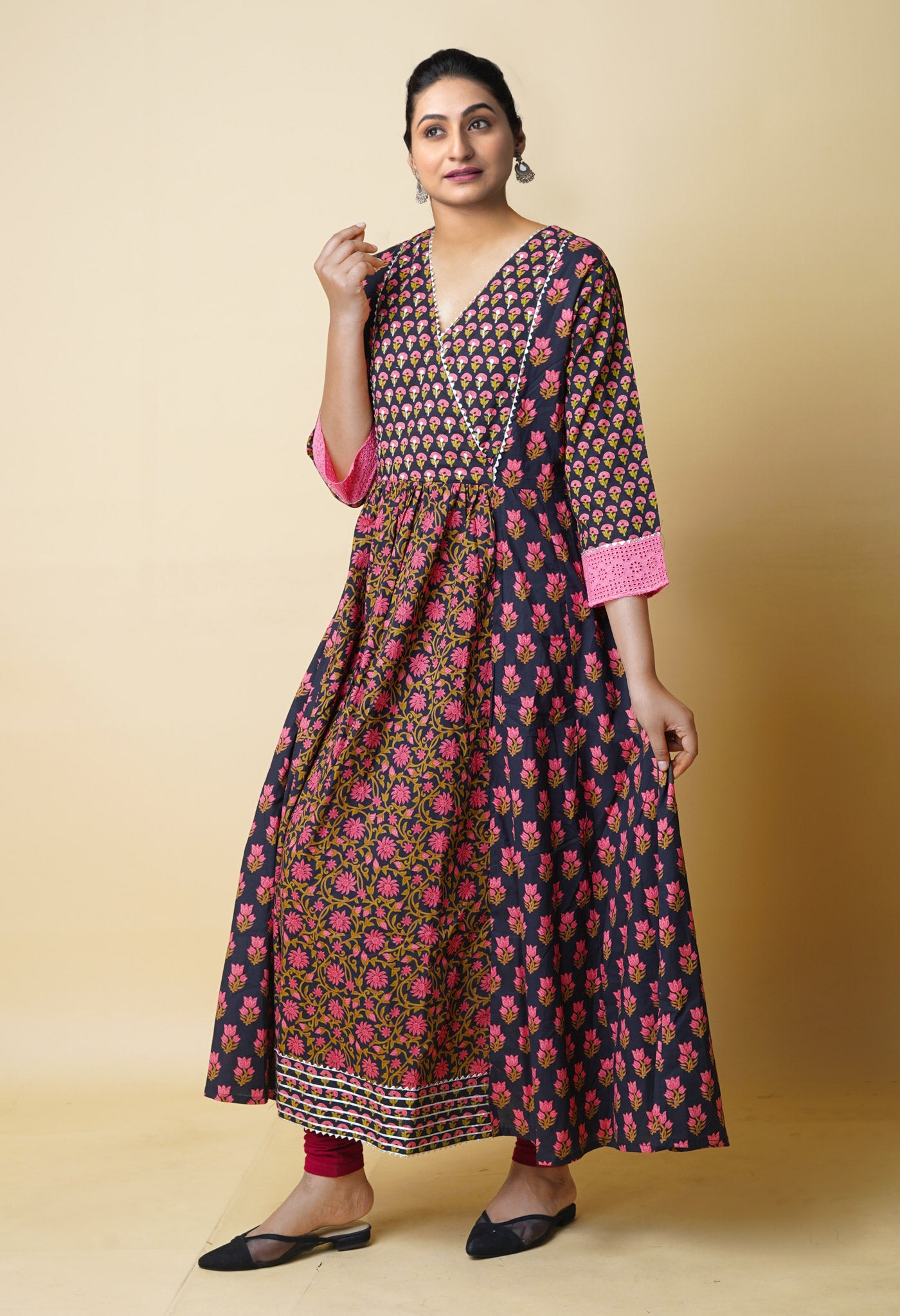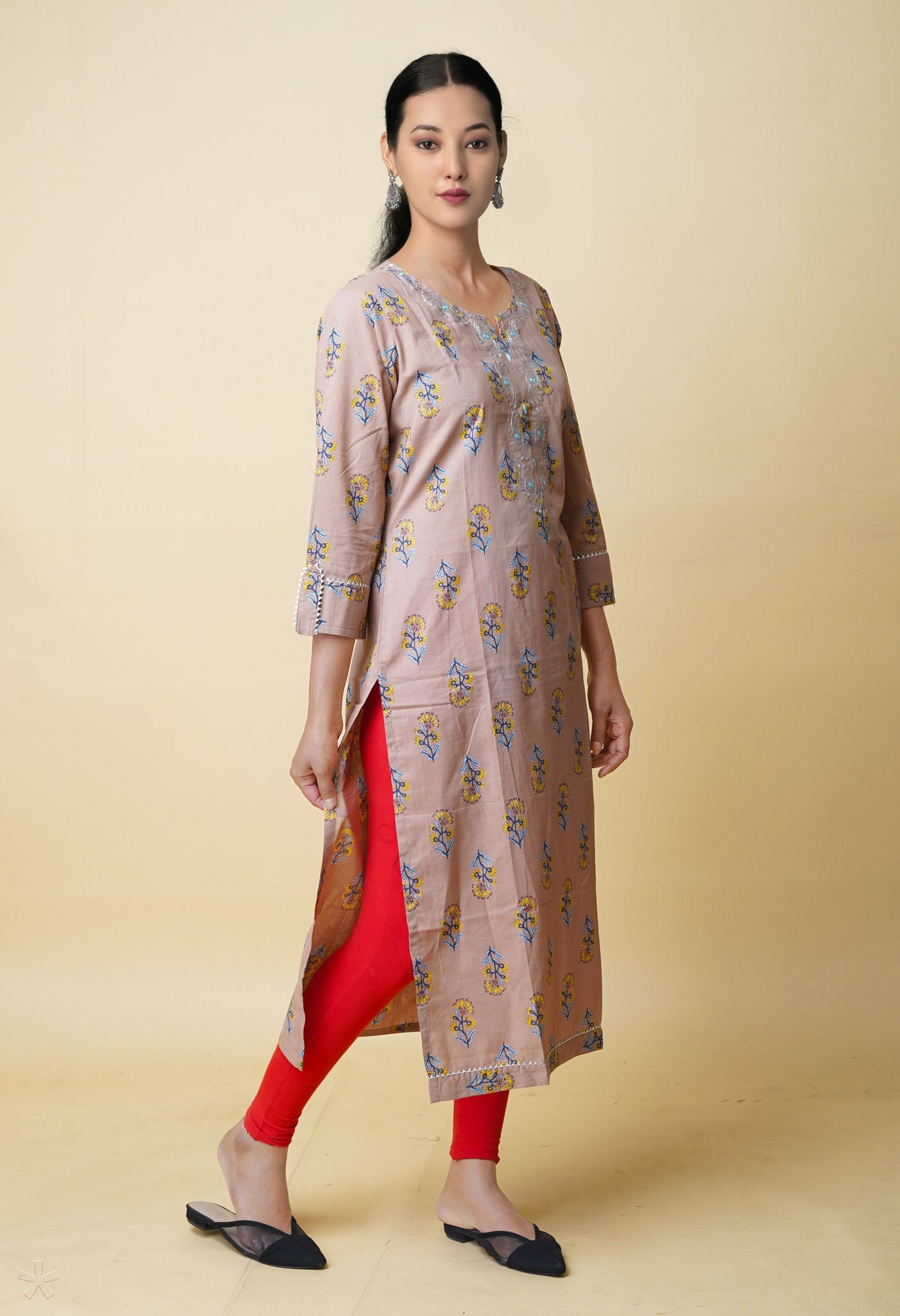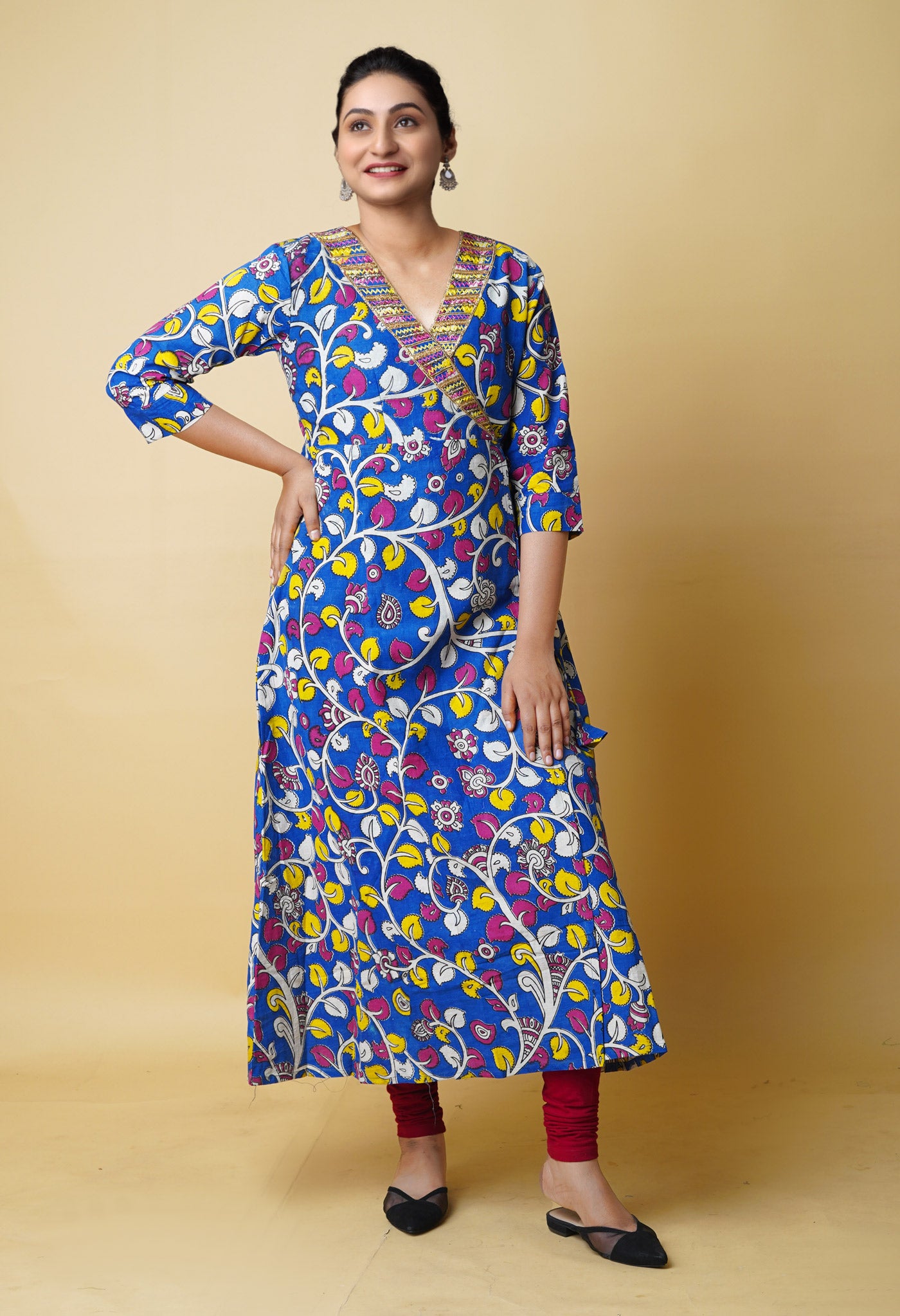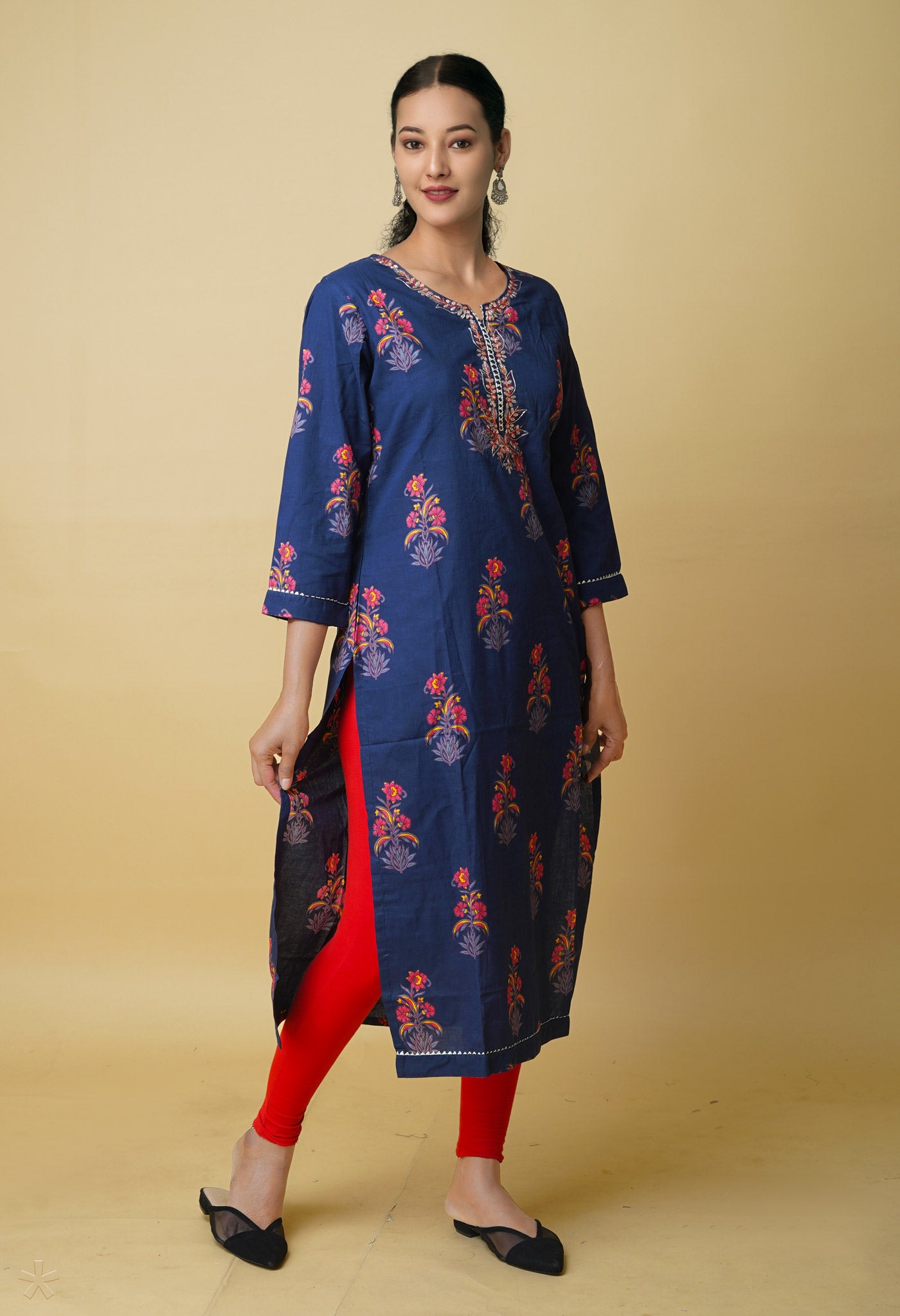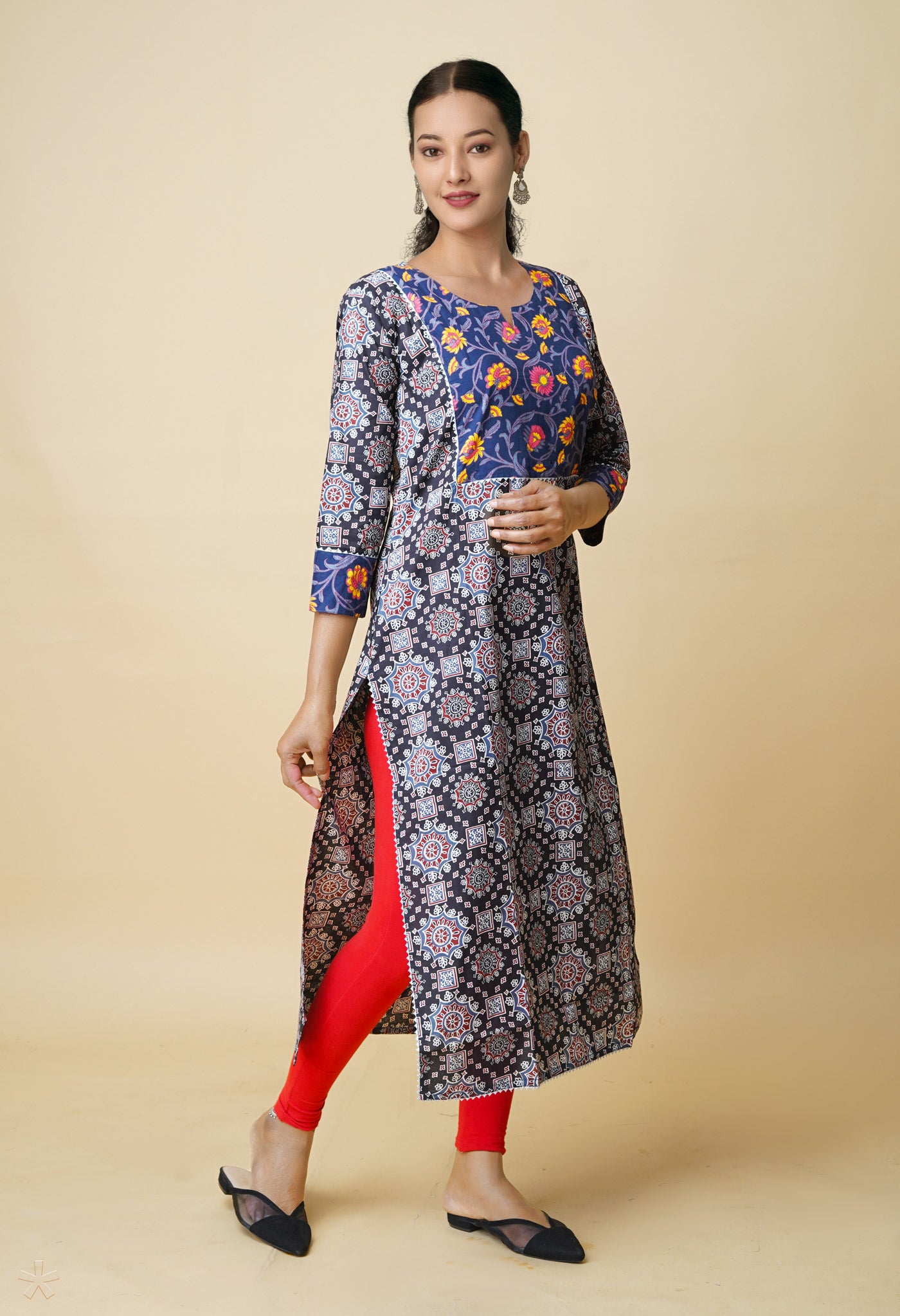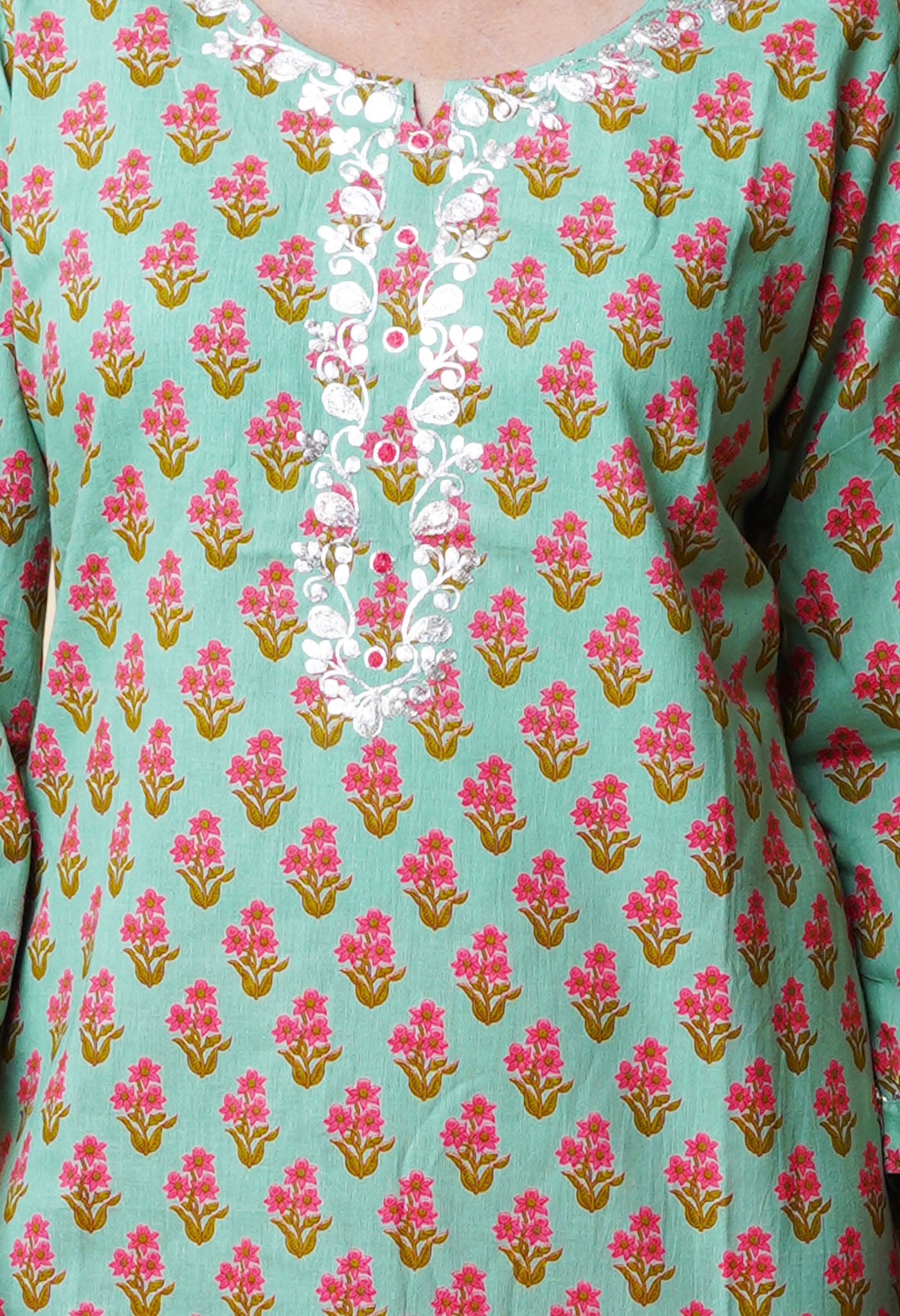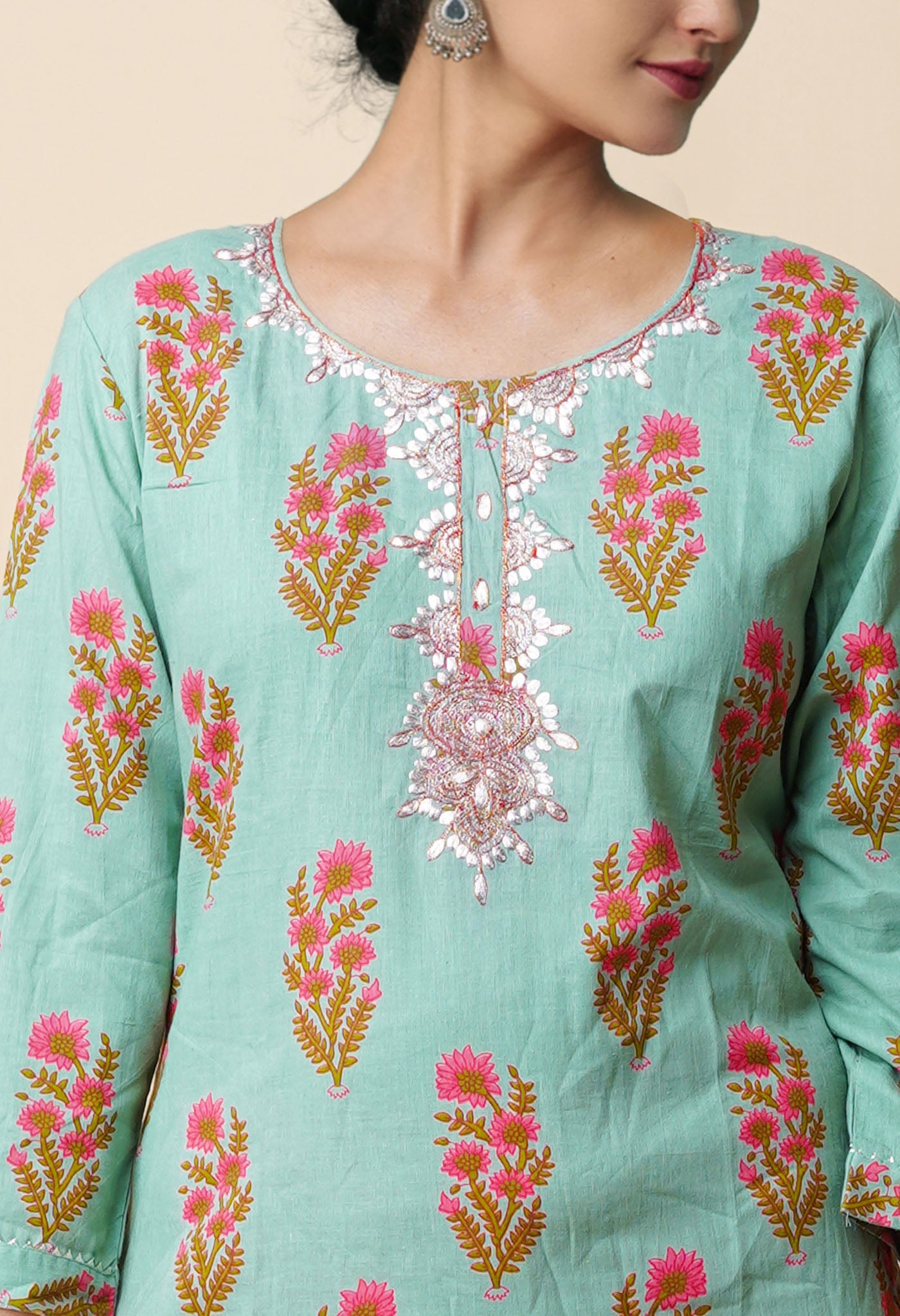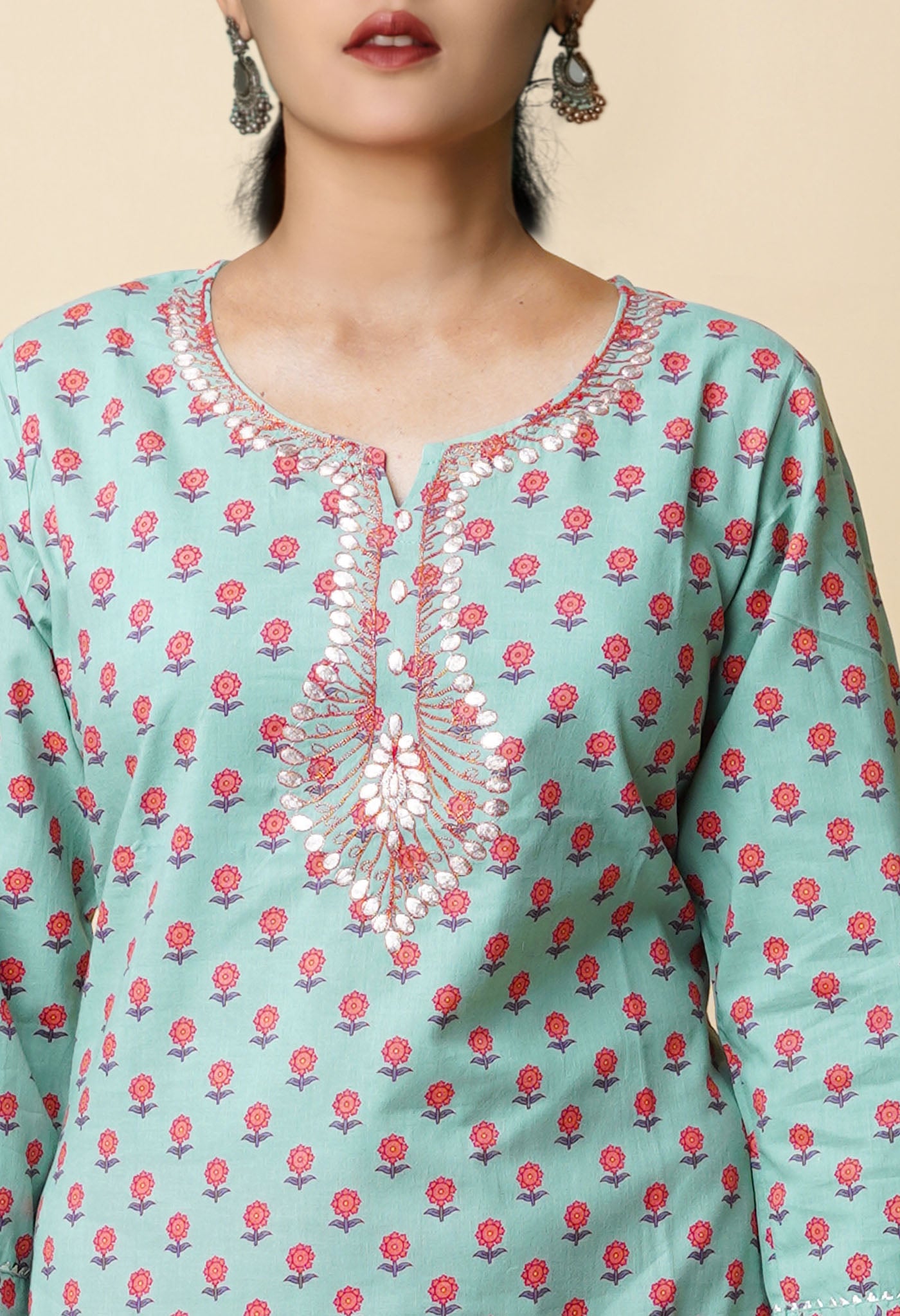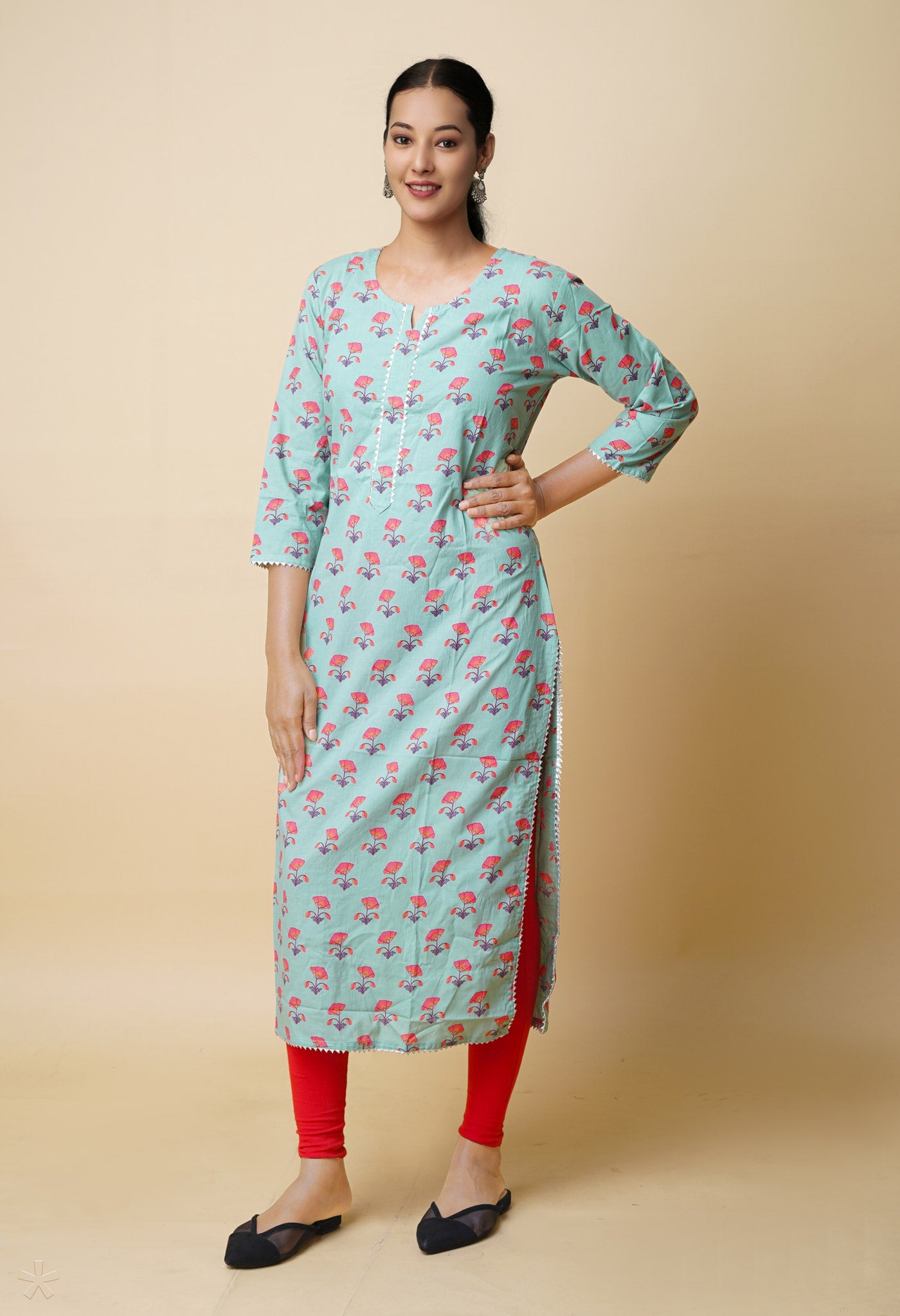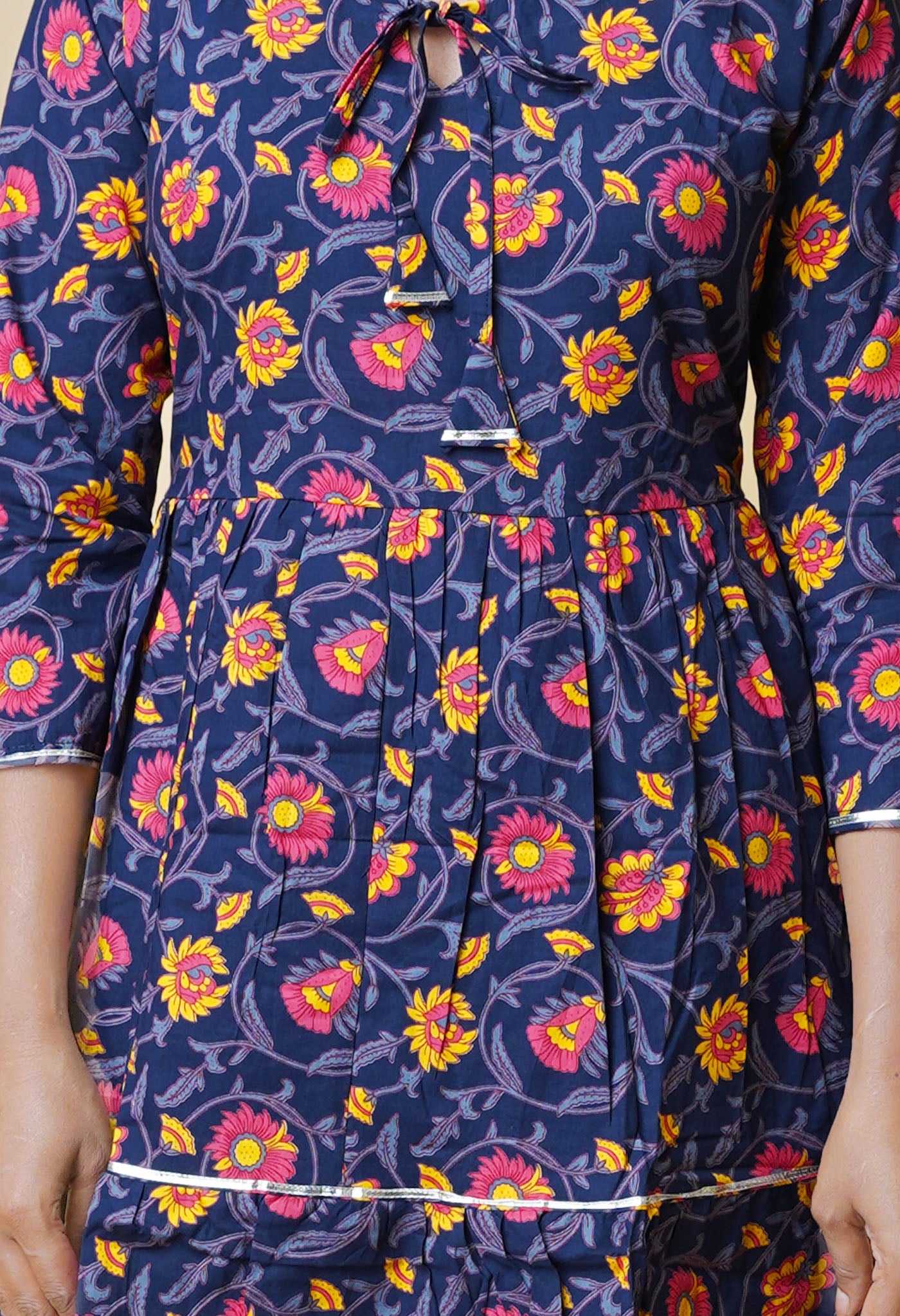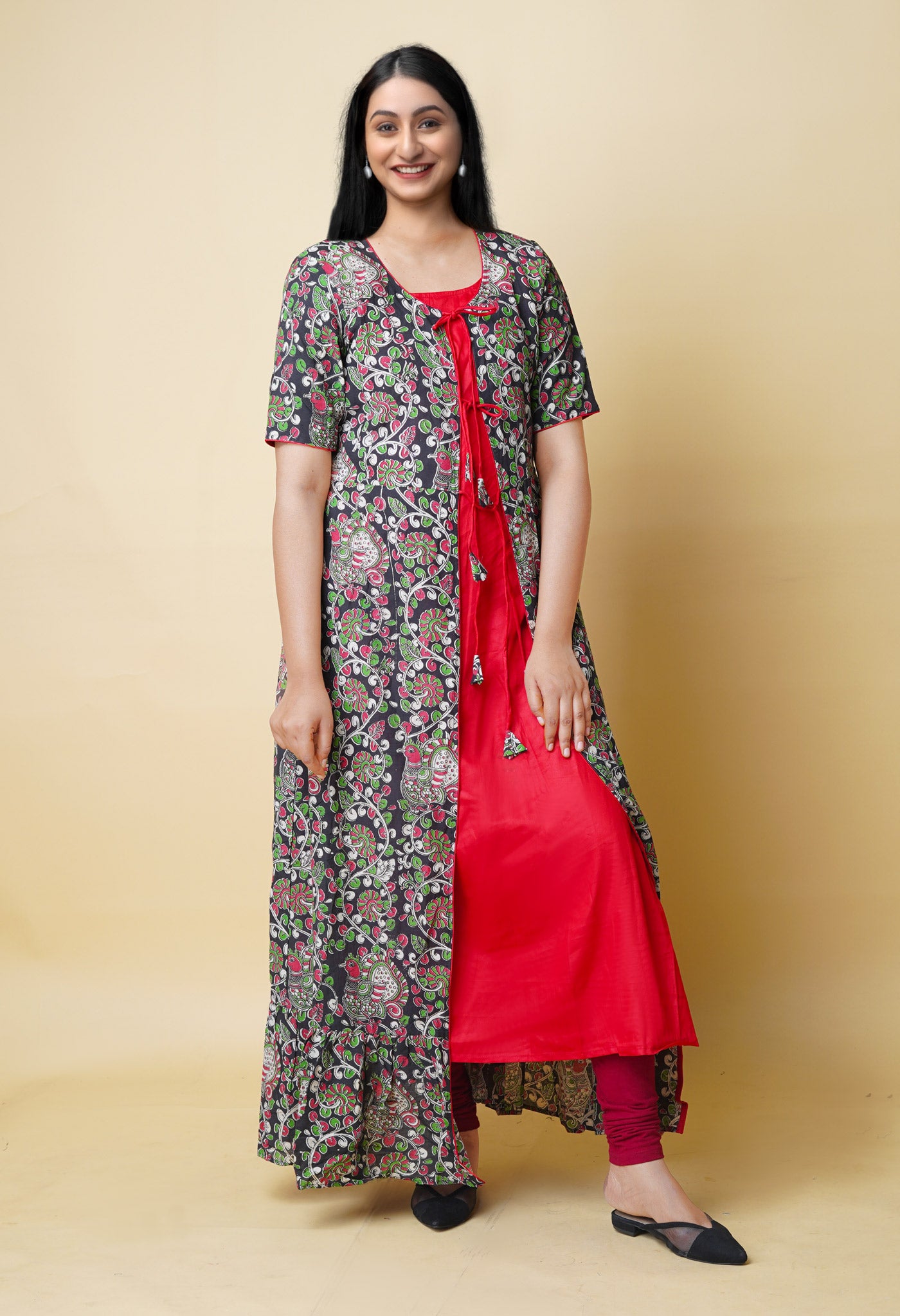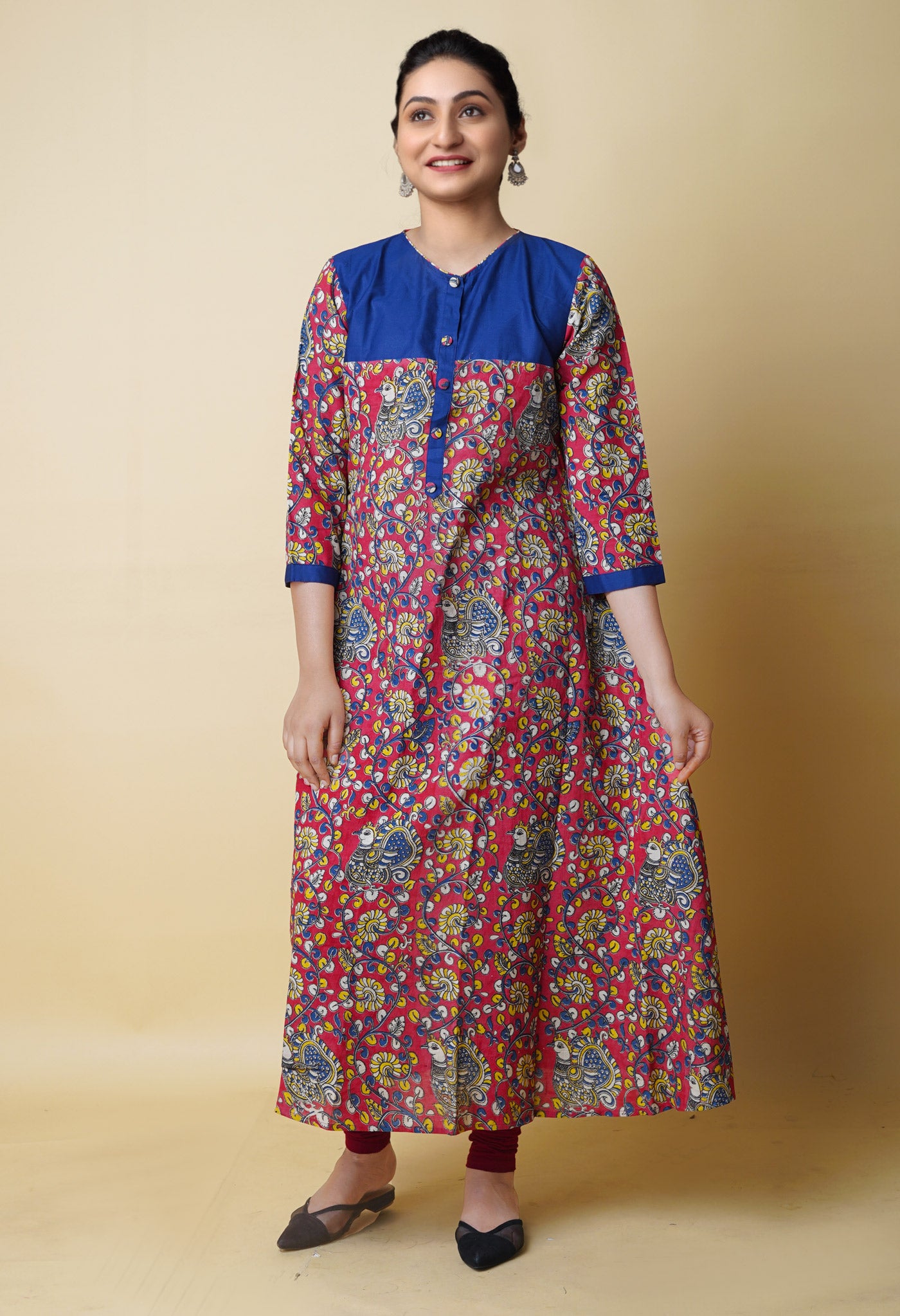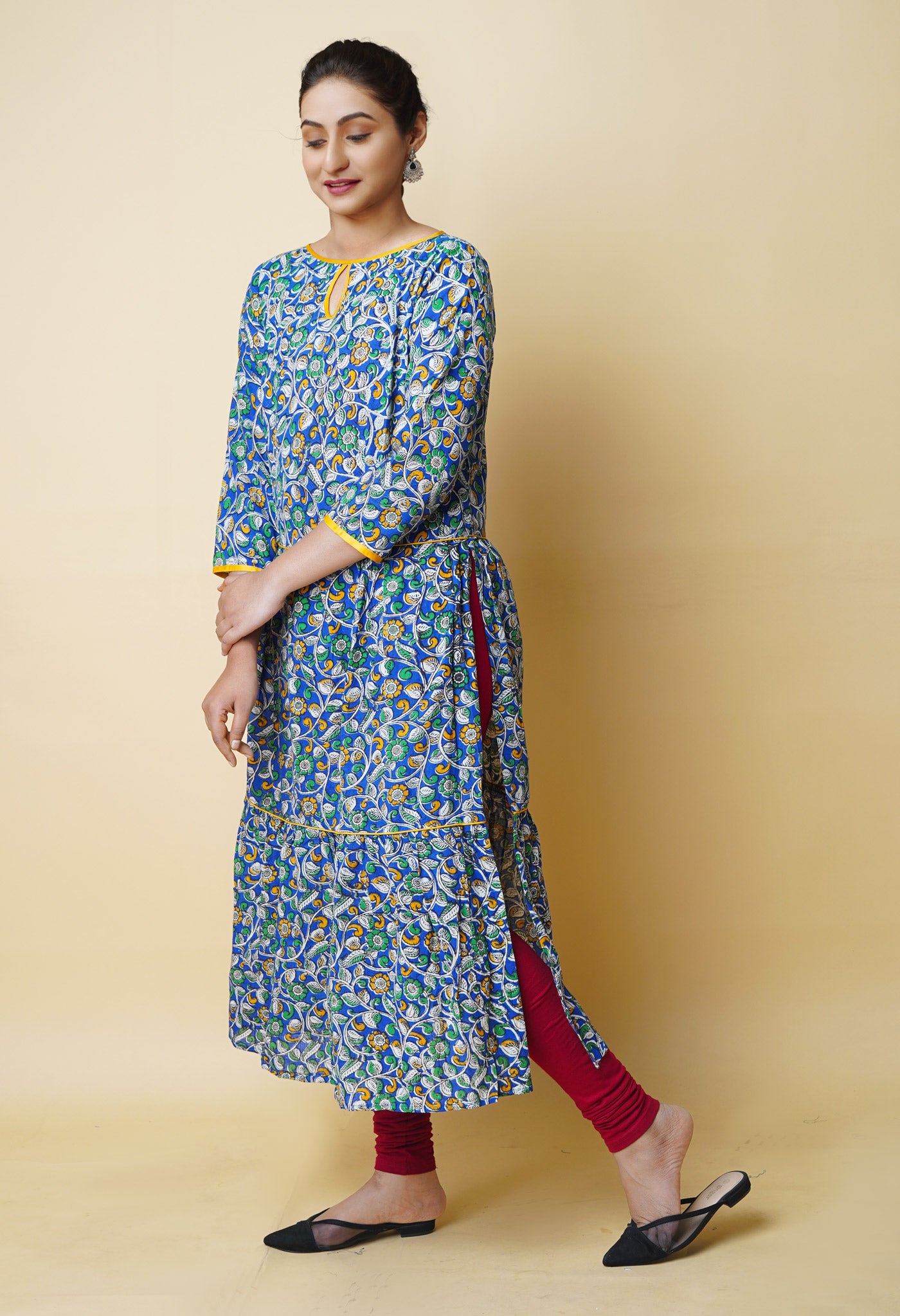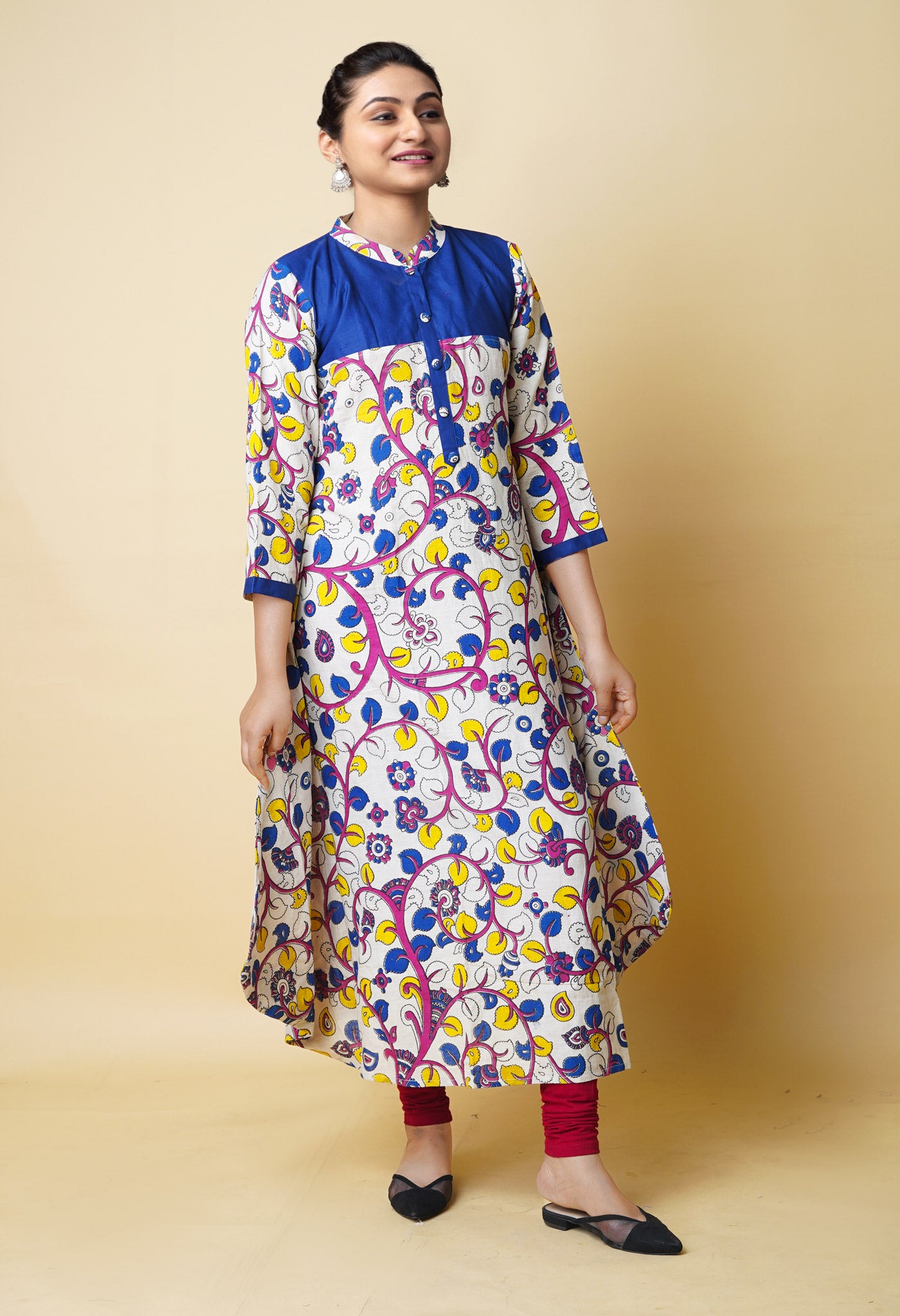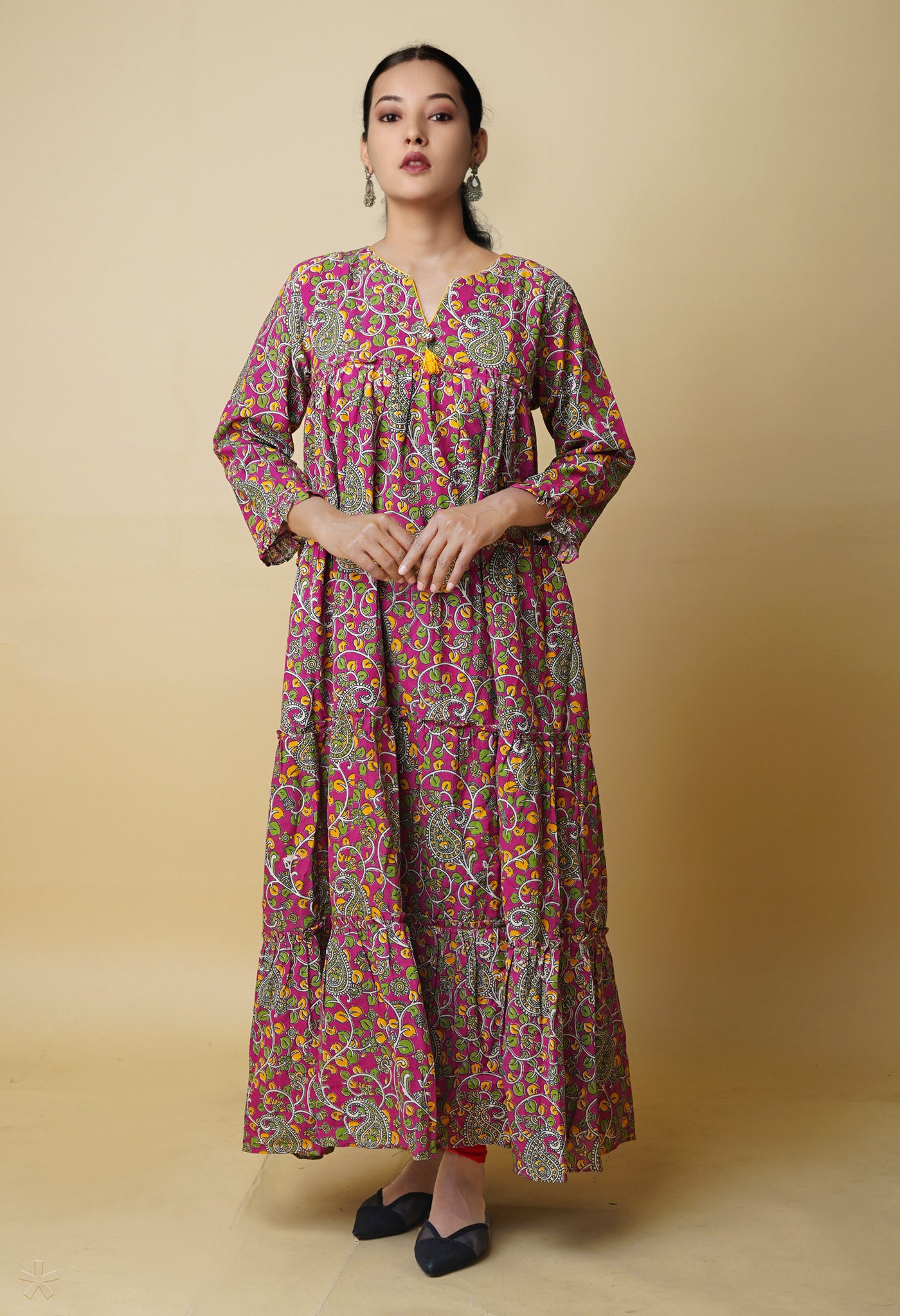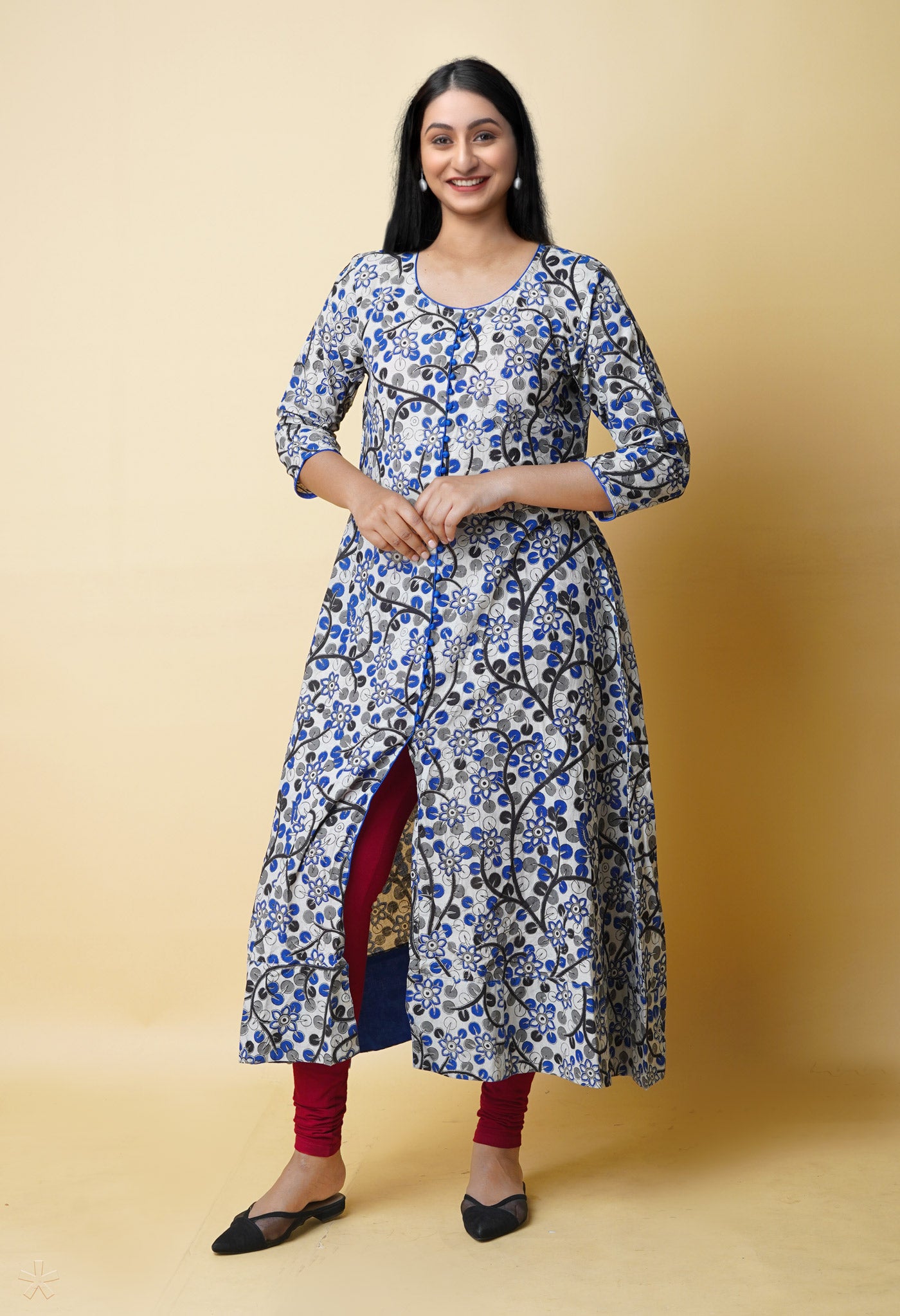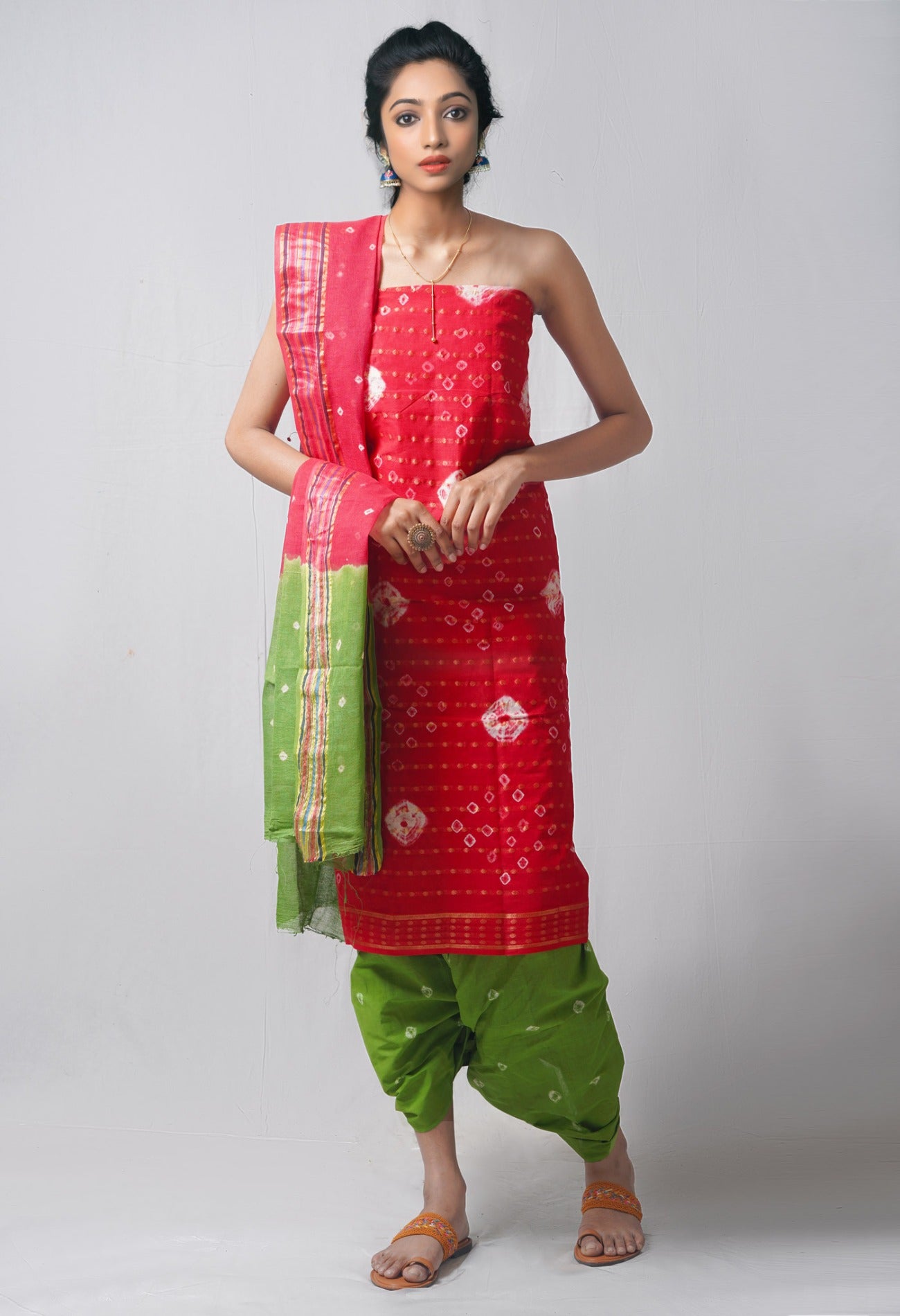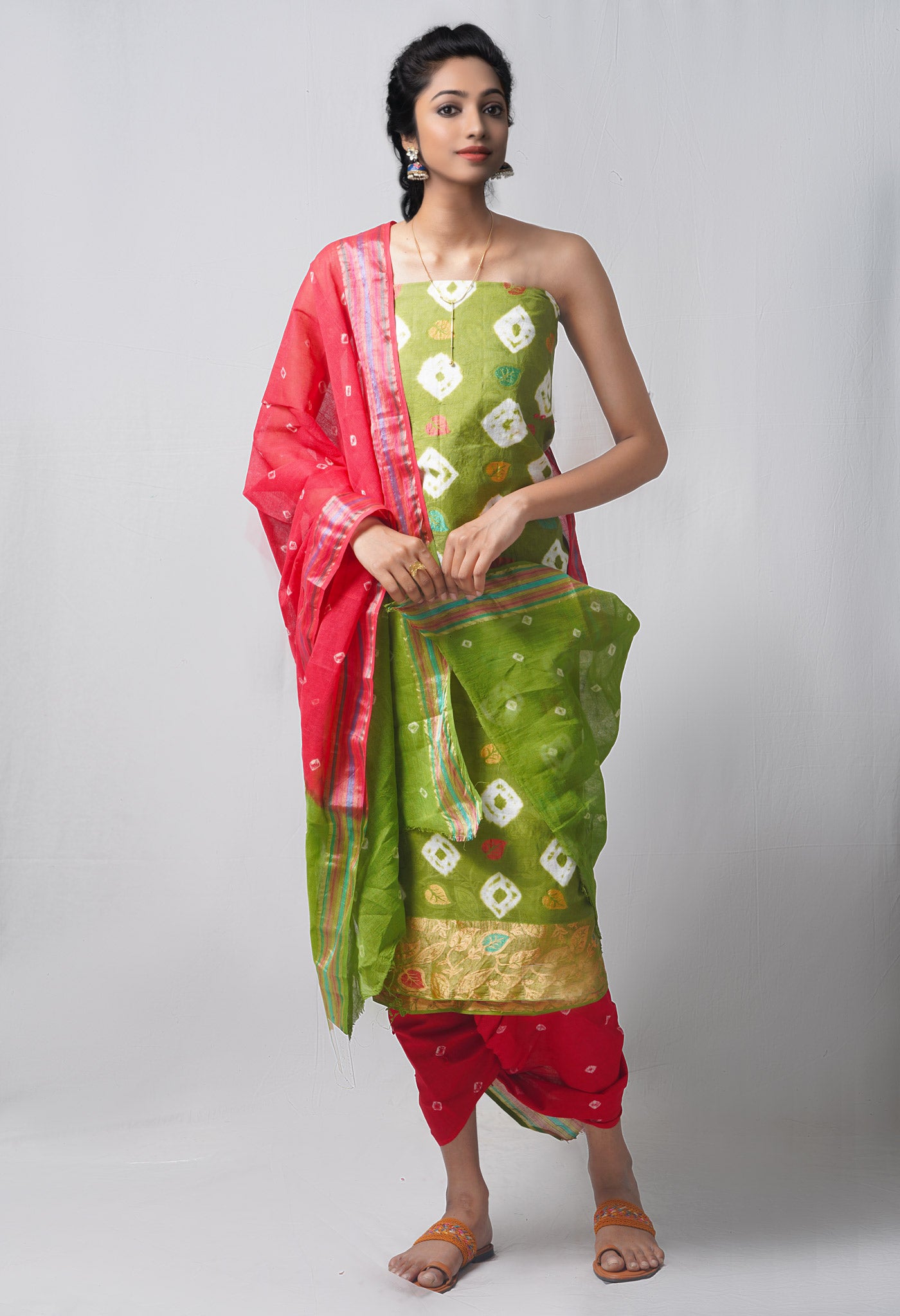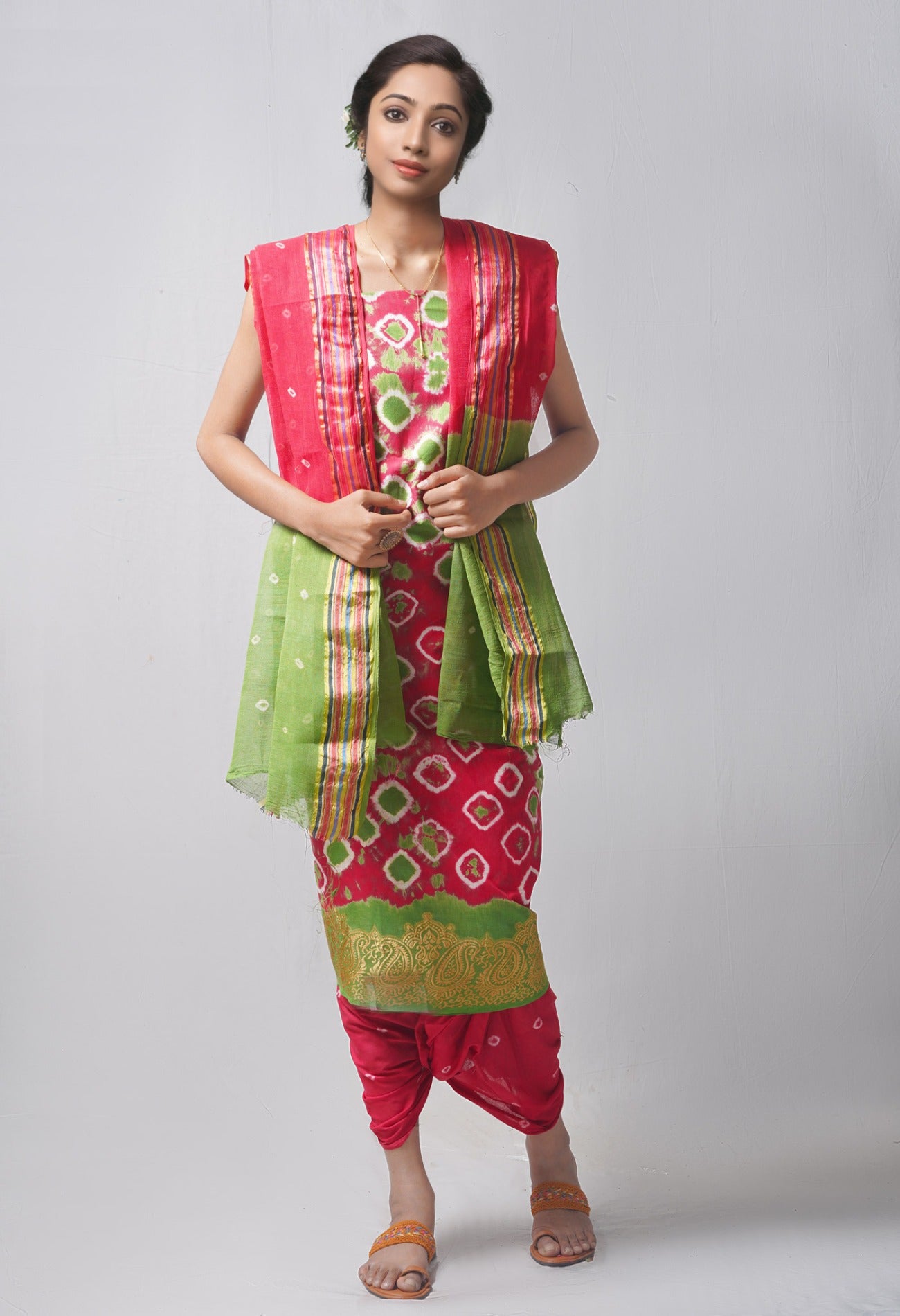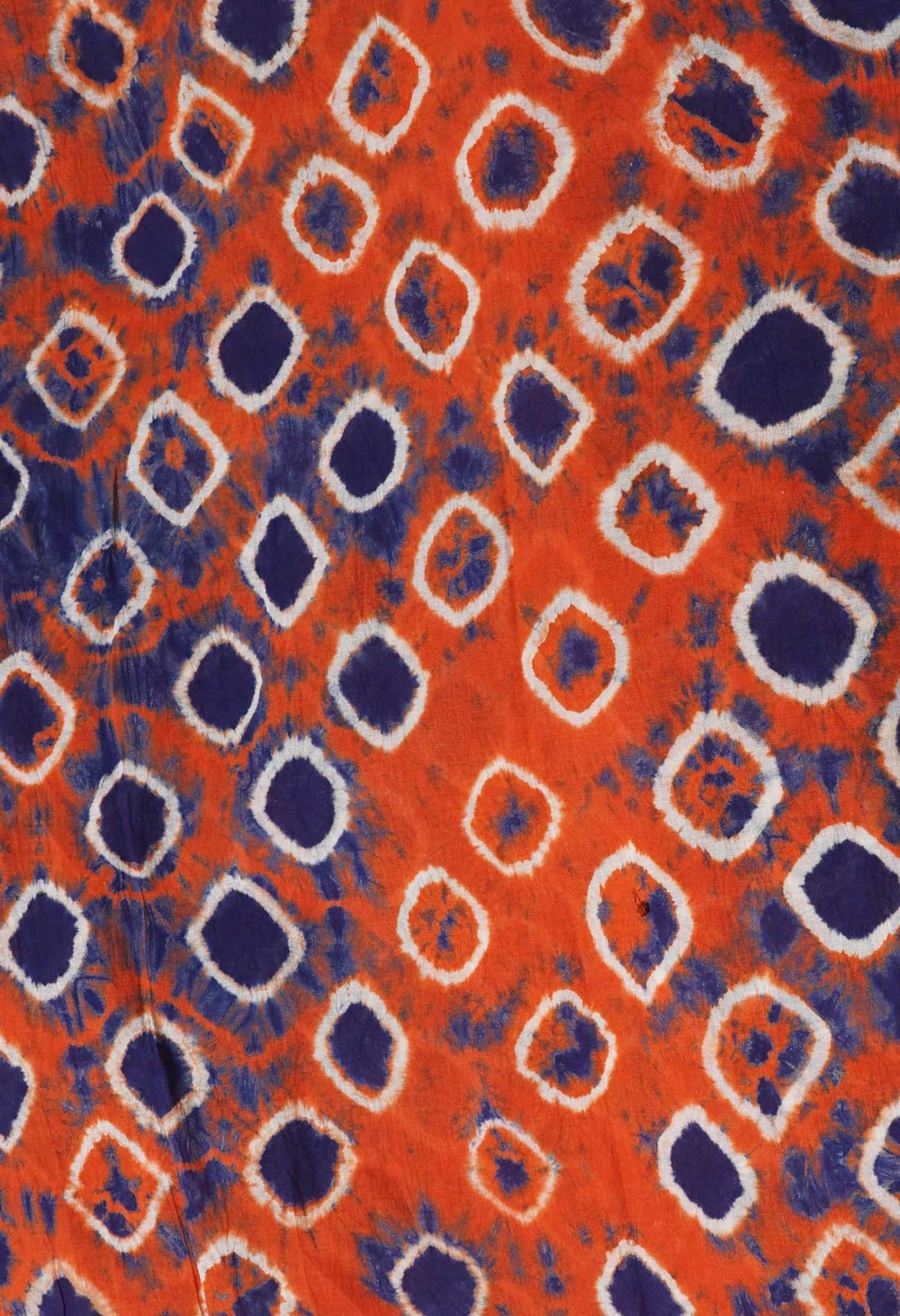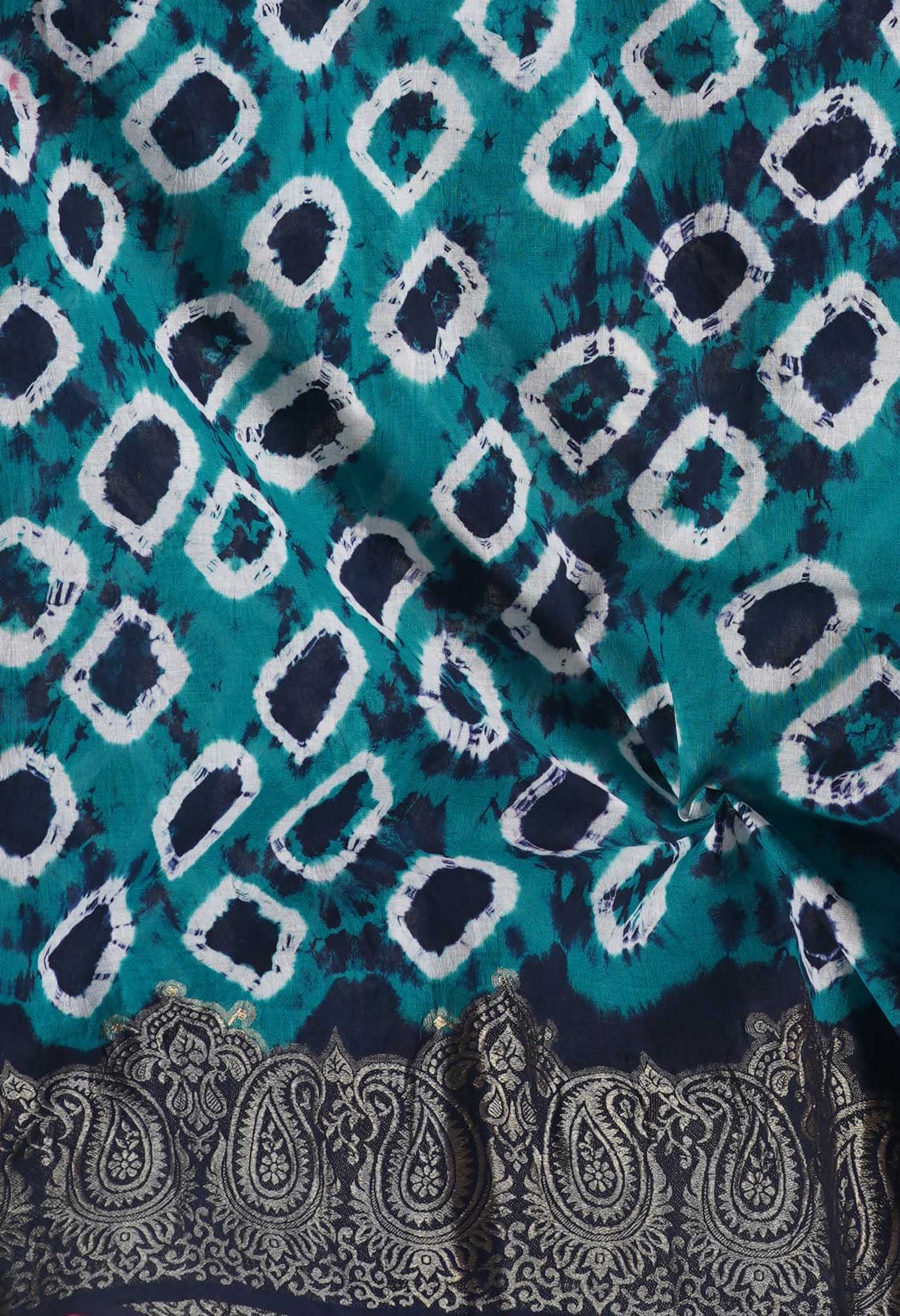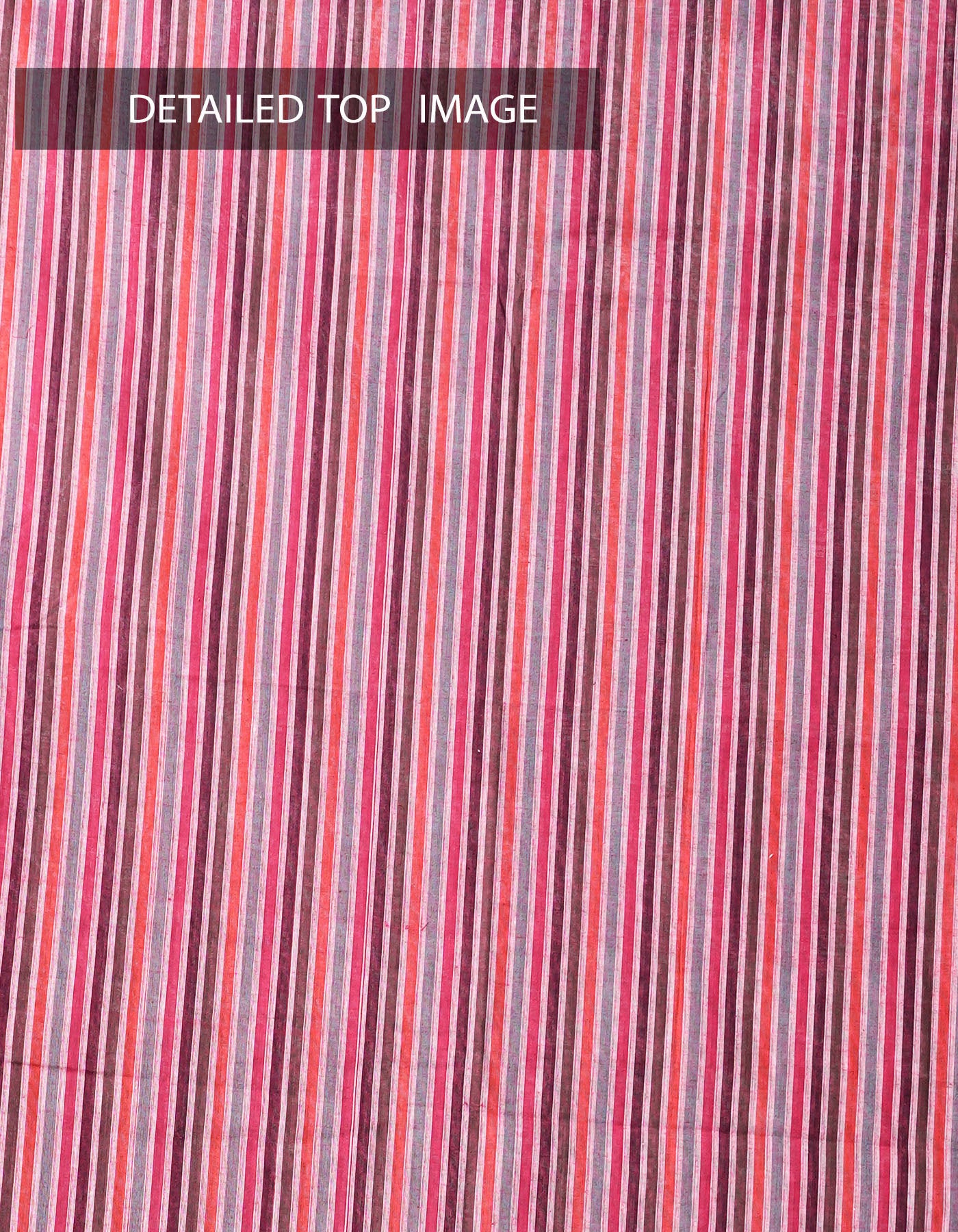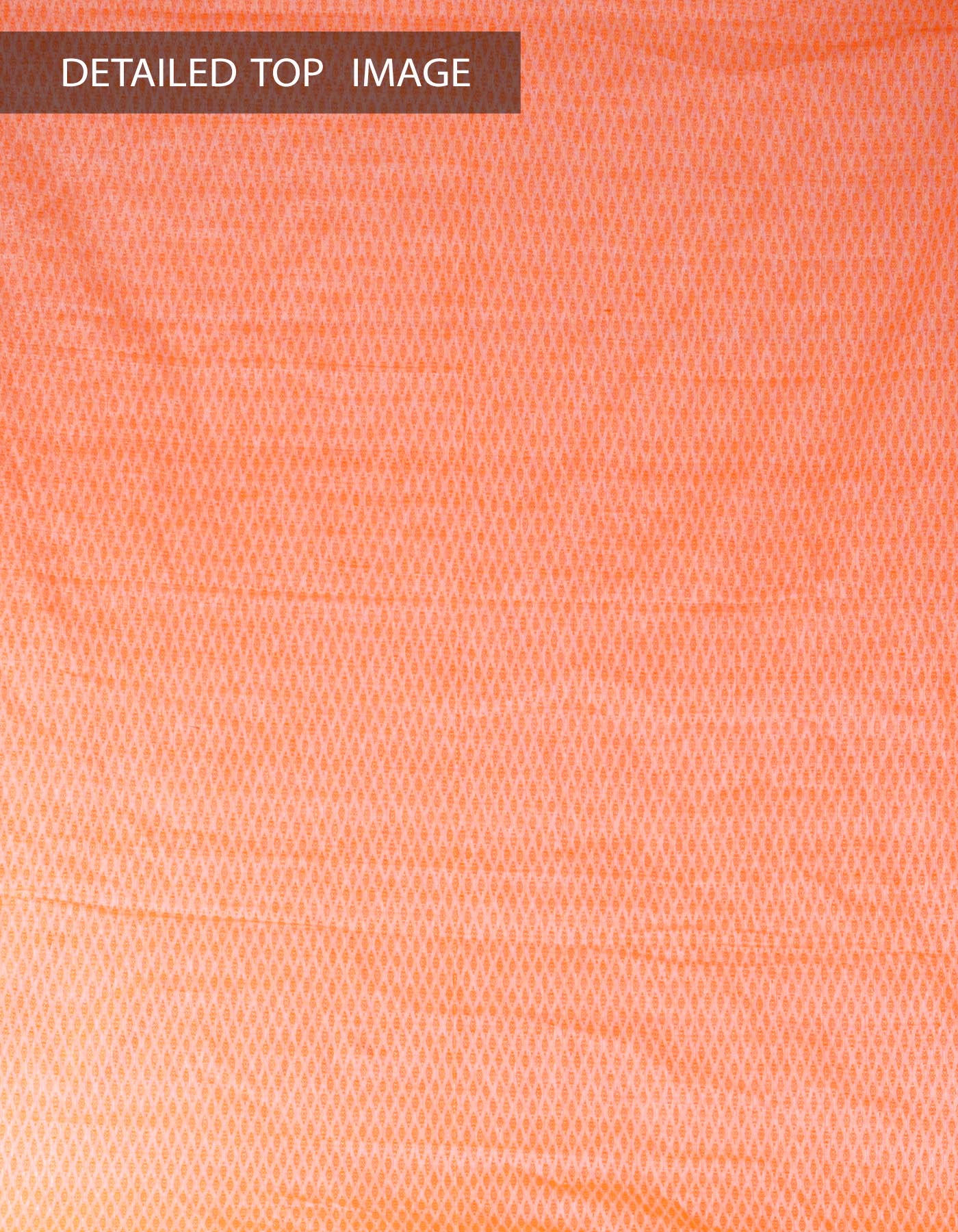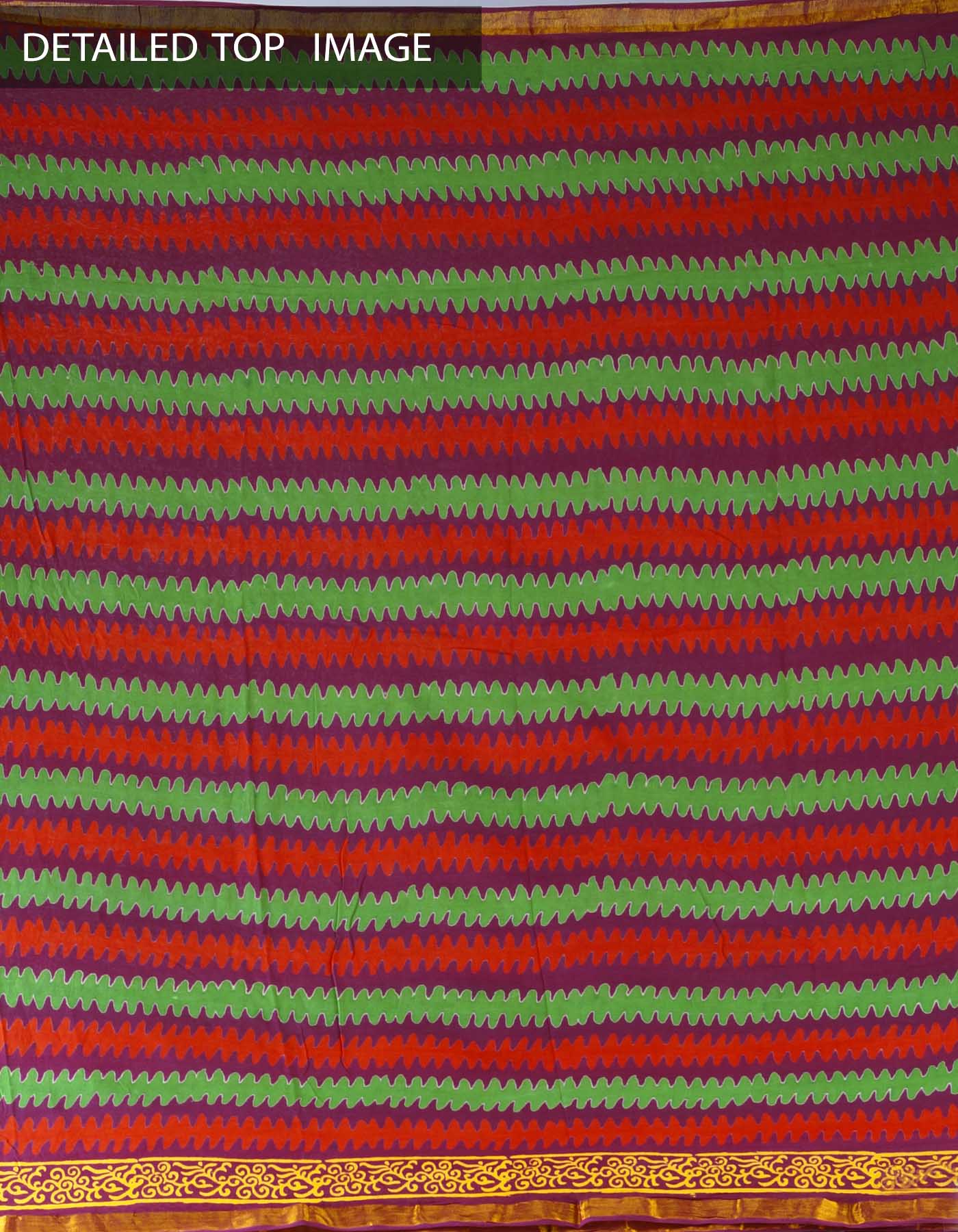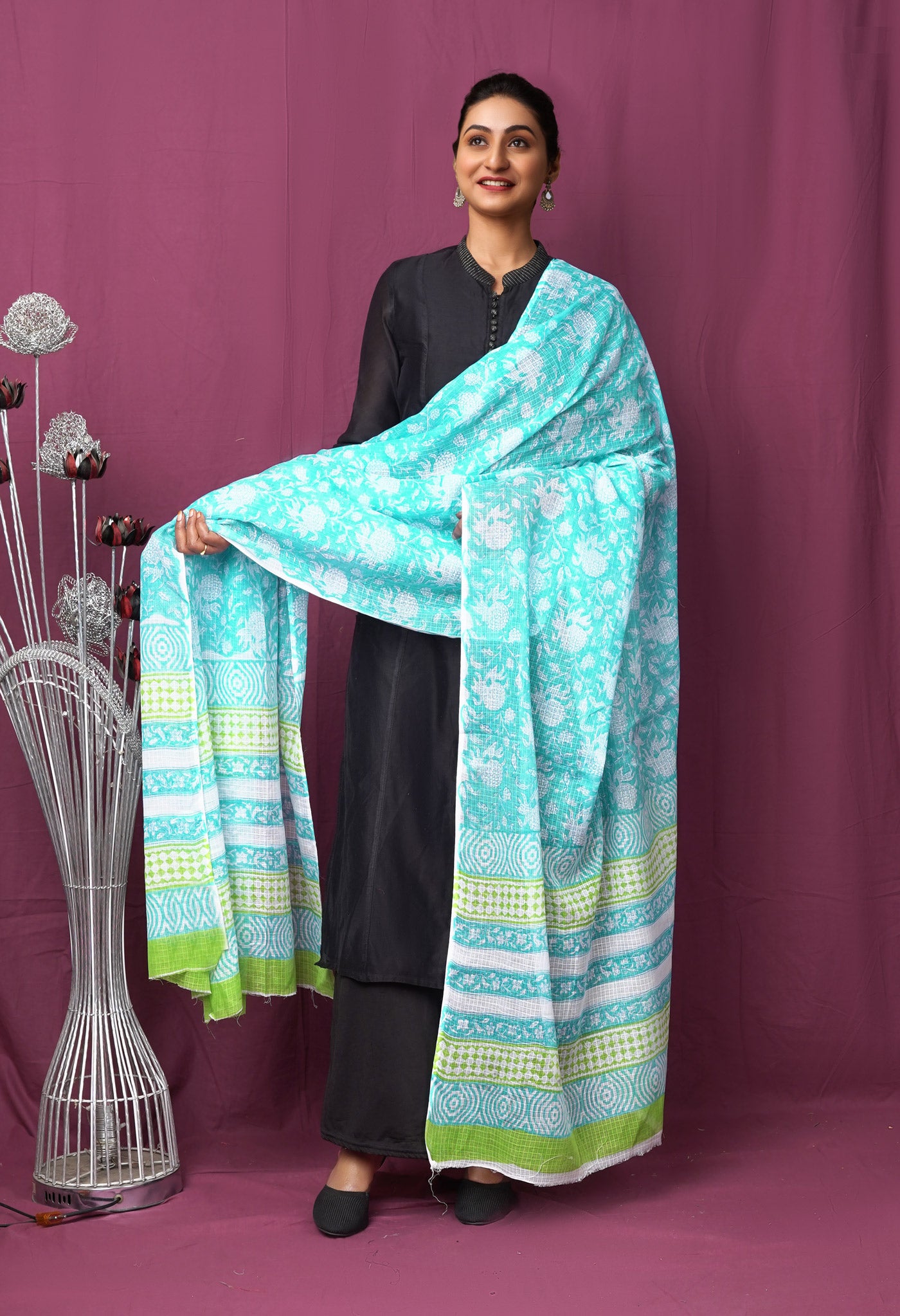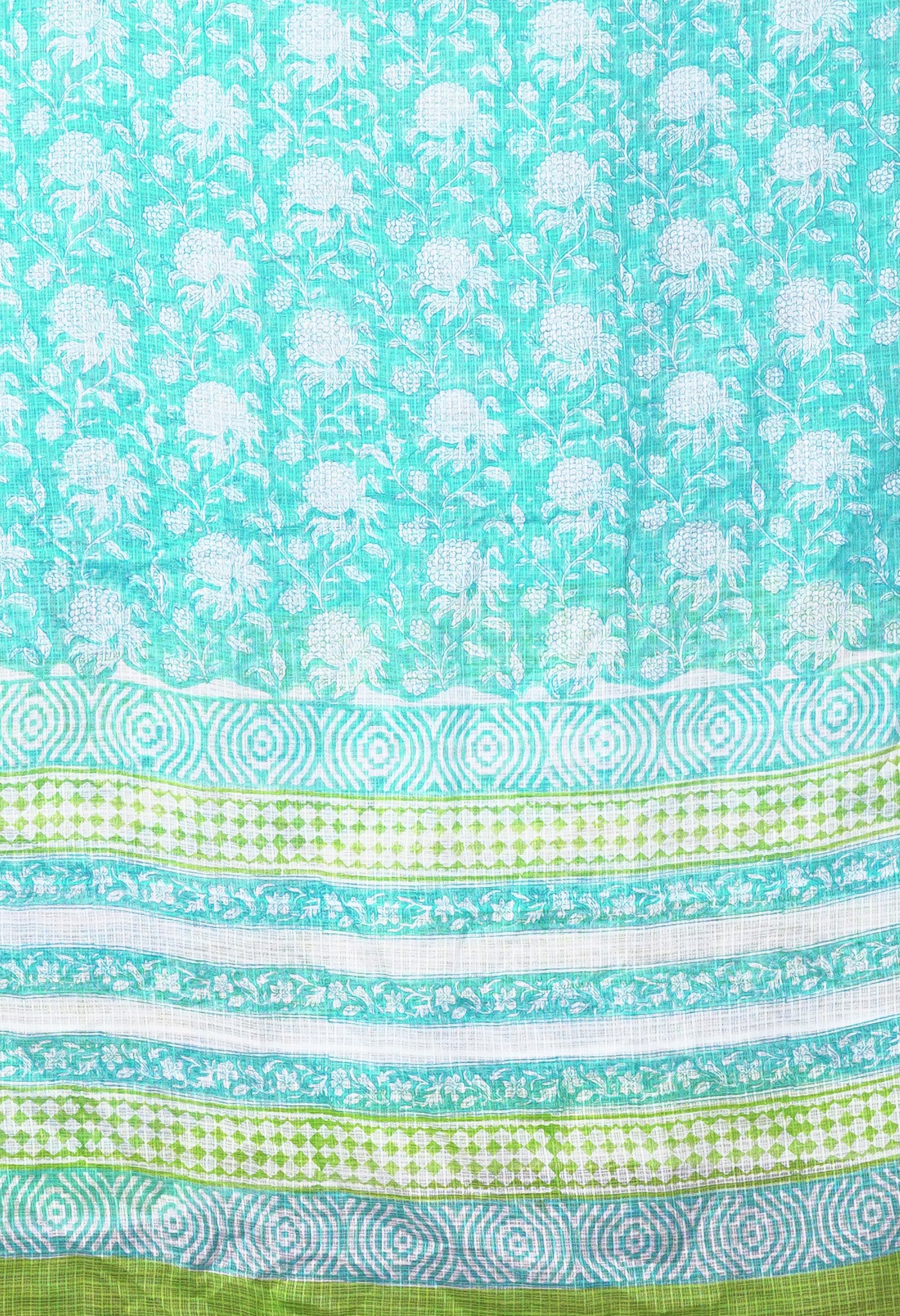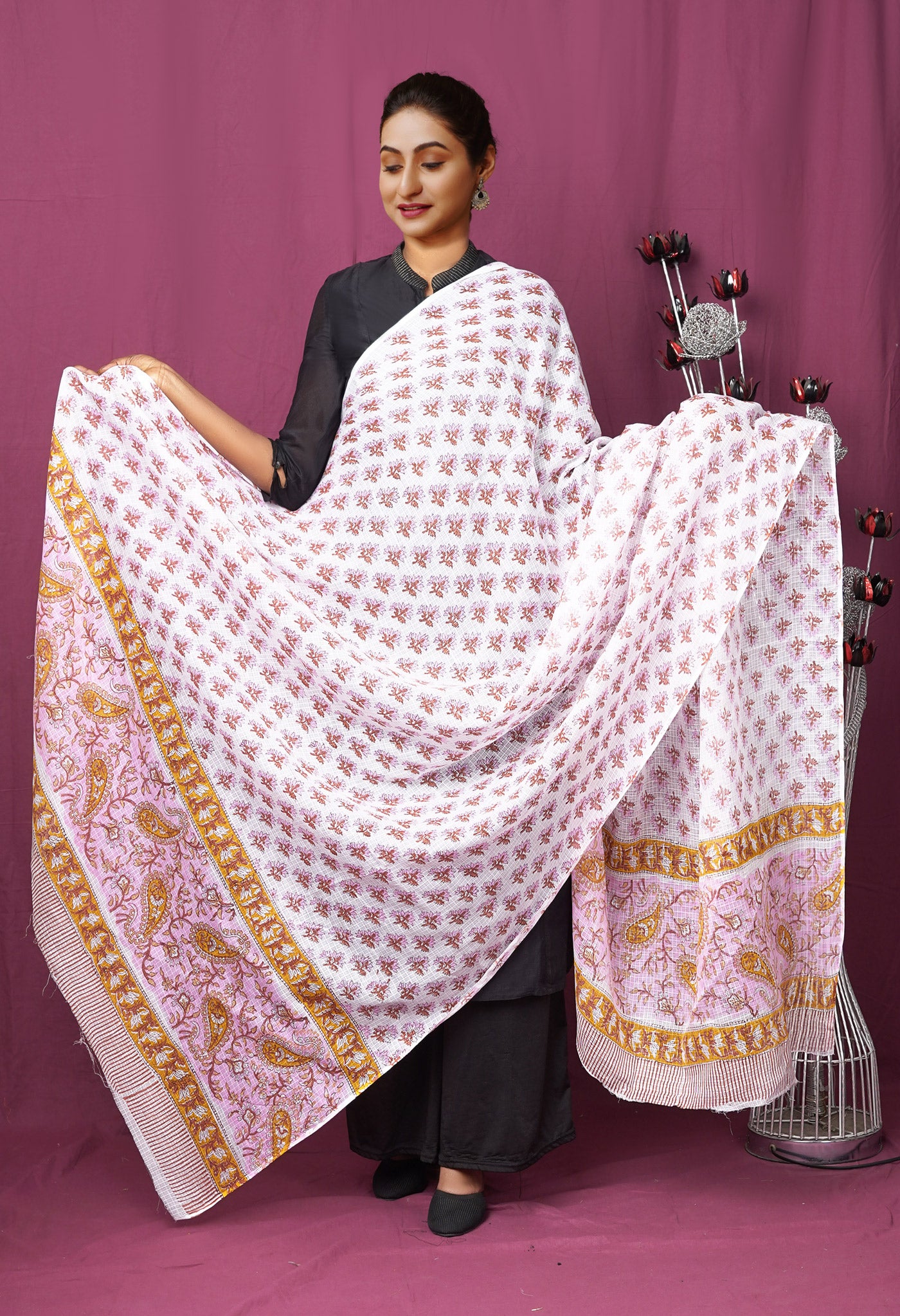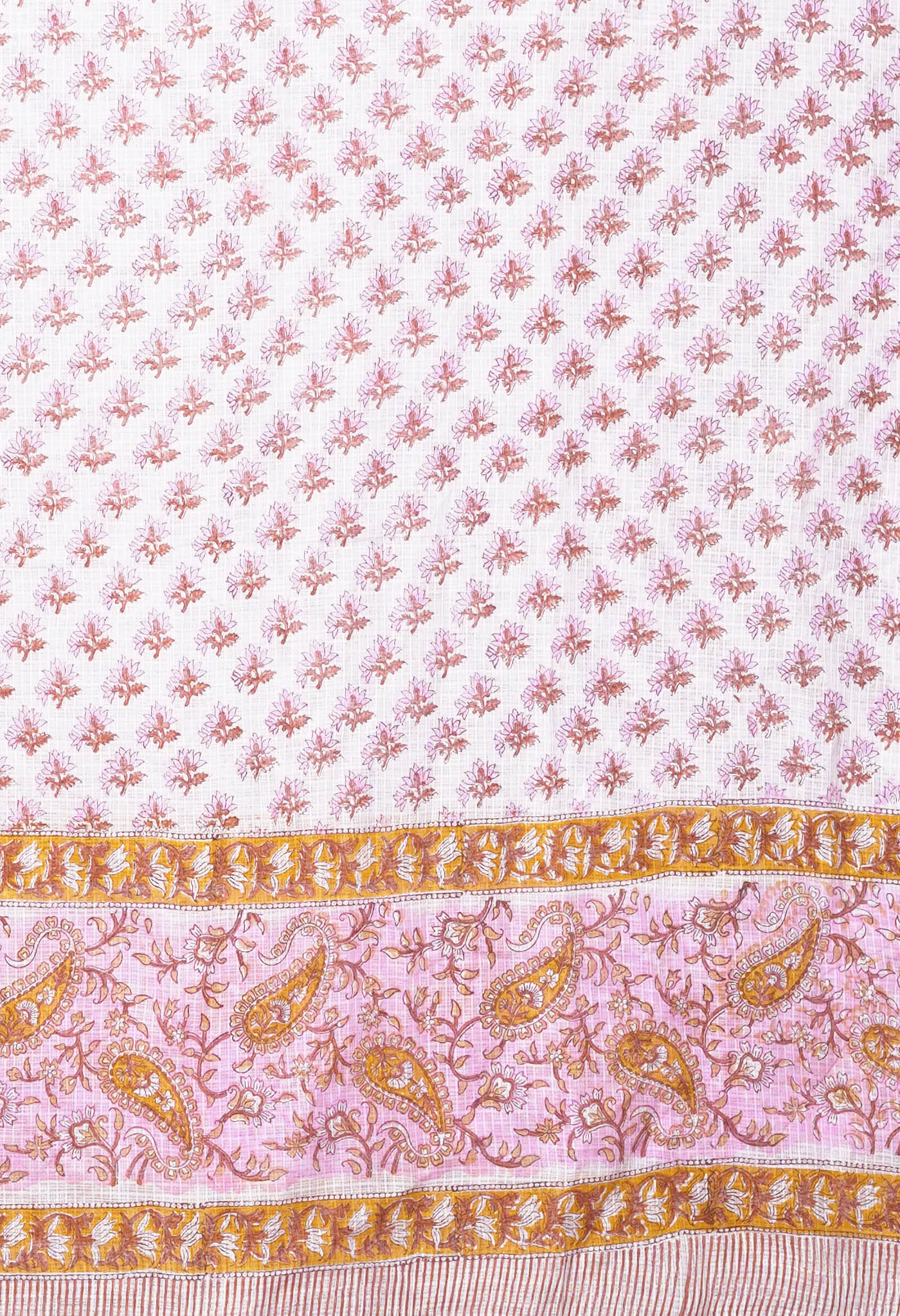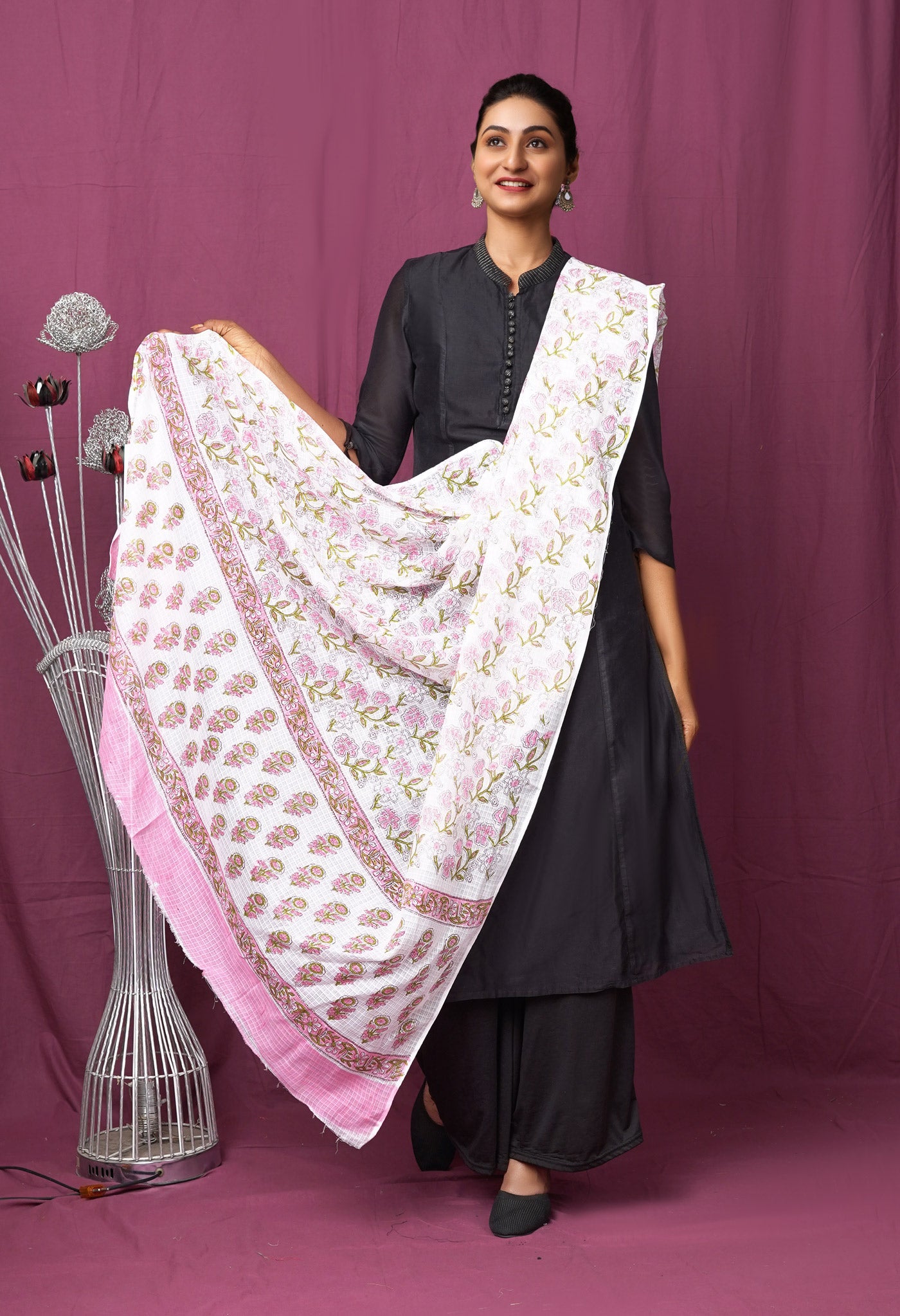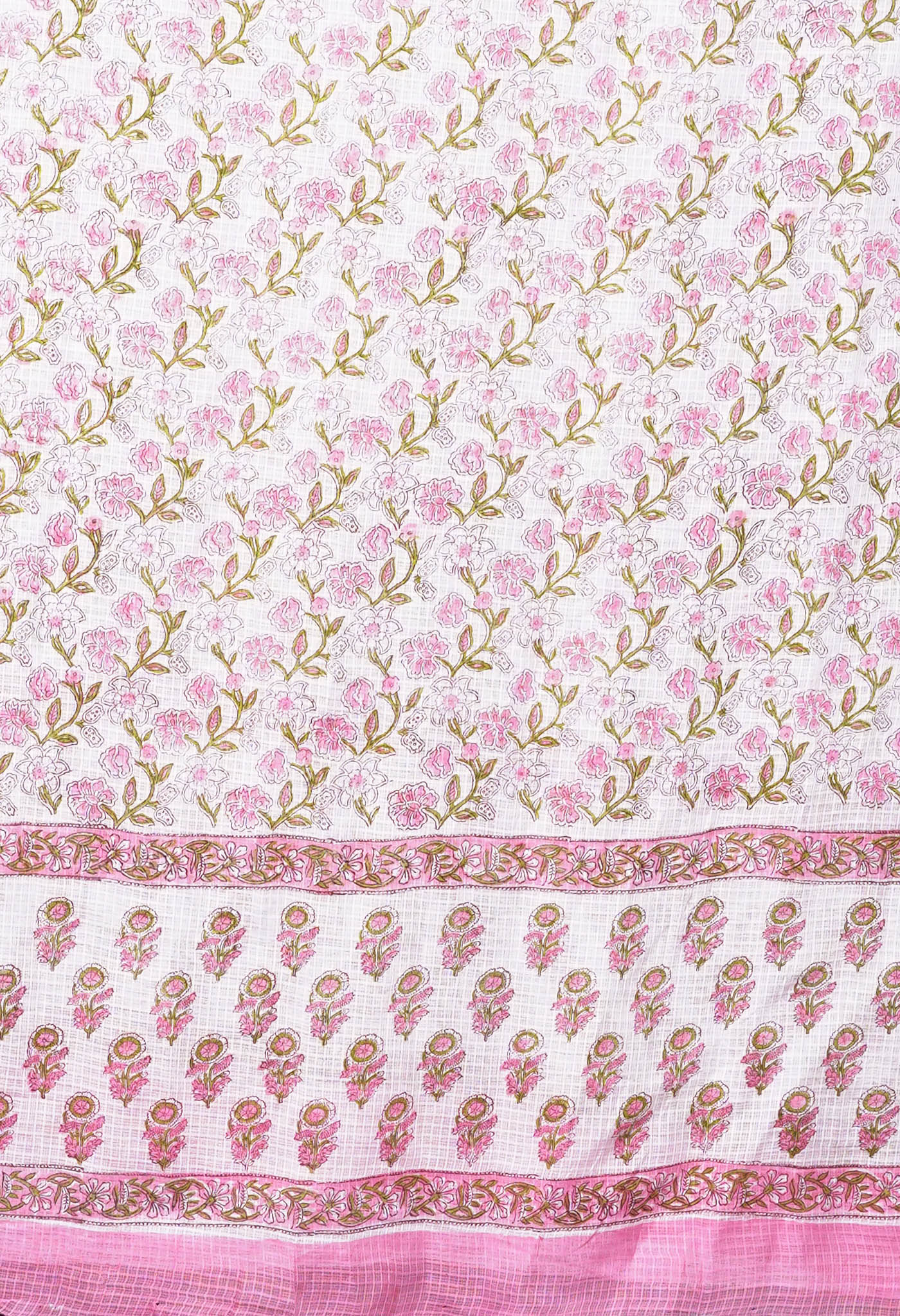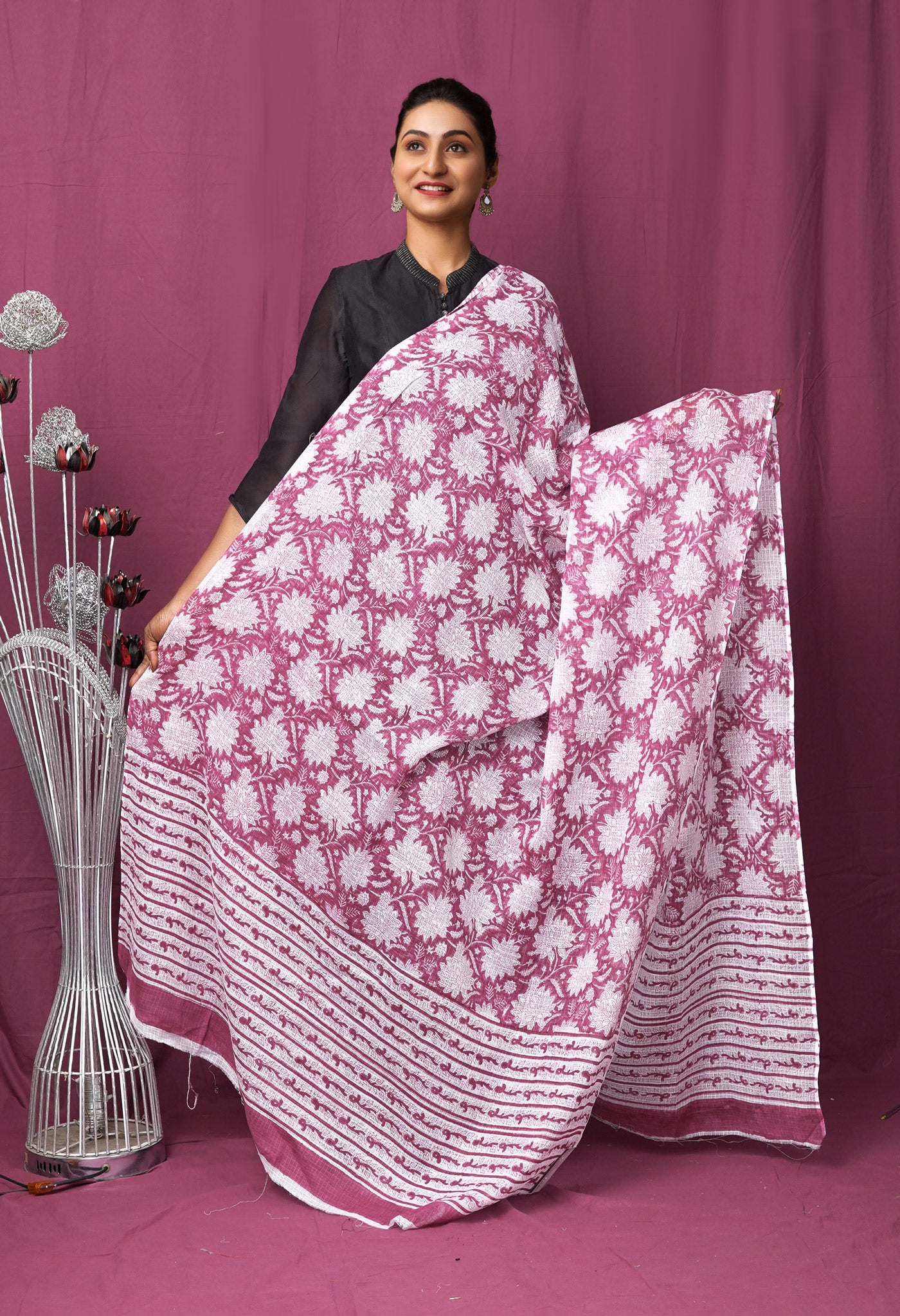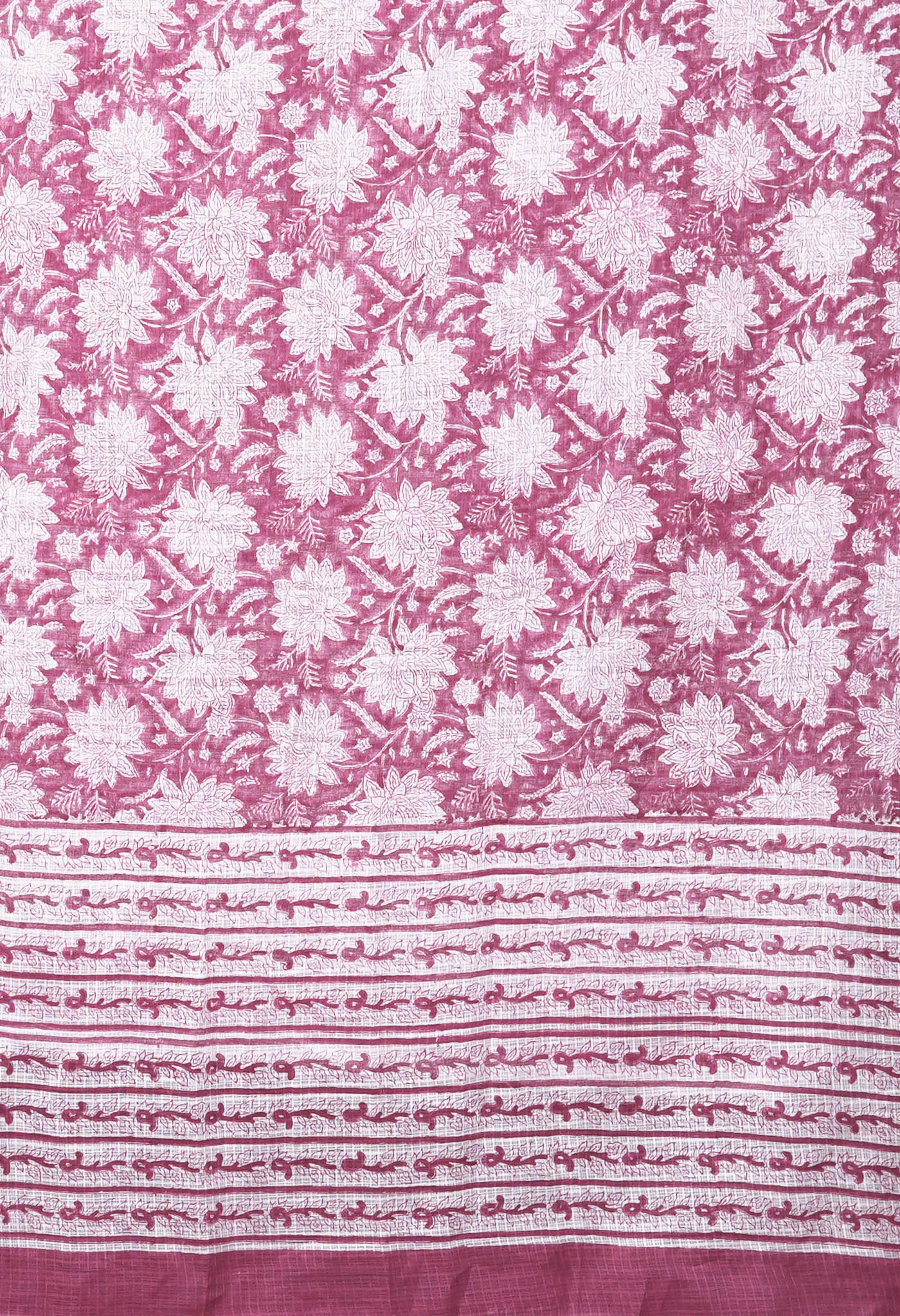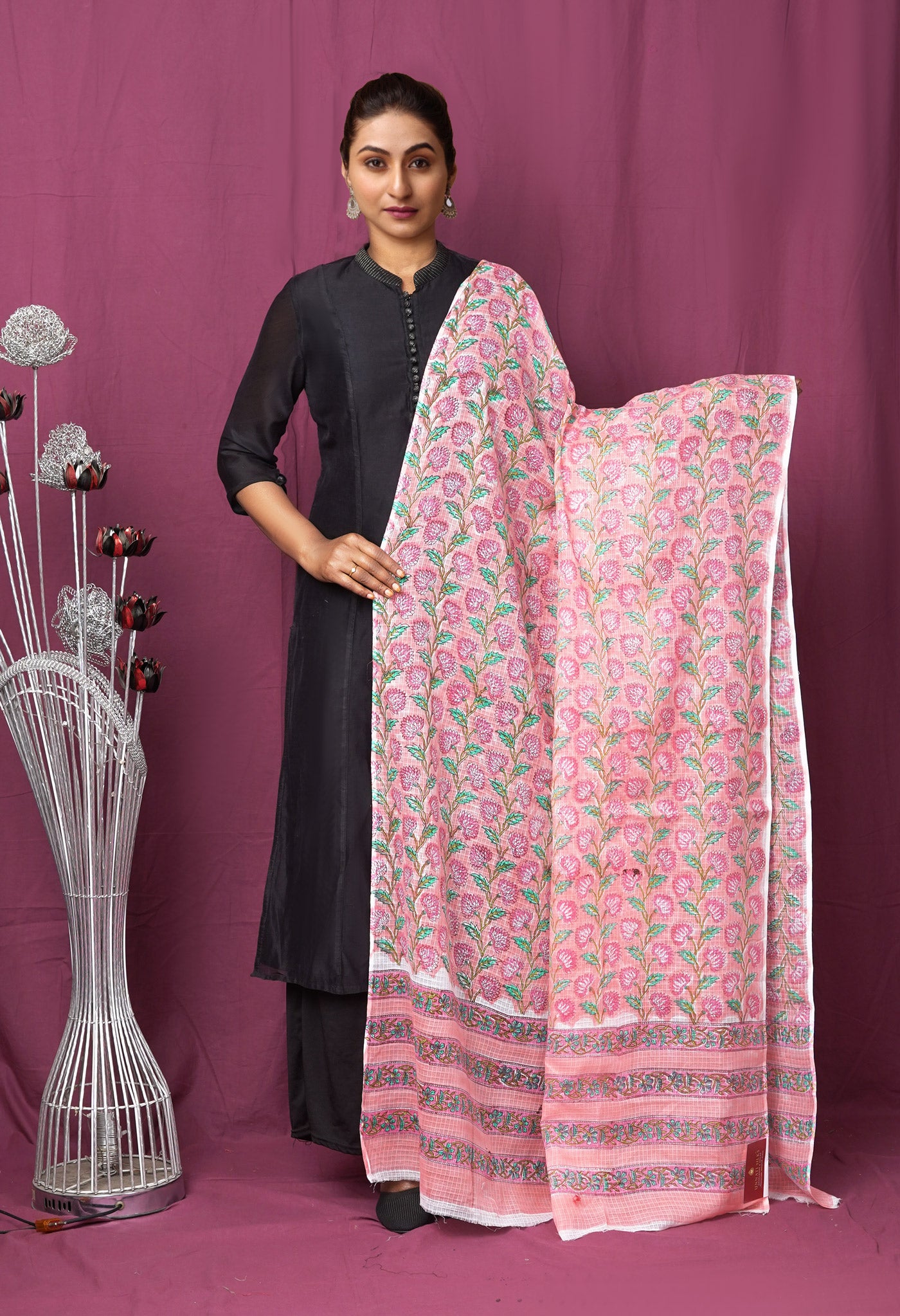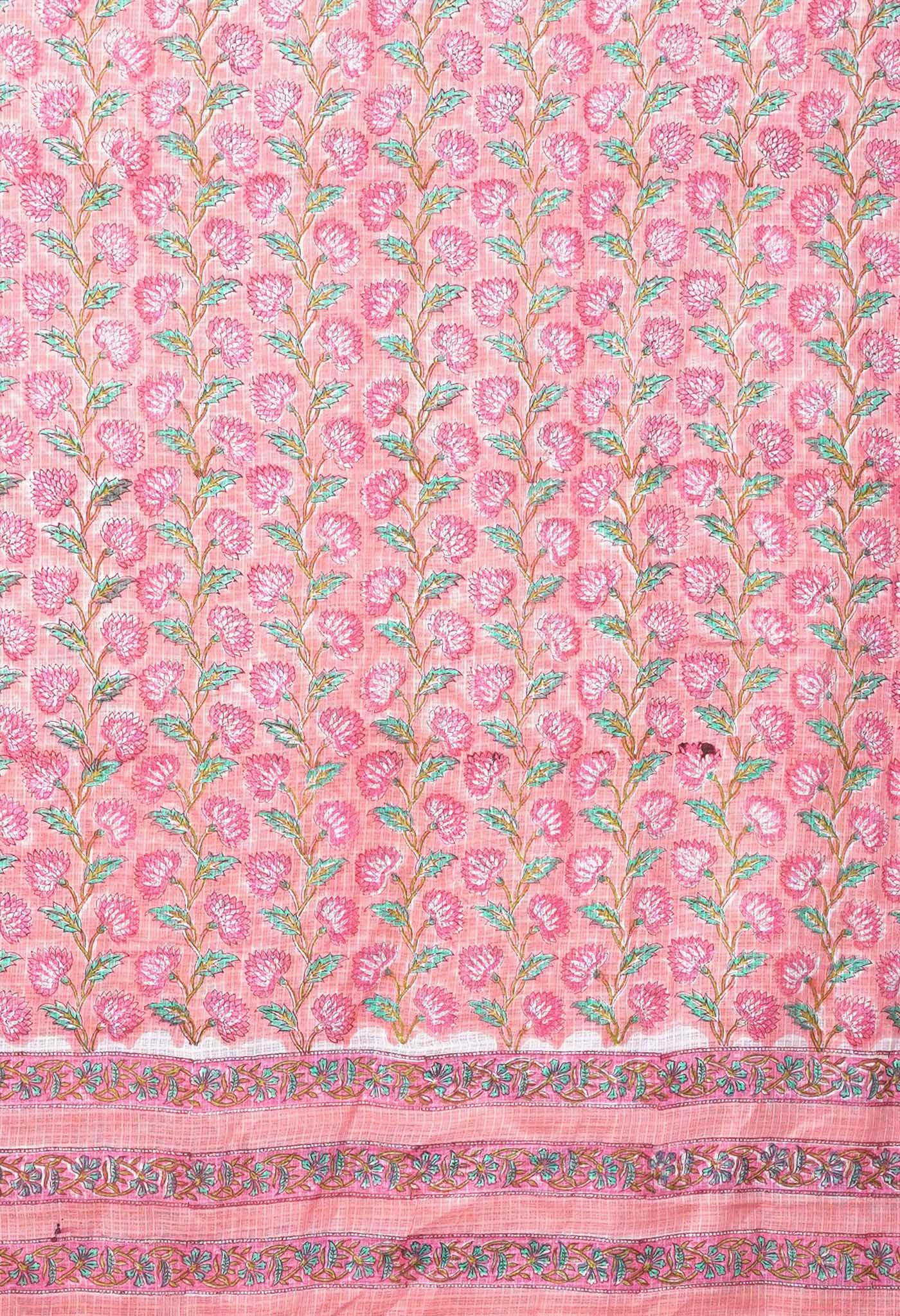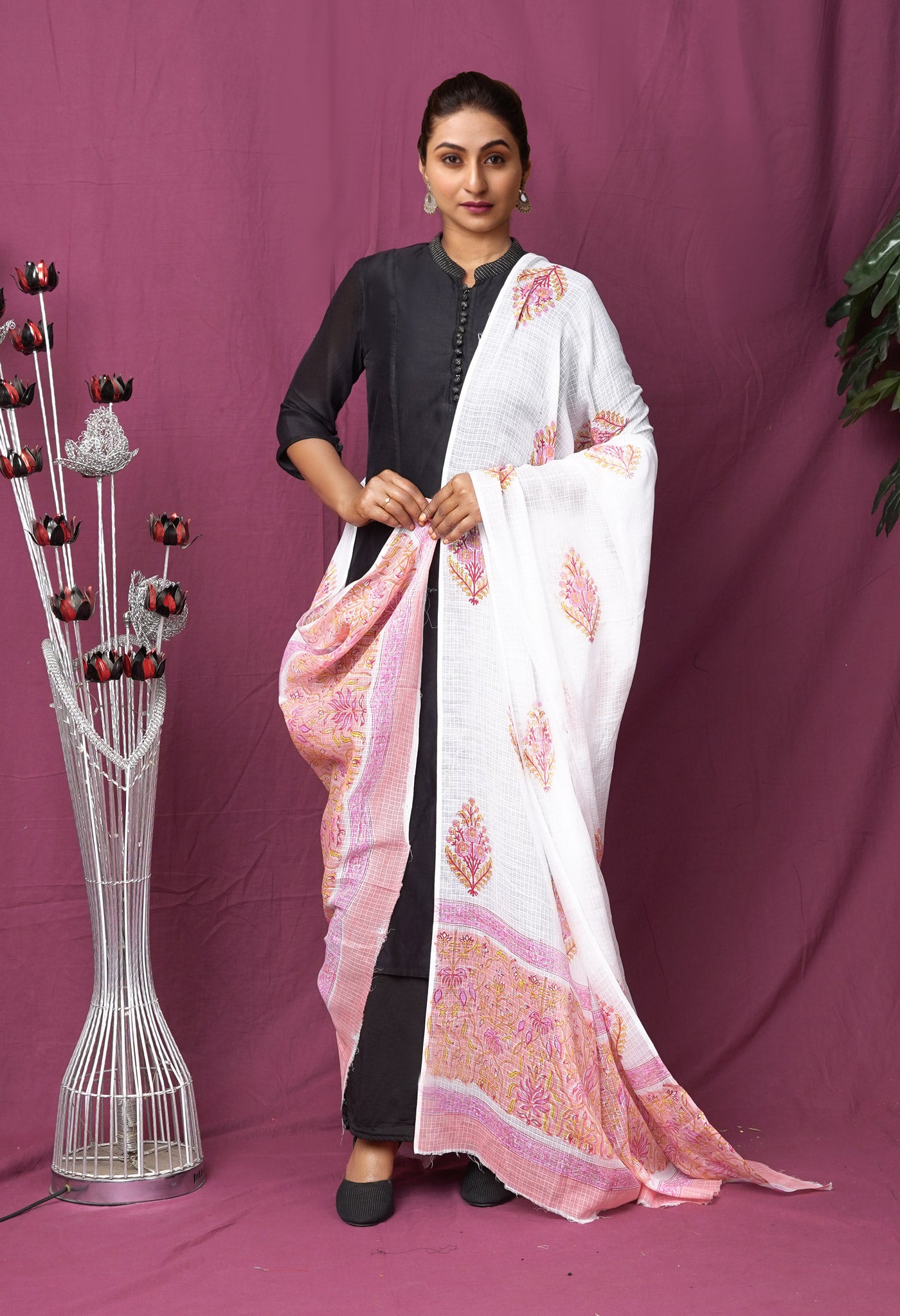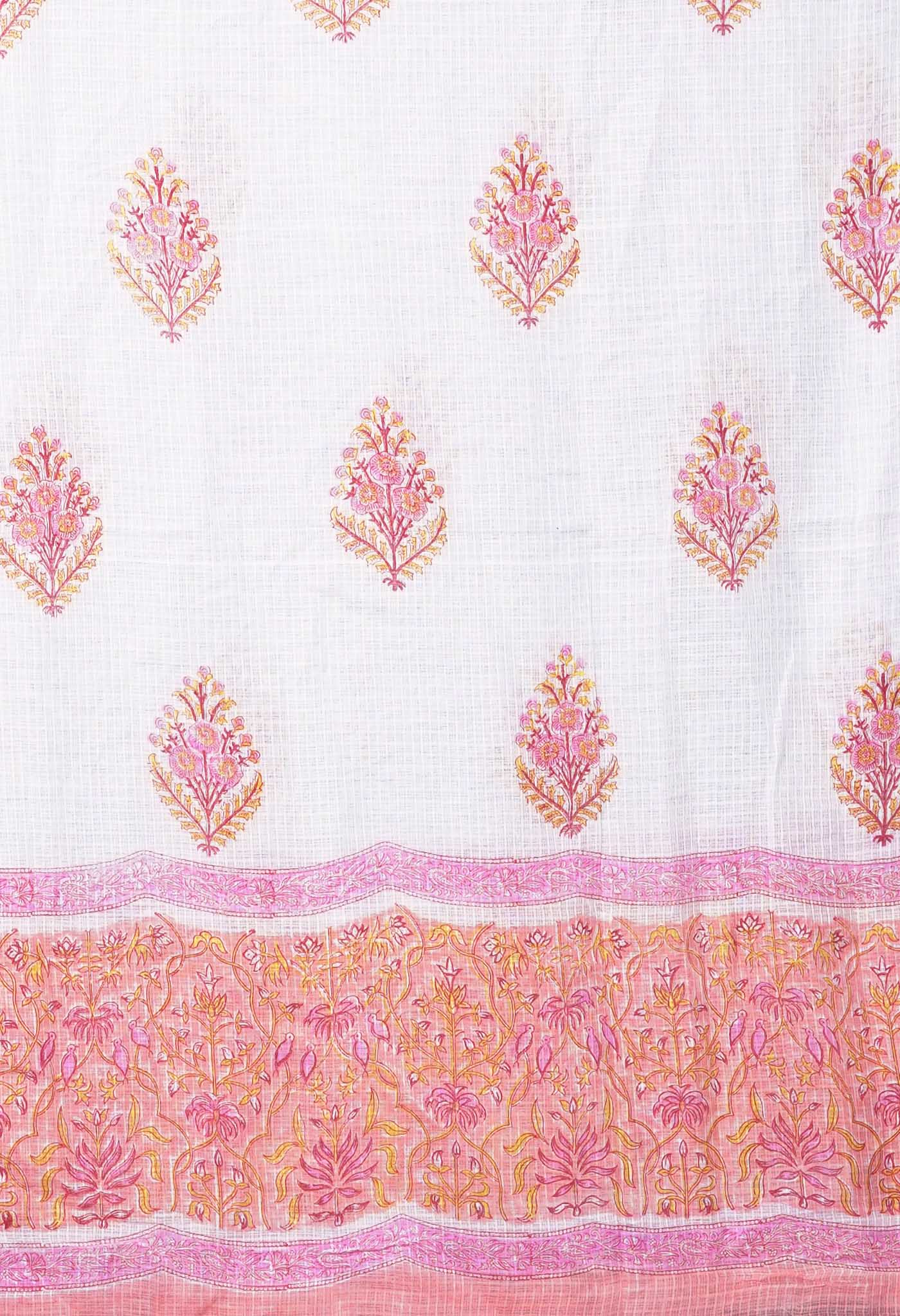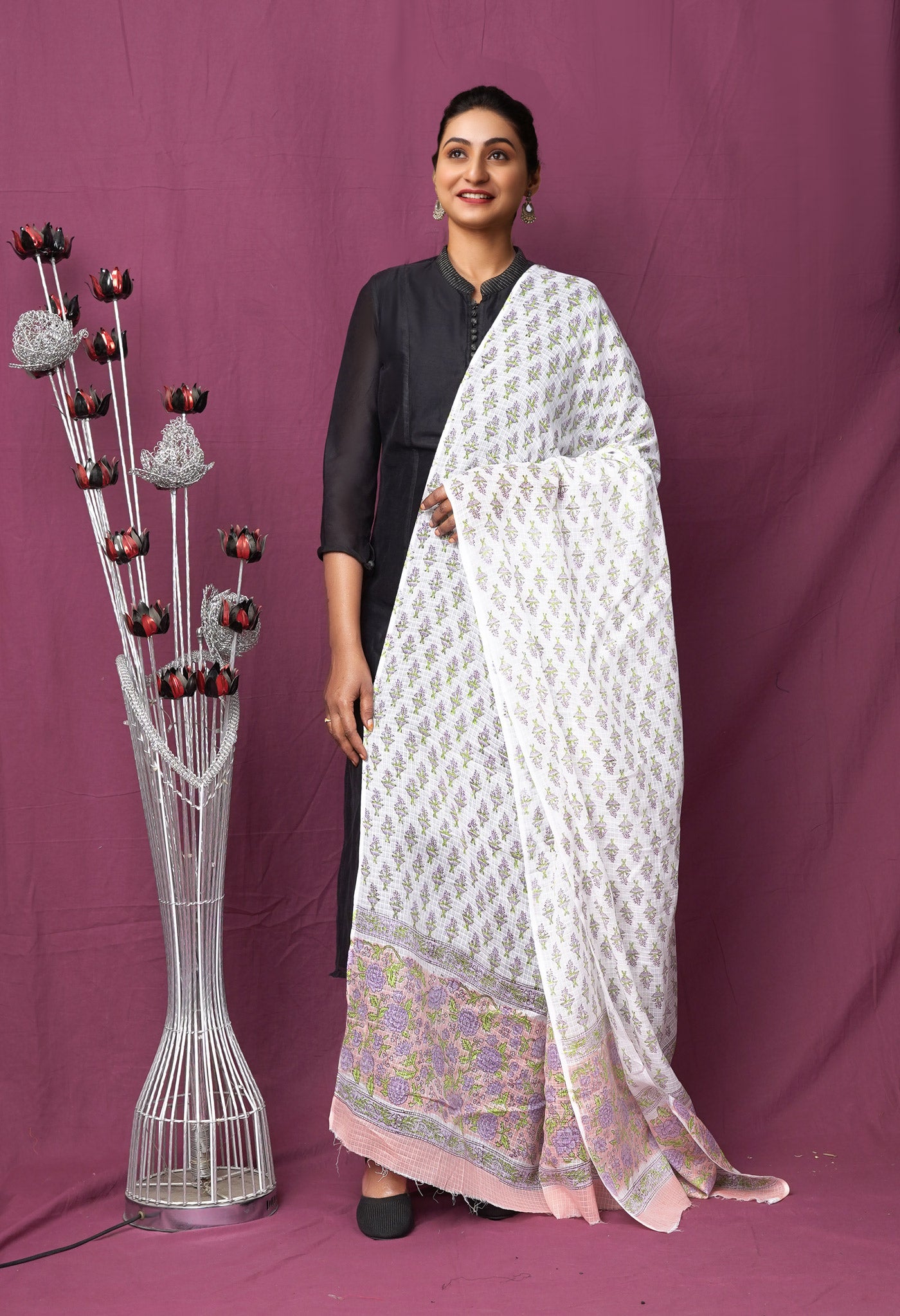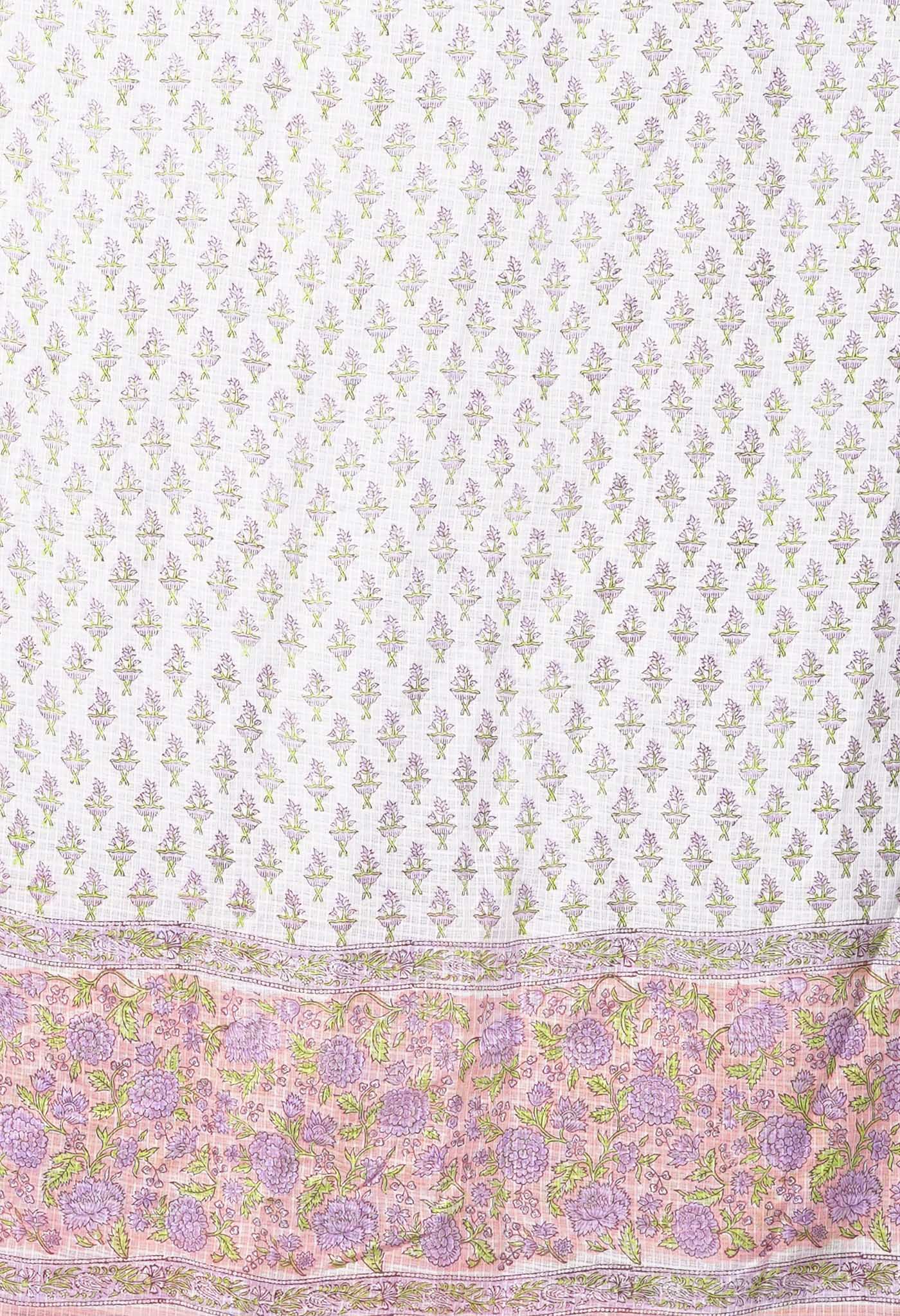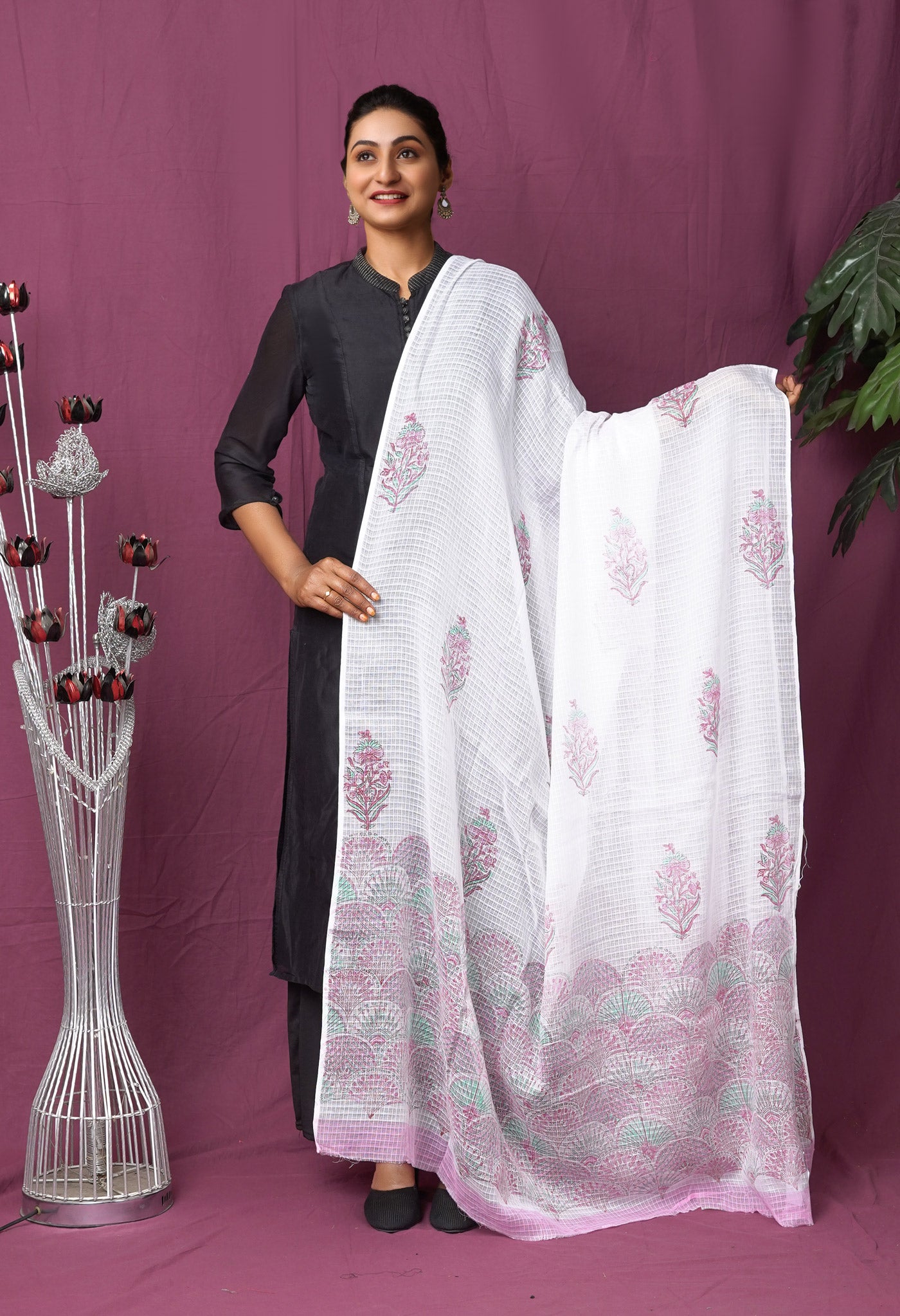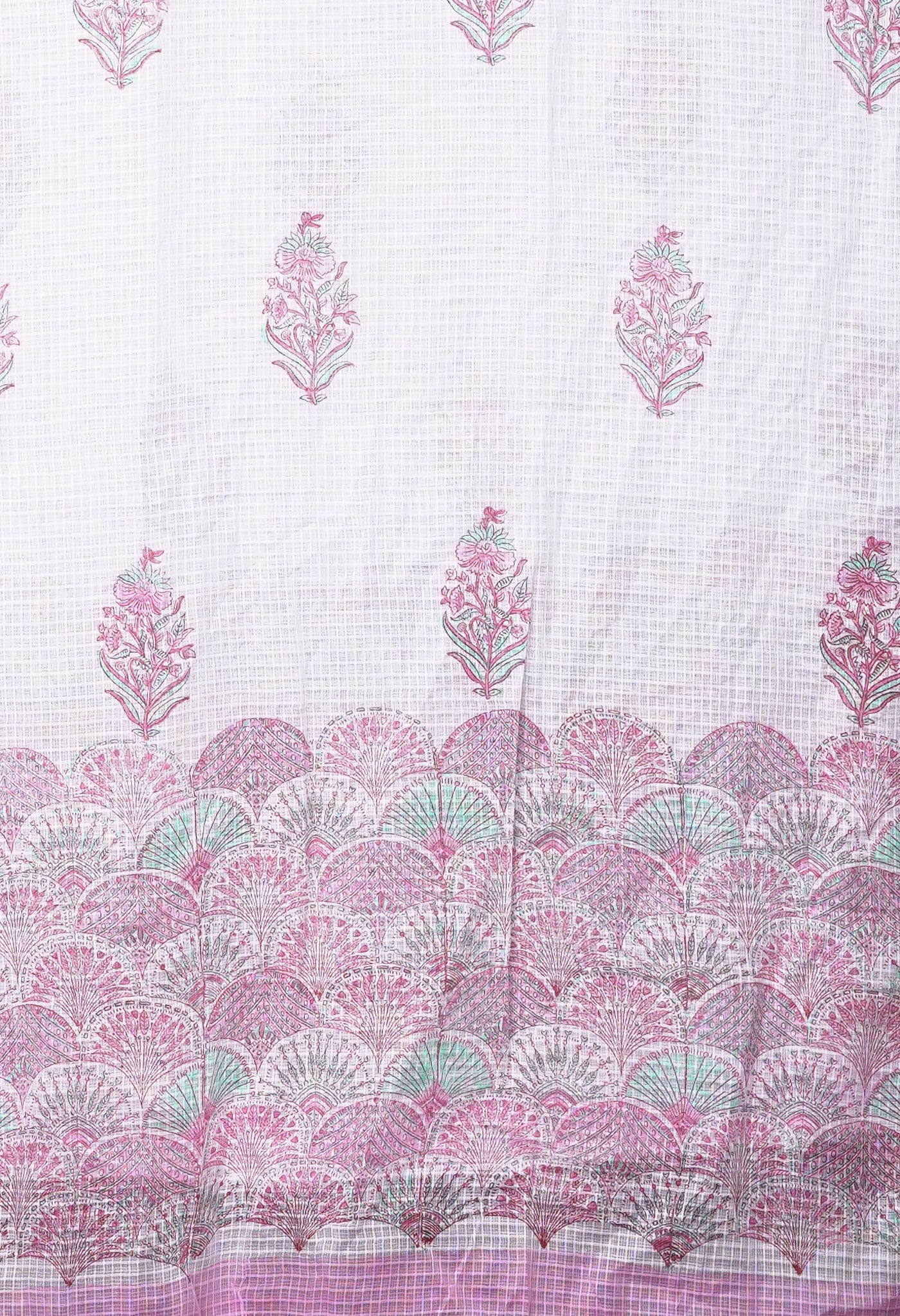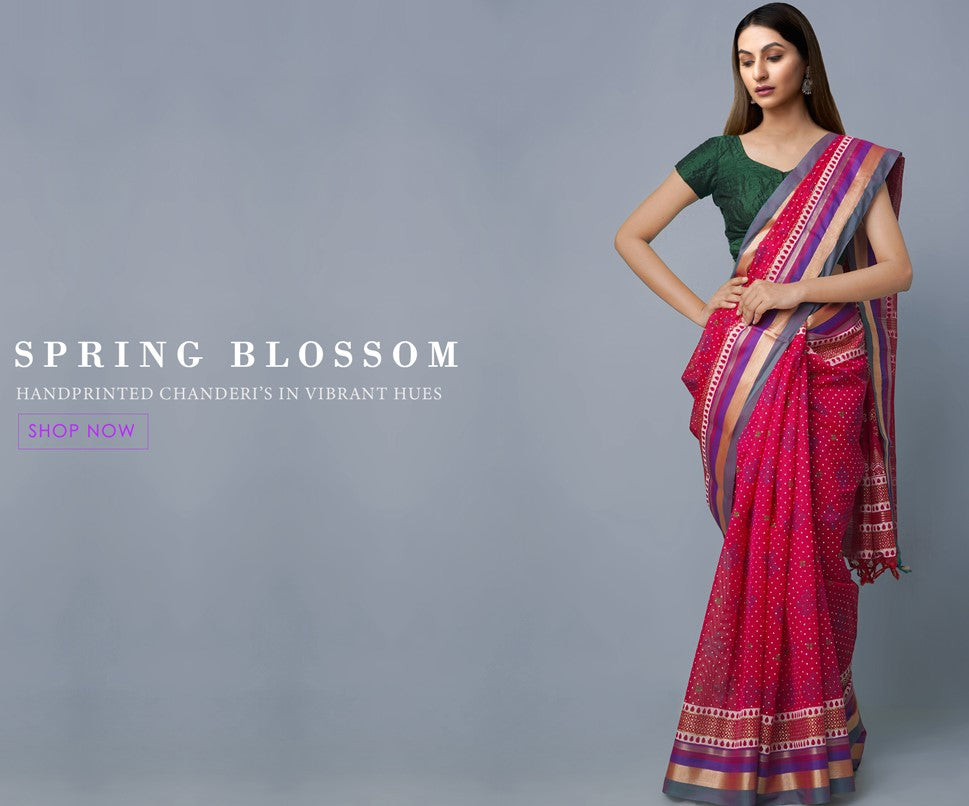
Chanderi sarees - new ranges to thrill at Unnati Silks
 Utter the word Chanderi and most Indian women around, on hearing it would love to hear more about it. Such popularity has this variety of traditional handloom saree gained since it first came a few centuries back during the Mughal rule, that it has since been the pride of fort town Chanderi in Madhya Pradesh, India where it originates from.
Utter the word Chanderi and most Indian women around, on hearing it would love to hear more about it. Such popularity has this variety of traditional handloom saree gained since it first came a few centuries back during the Mughal rule, that it has since been the pride of fort town Chanderi in Madhya Pradesh, India where it originates from.
Special, distinguishable and finely woven traditional handloom sarees made of silk and cotton, Chanderi sarees are fabrics known for their sheer quality, fine texture and marvellous work in art and design, the hand-woven variety especially which extracts a lot of patience, dedication and craftsmanship in its making.
Traditional Chanderi silk Sarees have silk as the base fabric with zari brocades and embroidery of different patterns as Zari Zardosi, Ari, Gota, Chikan, to name a few. The Chanderi saree having cotton as the base fabric would have brilliant floral designs or batik as adornment.
A weaving art since royal times, this ethnic tradition has survived the test of time. The Chanderi Fabric has been known for centuries for its transparency, the famous hand woven Bootis, a lot of zari work and its sheer texture, besides other special features that have contributed to its fame.
Stylistic designs and extraordinary threadwork are the hallmark of the Chanderi sarees that are familiar for their mostly light to moderate hues in pleasing patterns, are light weight, of pure texture, with elaborate zari border and glossy transparency, with the most attractive feature – the large bootis.
How does one therefore make out the Chanderi saree from a whole lot of sarees spread before you?
Here are a few pointers to identify Chanderi sarees.
- Chanderi silk sarees will have silk both in the warp and weft.
- The Chanderi saree is fine, delicate and sheer. In fact at one time it was compared with the Dhaka muslin.
- The texture of Chanderi is papery
- Handloom Chanderi sarees are not overly lustrous. They will have a subtle shimmer to it. If the saree is too shiny and bright, it’s not an authentic handloom piece.
- The saree drapes really well because of the appropriate balance between stiffness and softness.
So how much does one have to care for this traditional marvel?
Maintaining a Chaderi saree is simple but care has to be taken that steps are followed rigidly.
- Use a mild detergent for washing and washit in cold water.
- Never expose the Chanderi fabric to direct sunlight.
- Dry in shade, but always on the reverse side.
- Chanderi sarees should never be ironed in folds.
But for the Chanderi sarees with plenty of Bootis and other adornments which could be disfigured due to washing, it is always recommended that dry-cleaning option should be exercised.
The new lot of Chanderi Sico sarees at Unnati Silks
Chanderi sarees are old hat or very familiar for Unnati Silks, because it also happens to a favourite variety for its unique offerings and excellent workmanship. A very recent addition to the existing Chanderi collection is a successful experiment of a single fabric with different techniques of traditional printing.
The Chanderi sico with different techniques of traditional printing
-
- Batik
- Kalamkari
- Ajrakh
- Dabu printing
- Digital printing
- Block printing (an experiment in florals)
Let us explore each.
The Batik Chanderi Sico -
If one were to say that Batik is a play with colors, one need not be wrong. A wave of fresh breeze, novel and catchy, Batik prints are eye-catching for their picturesque white designs on coloured canvas. A lot of white floral art work seemingly painted on a contrastingly dark background, either on the entire portion or sections of the saree, would most probably make it a Batik printed fabric.
Batik is an art medium and methodology for creating design, usually on cloth, by applying wax to portions of the material, dyeing the fabric, then removing the wax. This gives outcomes of vibrant colors and incredible designs. A more difficult variant is the Pen Batik, a more intricately applied art with special tools that follows the same principles of using wax resist and dyeing, but is more painstaking and with exquisite outcomes.
[penci_button link="https://www.unnatisilks.com/chanderi-sarees.html" icon="fa fa-address-book" icon_position="right" radius="2px" align="center" size="small" text_color="#fff" background="#600028" text_hover_color="#fff" hover_bgcolor="#a73e00" target="_blank"]Shop Now[/penci_button]
The highlights of this range are:
- There are colorful motifs even and uniformly distributed on the body or field
- The batik is focused on appearing on the pallu
- There is a narrow golden zari border running across the length
- Colors chosen for the base of the pallu are mainly black, shades of red, navy blue - colors that offer brilliant contrast to the batik colors used
The Kalamkari Chanderi Sico -
Kalamkari or Qalamkari is an exquisite ancient craft of painted and printed fabrics that includes both hand painting as well as block printing with vegetable dyes. Kalamkari originated in Andhra Pradesh from two different sources, but both being practised in their individualistic and distinctive styles.
Distinctive features of the Kalamkari are :
Simplicity, yet richness in colors, no shading
Round Faces, Long and Big Eyes, Stout Characters
Use of curvy motifs for decoration
Dominance of colors like Green, Red, Black, Yellow and Blue
[penci_button link="https://www.unnatisilks.com/chanderi-sarees/kalamkari_patch_work_design_sarees.html" icon="fa fa-address-book" icon_position="right" radius="2px" align="center" size="small" text_color="#fff" background="#600028" text_hover_color="#fff" hover_bgcolor="#a73e00" target="_blank"]Shop Now[/penci_button]
The highlights of this range are:
- Kalamkari can be restricted to boundaries with difficulty especially if it is a floral theme that spreads from tip to tip
- It is the pallu that is the eye-catcher. Large peacocks nestled within huge designer circles and surrounded by floral kalamkari again
- There are also areas of block printing that beautifully match the kalamkari setting
The Ajrakh Chanderi Sico -
One of the most ancient in the traditional art of printing on fabrics, Ajrak prints are a distinguishable form of wood block printing that seems to find its roots or influences in the Indus Valley Civilization.
Ajrak or Ajrakh is from the Persian word Azrak meaning indigo or blue. A tradition of coloring clothes that prospered, Ajrakh sarees has its origin on the banks of the river Indus, the Ajrak effort is a ‘celebration of Nature’. Blue and red are the pre-dominant colors with other substances found in Nature also contributing to colors like yellow, black, brown, so you get more variety. That is what the Ajrakh saree is all about, a traditional offshoot of Ajrakh fabrics that has now become part of a fashion trend that has generated tremendous interest because of the exotic prints in fast natural colors that are brought out.
 The highlights of this range are:
The highlights of this range are:
- It is a lovely combo of contrasts that highlight the range devoted to the Ajrakh Chanderi sico
- You have lovely block printing on the body or field like fireworks exploding in the sky in circular designs
- The pallu contrasts to mellow flower bed like designs. While there are deep and vibrant shades on the body, the pallu has mellow colors that soften the mood slightly. A brilliant idea indeed!
- There is color contrast between the field and the border in these sarees
The Dabu printed Chanderi Sico
Ever heard of working in mud to get beautiful designs on cloth? Well the Dabu Printing does exactly that. An extraordinary traditional art practiced in certain pockets of Rajasthan, Gujarat and Madhya Pradesh that has left modern fashion pundits dumbstruck.
Dabu Printing is an age old ethnic tradition that has stood the test of time as a unique way of dyeing and printing. Practised mostly in Rajasthan, it has churned out extraordinary fabrics of brilliant colours and mind-blowing designs that have left modern pundits dumbstruck.
Black clay from nearby ponds mixed in wheat powder eaten by wheat insects, gum Arabic for adhesion and lime water to prevent cracking of clay at the printed portion are the main ingredients that form a paste known as “Dabu Paste’. This paste acts as a resist and when smeared over selected areas on the fabric skillfully, before coloring the fabric, the smeared portions do not get colored. After several washes, the printed fabric assumes the intended design in vibrant hues.
 The highlights of this range are:
The highlights of this range are:
- It is a lovely series highlighting the wonders of the indigo color
- You have wonderful change in designs on the body, the pallu and the border of these sarees. The common theme is the color indigo
- A theme very well executed in these sarees that it will have you dumbstruck in awe
The Digital Chanderi Sico
Digital prints are one of the latest in enhancements for the new fashion statement. Using a brilliant combination of computer software techniques and print technology, exquisite geometrical shapes, images of animals, birds, nature and other themes and also abstract designs in a wide range of colours provide a panoramic view on all nature of fabrics.
Different trends are followed in designing since women of all age groups like digital images on fabrics. Digital printing is stunning and appealing for its fresh-look incorporations. Trendy digital prints are currently the hottest in fashion among women. It has become stylish and convenient to wear digital printed dresses. Digital prints are available on fabrics of mercerized cotton, silk, sico and other fabrics like georgette, chiffon, polyester, crepe silk, and others.
 The highlights of this range are:
The highlights of this range are:
- A treat in floral prints, smooth and shiny and well spread out
- Golden zari borders, broad and shiny are a huge attraction
- A brilliant experiment in colors and contrasts especially between border and field
- Though border and pallu base color are the same, contrast between the two is brought about by floral prints in varied colors on the pallu
- Floral prints on the body contrast geometrical prints on the pallu
- There is another range of sarees with florals on the pallu while there are designs in self color on the field
Block printed Chanderi Sico
Block Printed Fabrics are nothing new, having been around for quite some time now. The extent to which block printing has been developed and exploited with a whole lot of extraordinary variety and range in fabrics by the more enterprising, bears testimony to the tremendous possibilities offered by this extraordinary method of traditional block printing that continues till date successfully.
Block Printing on sarees and other fabrics is a process by which designs are made on the fabric by printing on them with the help of a block with handles or grips made for that purpose.
Block printing or hand block printing is popular on account of a number of contributing factors.
It has simplicity and ease of execution.
There is the sharpness, accuracy and fine detailing of prints made on the fabrics.
The huge possibilities of match and mix of different block designs in various colors on the same fabric, as in large canvas fabrics like the saree and salwar kameez is stupendous. A large number of wooden blocks are always kept in readiness for use based on the intended patterns and designs.
 The highlights of this range are:
The highlights of this range are:
- A tryst with pastels in blue, green, violet, pink etc.
- A healthy mix of floral and geometric designs
- These are experiments in floral artistry
- The outcomes are so good that tried out with different blouse formats and designs, you would get astounding combinations
So you see a wide range of fabrics created from a single fabric, the Chanderi Sico and got traditional printing techniques to create mesmerizing images and visual treats in colors and combinations on it. Explore all you will, indulge in offerings that appeal, and be a fashion diva with your own following



